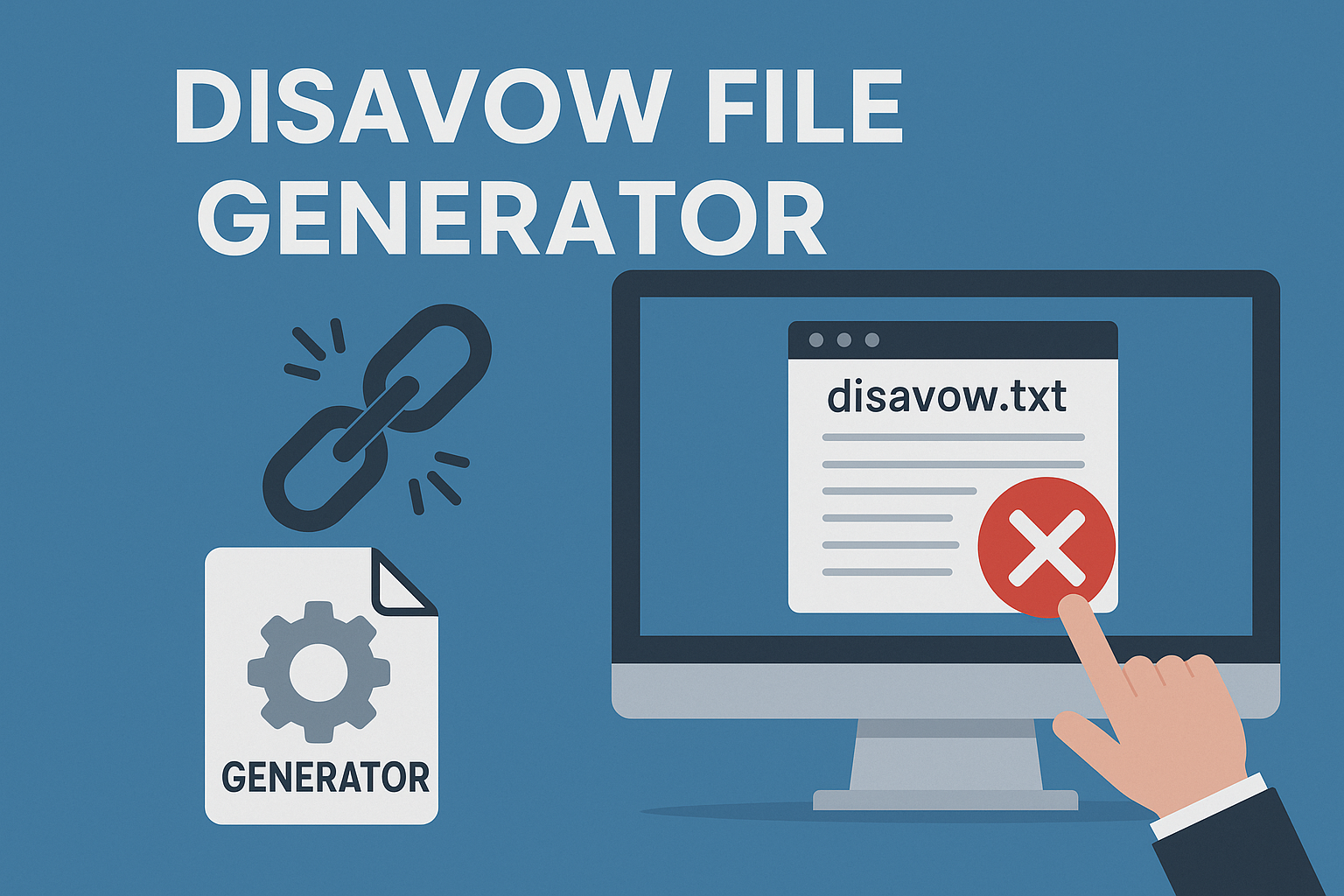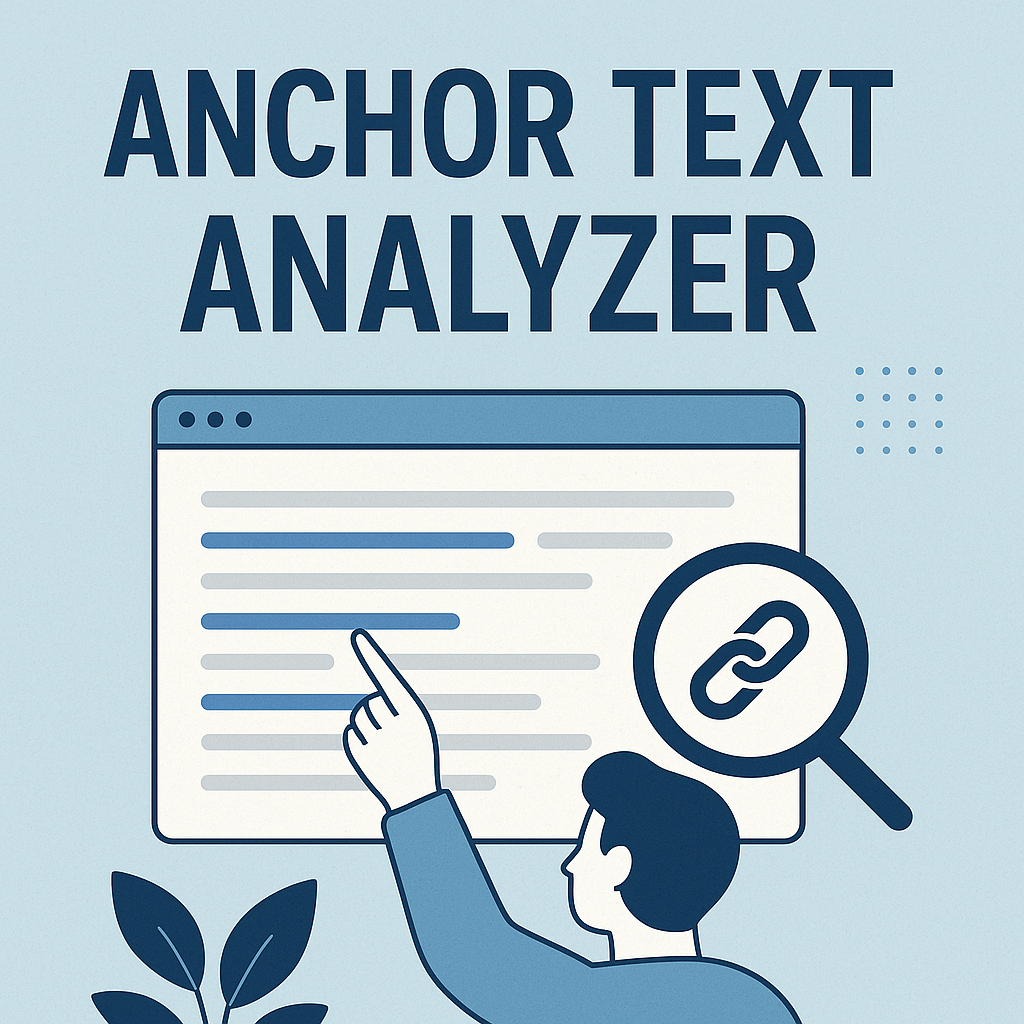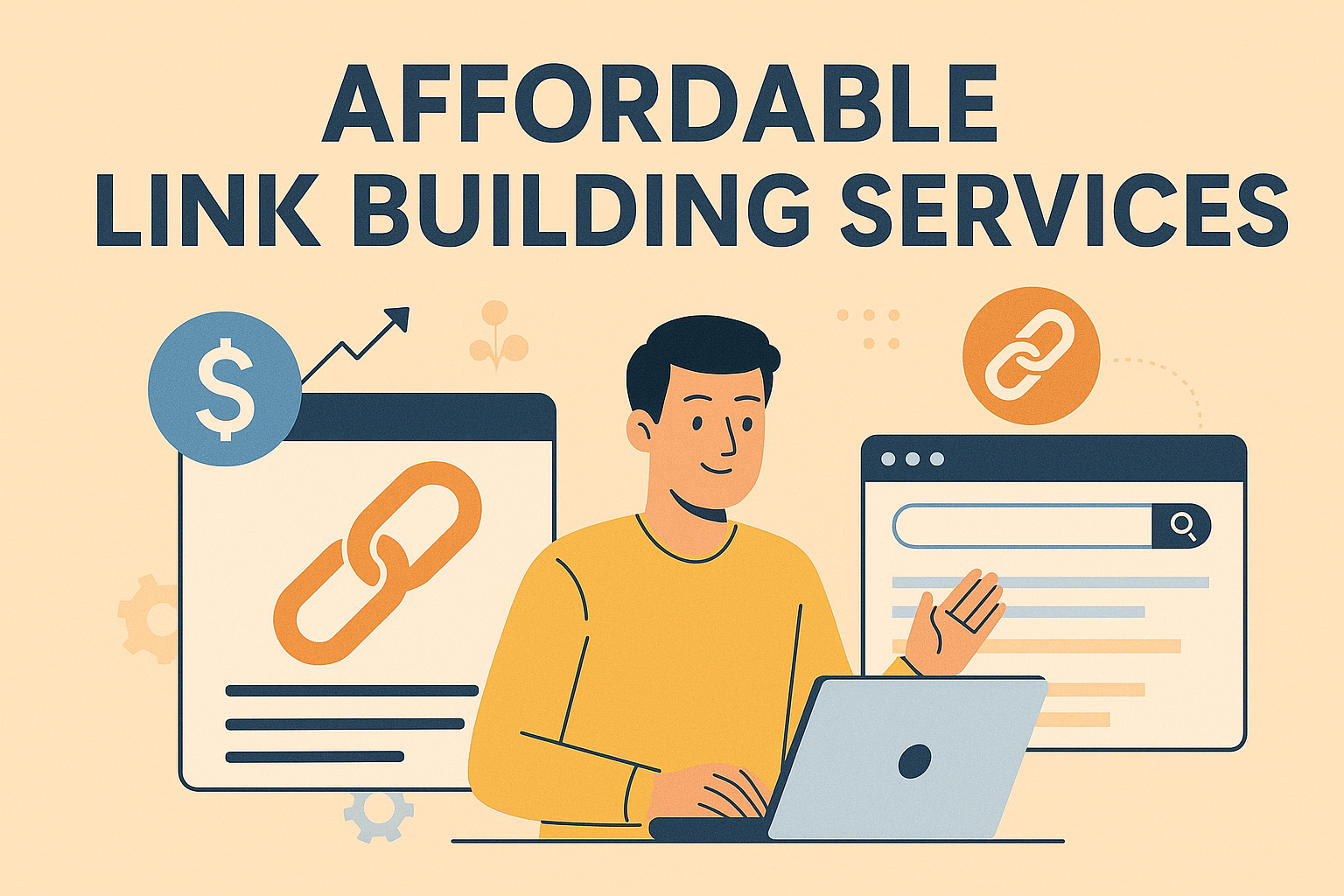Building a thriving online store requires smart strategies to stand out. Many business owners wonder whether to focus on organic growth through search optimization or invest in paid advertising. The truth? Top-performing brands don’t choose between these tools—they combine them.
Organic search efforts help stores climb rankings gradually, making products visible to shoppers browsing Google or Bing. Paid campaigns deliver immediate results by placing items at the top of search pages. While one method builds lasting authority, the other captures urgent buyers ready to purchase.
Relying solely on free traffic often means missing quick wins, while depending only on ads risks budget waste when campaigns pause. Together, they create a steady stream of visitors—some discovering your brand naturally, others clicking targeted ads. This dual approach also strengthens credibility: appearing in both organic and paid listings signals trustworthiness to potential customers.
Budget concerns sometimes fuel the “either/or” debate, but integrated strategies maximize every dollar. Long-term organic growth reduces reliance on paid spending over time, while ad data reveals high-performing keywords to boost SEO efforts. It’s not about doubling costs—it’s about working smarter.
Key Takeaways
- Combining organic and paid strategies creates balanced growth
- Search optimization builds lasting visibility; ads deliver quick traffic
- Both methods reinforce brand credibility in search results
- Shared data between approaches improves overall performance
- Integrated plans often provide better ROI than single solutions
Introduction to Ecommerce Marketing with SEO and PPC
Navigating today’s crowded online marketplace demands more than flashy promotions. Customers now research products across multiple platforms before buying—from search engines to social networks. This shift requires brands to meet shoppers wherever they explore.
Understanding the Digital Landscape
Modern shoppers compare prices on Amazon while reading Instagram reviews. They watch YouTube tutorials before checking Google for coupon codes. This multi-channel journey creates opportunities for brands appearing in various spaces.
Search platforms remain central to product discovery. Over 50% of shoppers start their hunt on engines like Google. Social networks influence 37% of purchases through peer recommendations. Online marketplaces account for nearly half of global retail sales.
Why a Combined Approach Matters
Focusing solely on organic growth leaves money on the table during peak seasons. Relying only on ads risks vanishing when budgets tighten. Together, these methods form a safety net—capturing urgent buyers while nurturing future customers.
Paid campaigns reveal which keywords convert best. This data then strengthens organic content. Meanwhile, strong search rankings make ads more credible. “Brands using both tactics see 25% higher conversion rates than those picking one,” notes a recent marketing report.
Balanced strategies adapt to changing trends. They let businesses test new markets through ads before committing to long-term optimization. This dual focus builds momentum—quick wins fuel sustained growth.
The Role of SEO in E-Commerce Success
The foundation of any thriving digital store lies in its ability to appear where shoppers are looking. Strategic search optimization transforms product pages into discoverable destinations, turning casual browsers into loyal customers.
Core Elements of Effective SEO
Successful campaigns start with deep keyword analysis. Tools like Ahrefs and Google Search Console uncover terms shoppers actually use—not just product names. Think “affordable wireless headphones” instead of “headphones model X.”
Site architecture matters as much as keywords. Clear categories help visitors and search bots navigate effortlessly. Optimized product pages need compelling titles, descriptive meta tags, and headers that answer user questions.
Internal linking acts like a roadmap, guiding users to related items while spreading ranking power. Adding schema markup takes it further, enabling rich snippets that make listings pop in results. These technical touches separate average stores from search superstars. For businesses exploring digital marketing, it’s helpful to understand where SEO services are most essential to drive visibility and growth.
Long-Term Organic Traffic Benefits
Once rankings stabilize, traffic flows without ongoing ad spend. Top positions build trust—73% of users click first-page results. This credibility compounds over time, turning one-time buyers into repeat customers.
Seasonal spikes become manageable as organic visibility cushions budget fluctuations. Best part? Insights from search data refine product development and content creation. It’s growth that feeds itself.
The Power of PPC for Instant Traffic
In the fast-paced world of online shopping, speed matters as much as strategy. Paid search campaigns act like turbo boosters for visibility, placing products directly in front of ready-to-buy shoppers. Platforms like Google Ads and Facebook Ads let businesses launch targeted promotions within hours—not weeks.
Understanding which niches yield the best ROI is key—learn more in our breakdown of the most SEO-receptive business types.
How PPC Campaigns Deliver Quick Results
Imagine showcasing running shoes to marathon trainers searching for “best trail footwear.” That’s the precision of paid search. Google Shopping campaigns take it further, displaying prices and ratings beneath product images. One click sends shoppers straight to checkout pages, skipping lengthy browsing.
Marketers love the real-time adjustments. “You can pause underperforming ads at lunch and launch winners by dinner,” notes a retail media buyer. This agility helps capitalize on trends—like promoting umbrellas during sudden storms.
Targeting and Budget Flexibility
Paid platforms offer laser-focused audience selection. Target by location, device type, or even past purchase behavior. Set daily spending caps to prevent overspending, or allocate more funds to high-converting keywords.
Flexible budgeting pairs with measurable outcomes. Each click costs only when users engage, making ROI calculations straightforward. Test different messages risk-free—small budgets can reveal what resonates before scaling up.
Do Ecommerce Sites Need SEO and PPC?
Deciding between gradual growth and instant visibility? Smart brands use both approaches to cover all bases. Organic search efforts build lasting authority, while paid campaigns capture shoppers actively hunting for products. Together, they create a balanced marketing mix that adapts to changing needs. This guide offers valuable insight into which business types benefit most from SEO services, helping you prioritize high-conversion prospects.
Comparing SEO and PPC Strategies
Organic optimization works like a marathon runner—steady progress over months. Paid ads resemble sprinters, delivering immediate clicks. One strengthens your brand’s foundation; the other fuels quick wins.
| SEO | PPC | |
|---|---|---|
| Speed | 3-6+ months | Instant |
| Cost | Lower over time | Pay-per-click |
| Results | Sustained traffic | Targeted campaigns |
New product launches often benefit from paid promotions to generate buzz. Established brands lean on organic rankings to maintain visibility. Seasonal sales? Combine both—use ads for urgency and optimized content for year-round relevance.
-
For businesses aiming to maximize their return on ad spend, investing in expert SEM audit services can uncover critical improvements in keyword targeting and budget allocation.
Integrating Both for Optimal Growth
Data sharing between methods creates smarter campaigns. High-performing paid keywords become organic targets. Strong search rankings boost ad credibility, lowering costs per click. “Our conversion rates jumped 40% after aligning both strategies,” shares a home goods retailer.
Start with paid campaigns to test markets, then shift focus to long-term optimization. Allocate 70% of budgets to proven tactics and 30% to experiments. This balance supports scaling while minimizing risks—a recipe for lasting success.
Strategies to Combine SEO and PPC for Maximum Impact
Merging organic and paid tactics creates a marketing powerhouse that outperforms standalone efforts. Think of these strategies as puzzle pieces—separately useful, but transformative when connected.
Leveraging Keyword Data from PPC
Paid campaigns serve as real-time laboratories. High-converting terms from ads become priority targets for search optimization. One fashion retailer discovered “vegan leather handbags” generated 3x more sales through ads—then optimized product pages to rank organically for that phrase.
A/B tested ad copy reveals what resonates. Winning headlines often make excellent meta descriptions. Image preferences from shopping ads can guide photo selections for organic listings.
Using Remarketing to Capture Lost Opportunities
Visitors who browse products via search results but leave? Retarget them with tailored ads. This 1-2 punch converts window-shoppers into buyers:
- Show abandoned cart items in display ads
- Offer exclusive discounts to organic visitors
- Highlight recently viewed products
Seasonal surges become smoother with coordinated efforts. Optimized content keeps products visible year-round, while paid promotions spike visibility during holidays. “Our Black Friday sales doubled when we paired SEO-optimized gift guides with targeted ads,” shares a kitchenware merchant.
Alignment matters most. Ensure landing pages match ad promises, and product descriptions echo both paid and organic messaging. This unified approach builds trust while maximizing every marketing dollar.
Benefits and Drawbacks of SEO and PPC in E-Commerce
Balancing immediate wins with lasting growth defines modern digital strategy. While organic efforts build authority over time, paid promotions deliver quick visibility. Together, they form a resilient framework for sustainable success.
Advantages of a Dual Approach
Combining search optimization with paid campaigns creates multiple traffic streams. Organic methods excel in cost-efficiency—no fees per click—while steadily improving rankings. Paid ads offer precision targeting, placing products before ready buyers instantly.
Brands enjoy compounded credibility when appearing in both paid and organic results. One study found retailers using both methods saw 30% higher customer retention. Shared data between strategies also sharpens keyword selection, boosting conversion rates across channels.
Long-term organic traffic reduces reliance on paid budgets. Meanwhile, ad insights reveal emerging trends faster than analytics tools. This synergy helps businesses adapt quickly while maintaining visibility.
Challenges to Monitor and Overcome
Time remains the biggest hurdle for search optimization. Achieving top rankings often takes 6+ months of consistent effort. Paid campaigns face rising costs in competitive niches—some keywords exceed $50 per click.
Ad blockers affect 27% of U.S. users, shrinking potential reach. Fraudulent clicks also drain budgets without real results. “We audit campaigns weekly to filter invalid activity,” shares a digital marketing director.
Resource allocation requires careful planning. Split budgets based on business goals—70% toward proven tactics, 30% for testing. Regular performance reviews ensure both strategies stay aligned with market shifts.
Tactical Considerations for SEO & PPC Campaigns
Mastering digital visibility requires precision in both planning and execution. Balancing short-term wins with sustainable growth means aligning budgets, metrics, and tools—without letting either strategy cannibalize the other.
Smart Budget Allocation Strategies
Allocate 30% of marketing budgets to paid campaigns for immediate traffic. Reserve 70% for long-term search optimization efforts like content creation and technical improvements. Daily spending caps prevent overspending on ads, while quarterly SEO investments build compounding returns.
Track paid efforts using cost-per-click (CPC) and return on ad spend (ROAS). For organic growth, monitor keyword rankings and conversion rates weekly. Tools like Ahrefs reveal ranking progress, while Google Analytics shows how traffic sources influence sales.
Platform dashboards simplify performance comparisons. A retailer might discover their “organic traffic converts 20% better than paid visitors”—insights that refine budget splits. “Weekly audits help us shift funds to high-performing campaigns,” shares a digital strategist.
Essential Metrics & Monitoring Tools
Prioritize these metrics for unified campaigns:
- Paid: Click-through rates, quality scores
- Organic: Page authority, bounce rates
- Shared: Customer lifetime value
Google Search Console flags technical issues harming rankings. Simultaneously, paid platforms like Microsoft Advertising highlight underperforming keywords. Centralized reports in Looker Studio merge data streams, showing how strategies interact.
Adapting to Changes in Search and Marketing Trends
The digital marketing arena evolves faster than ever, demanding agile strategies. New technologies reshape how shoppers discover products, requiring brands to stay ahead through continuous adaptation.
Impact of AI Overviews on Traditional Tactics
Google’s AI Overviews now display answers directly on results pages. This reduces website clicks but increases competition for visibility. Pages ranking well still face traffic drops if their content appears in AI summaries.
Focus on creating detailed product guides with specs and FAQs. Structured data helps secure featured snippets—prime real estate in AI-driven results. Paid campaigns become crucial to maintain visibility when organic reach declines.
| Traditional Search | AI-Driven Search |
|---|---|
| Directs users to websites | Answers queries on results page |
| Relies on meta descriptions | Prefers bulleted summaries |
| Values backlink quantity | Prioritizes content depth |
Optimizing for Mobile, Voice, and Emerging Tactics
Voice searches demand natural language optimization. Target phrases like “Where can I buy…” instead of generic terms. Mobile-first indexing means slow sites lose rankings instantly.
Tools like Google’s PageSpeed Insights identify performance gaps. “Shoppers abandon pages loading slower than 3 seconds,” warns a recent usability study. Pair technical fixes with visual search optimization—high-quality images with descriptive alt text attract image-based queries.
Conclusion
Creating a successful online presence requires blending gradual growth with instant visibility. While organic methods build lasting authority, paid campaigns capture shoppers actively hunting for solutions. Together, they form a resilient strategy that drives consistent traffic and conversions.
Focusing solely on one approach leaves gaps in your marketing plan. Search optimization strengthens product visibility over time, turning casual browsers into loyal customers. Paid ads fill the pipeline with ready buyers, especially during seasonal peaks or new launches.
The smartest businesses use data from both strategies to refine their efforts. High-performing paid keywords inform organic content updates, while strong search rankings boost ad credibility. This synergy creates a cycle where every marketing dollar works harder—building brand trust while accelerating results.
Balancing these tactics isn’t about choosing sides. It’s about crafting a unified plan where immediate wins fuel long-term success. Start small, test often, and let the data guide your way forward.

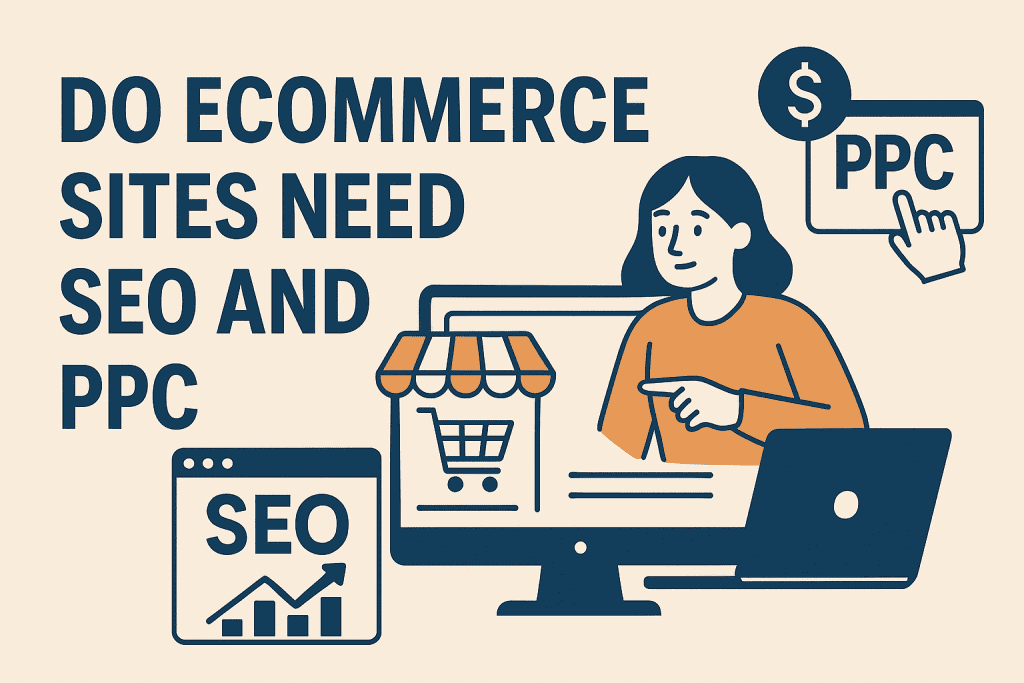
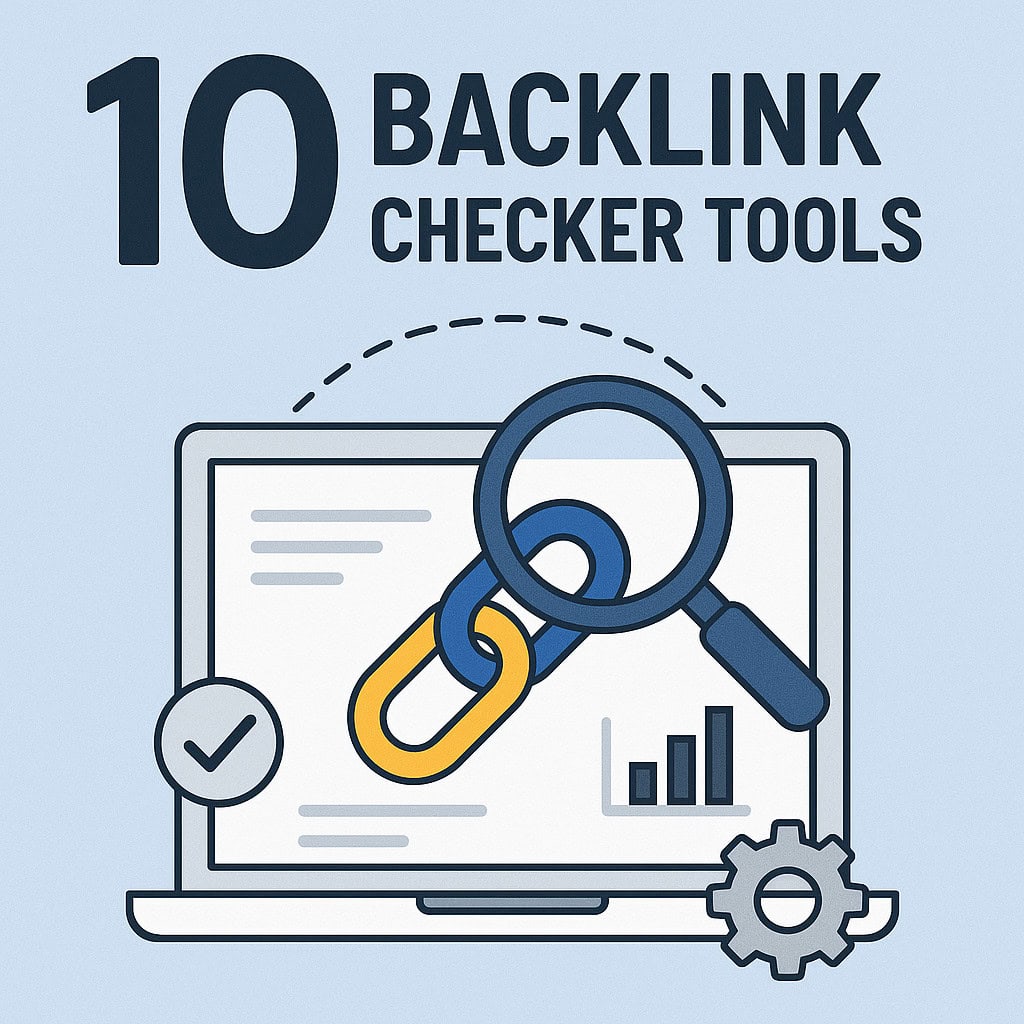
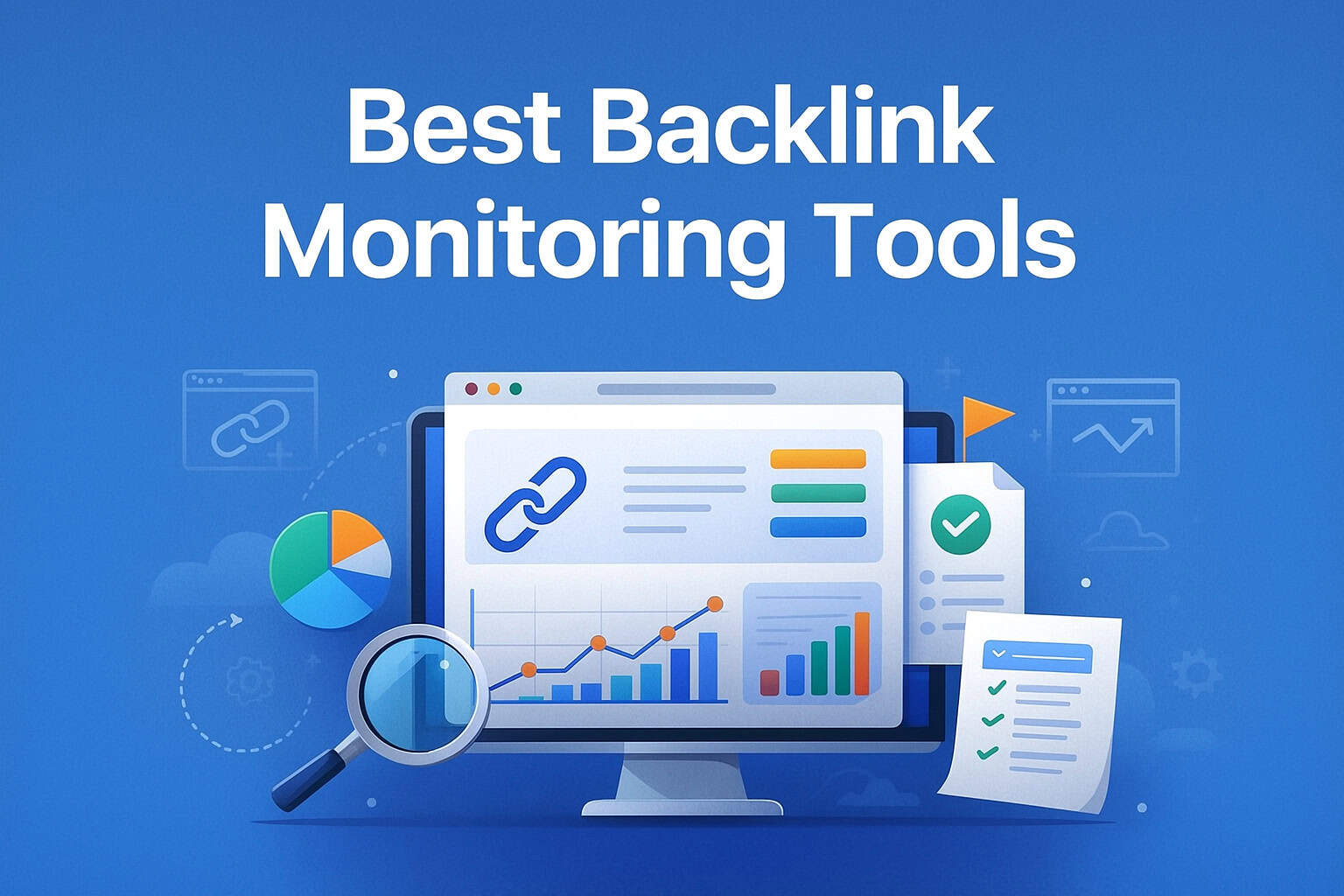
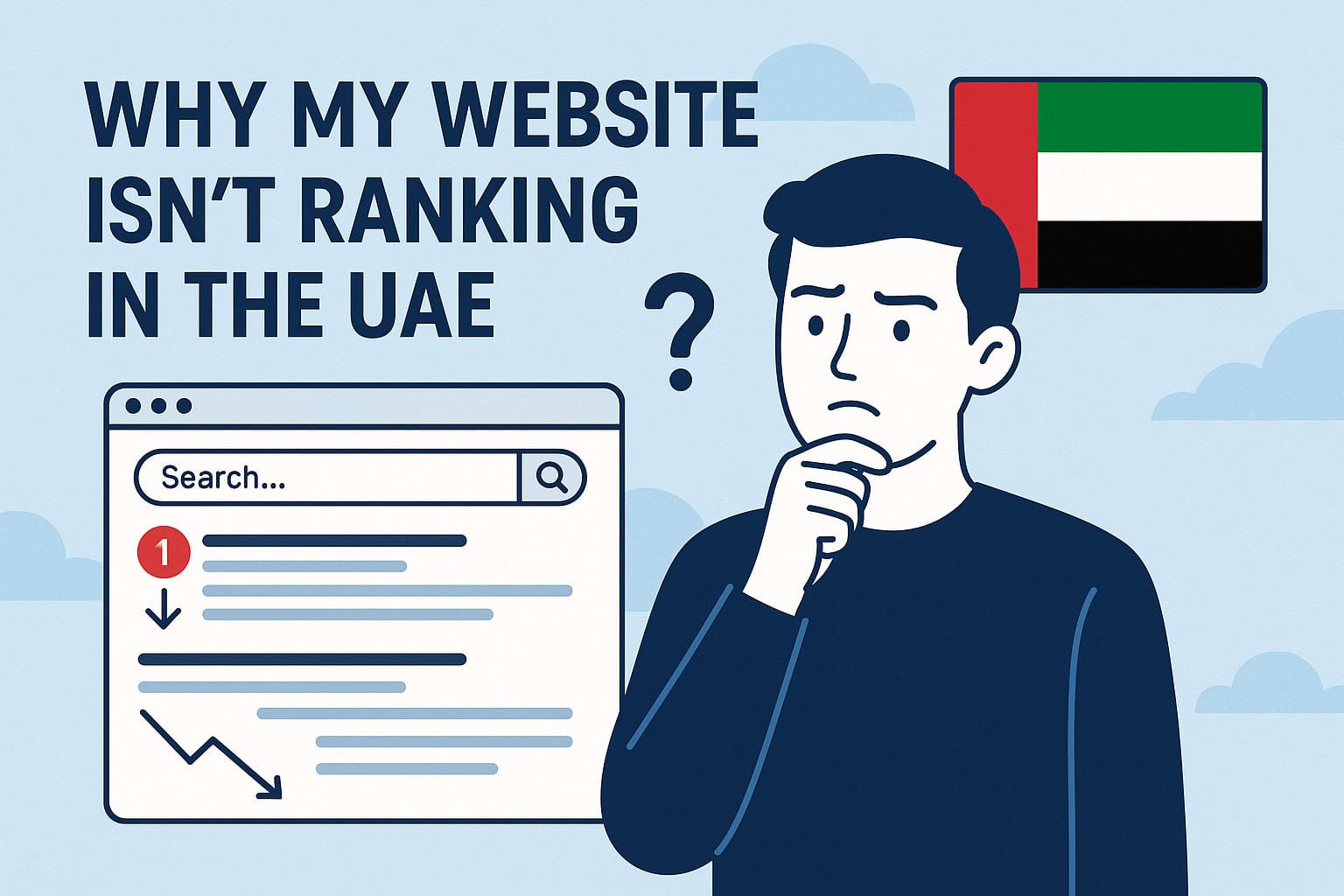
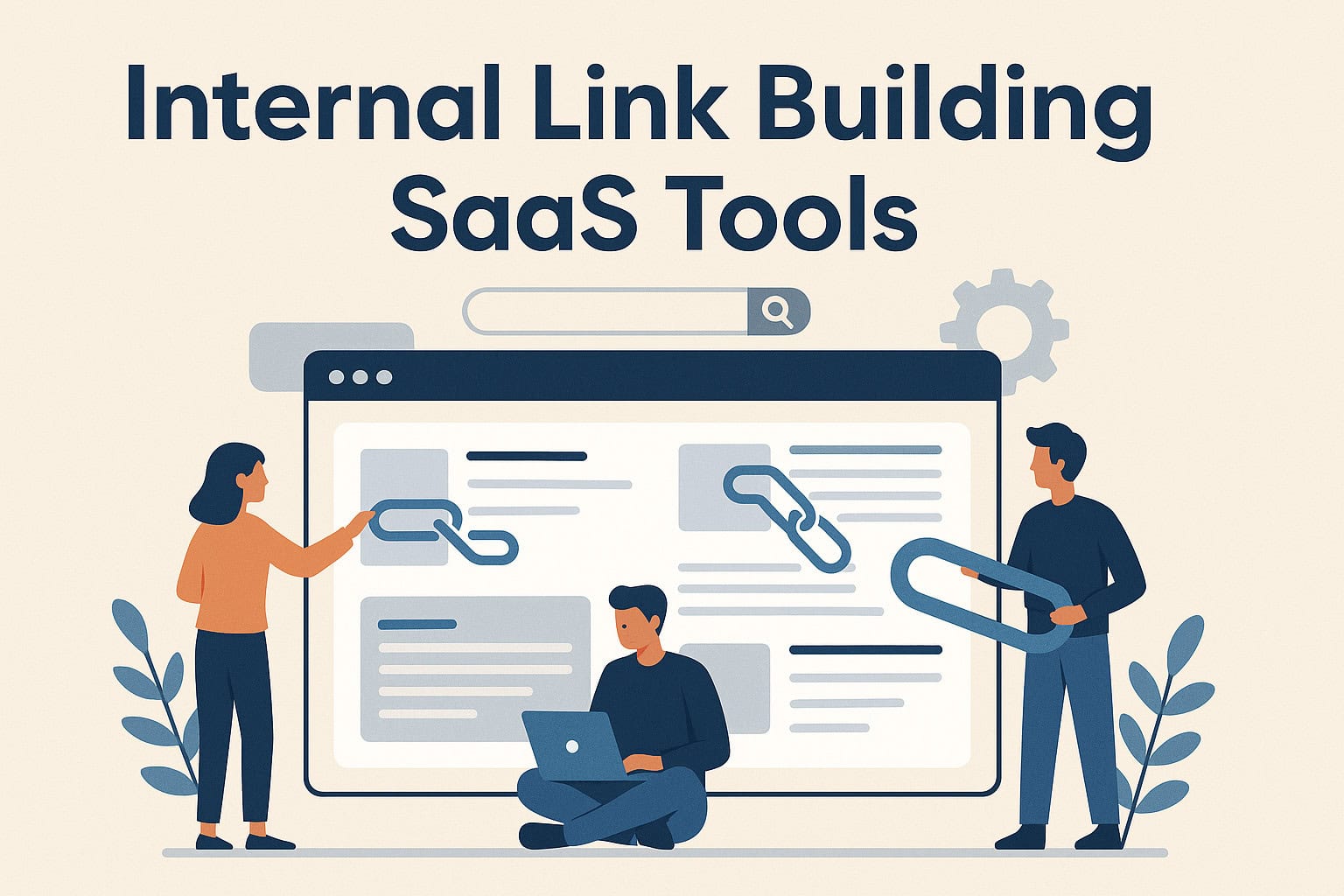
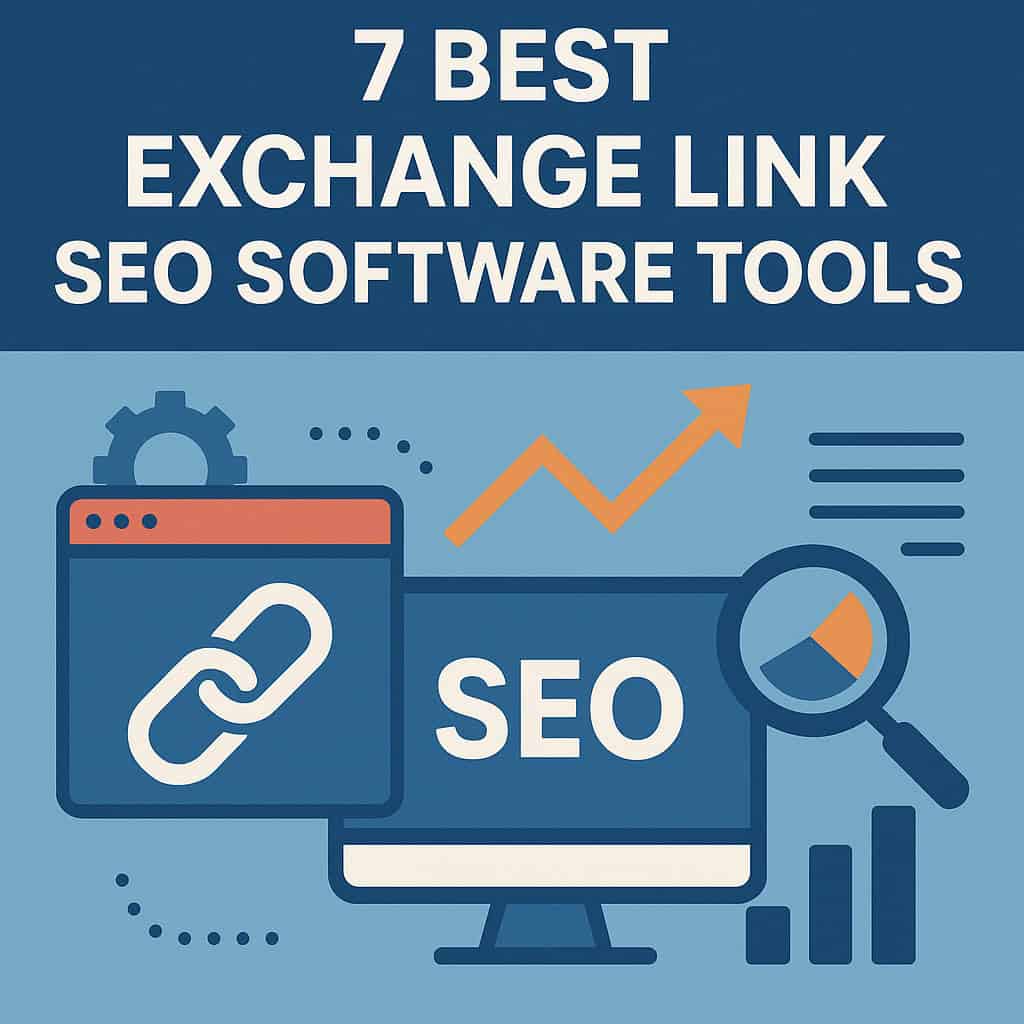
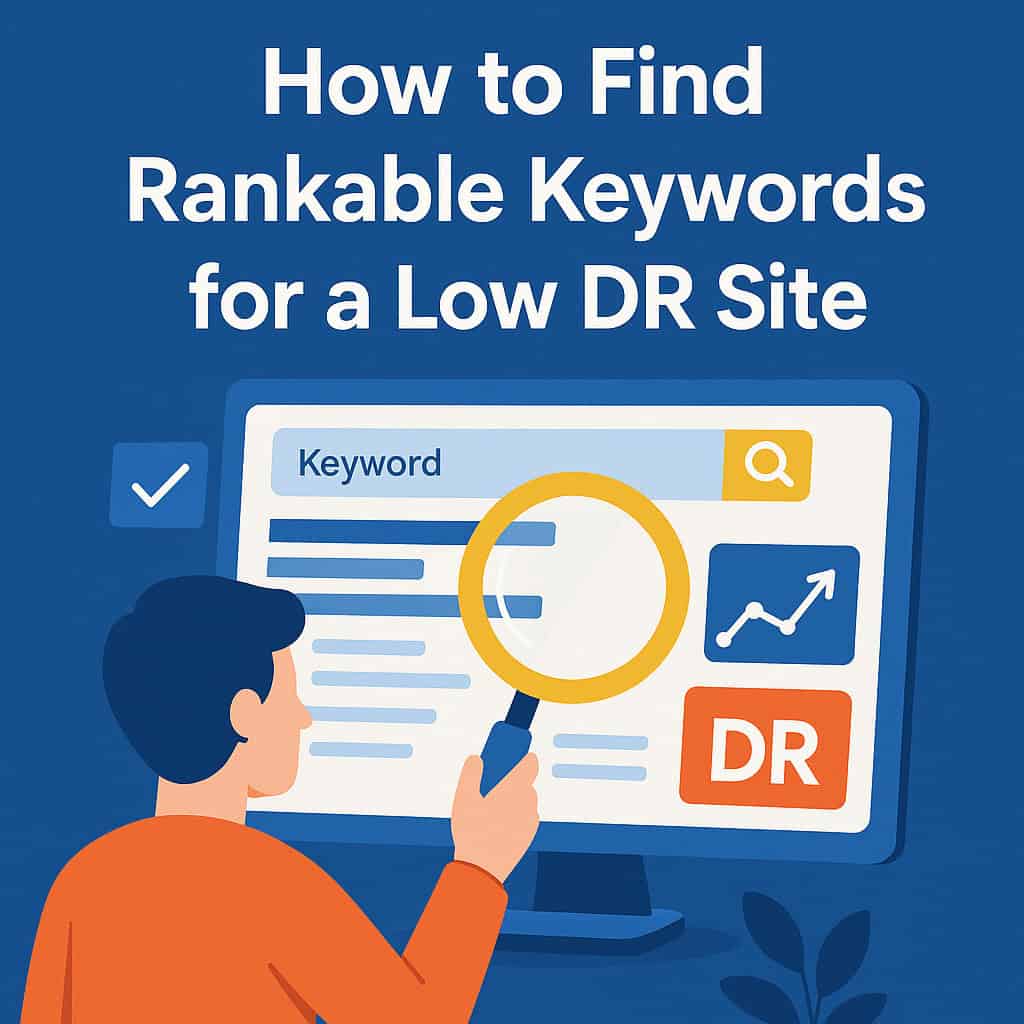
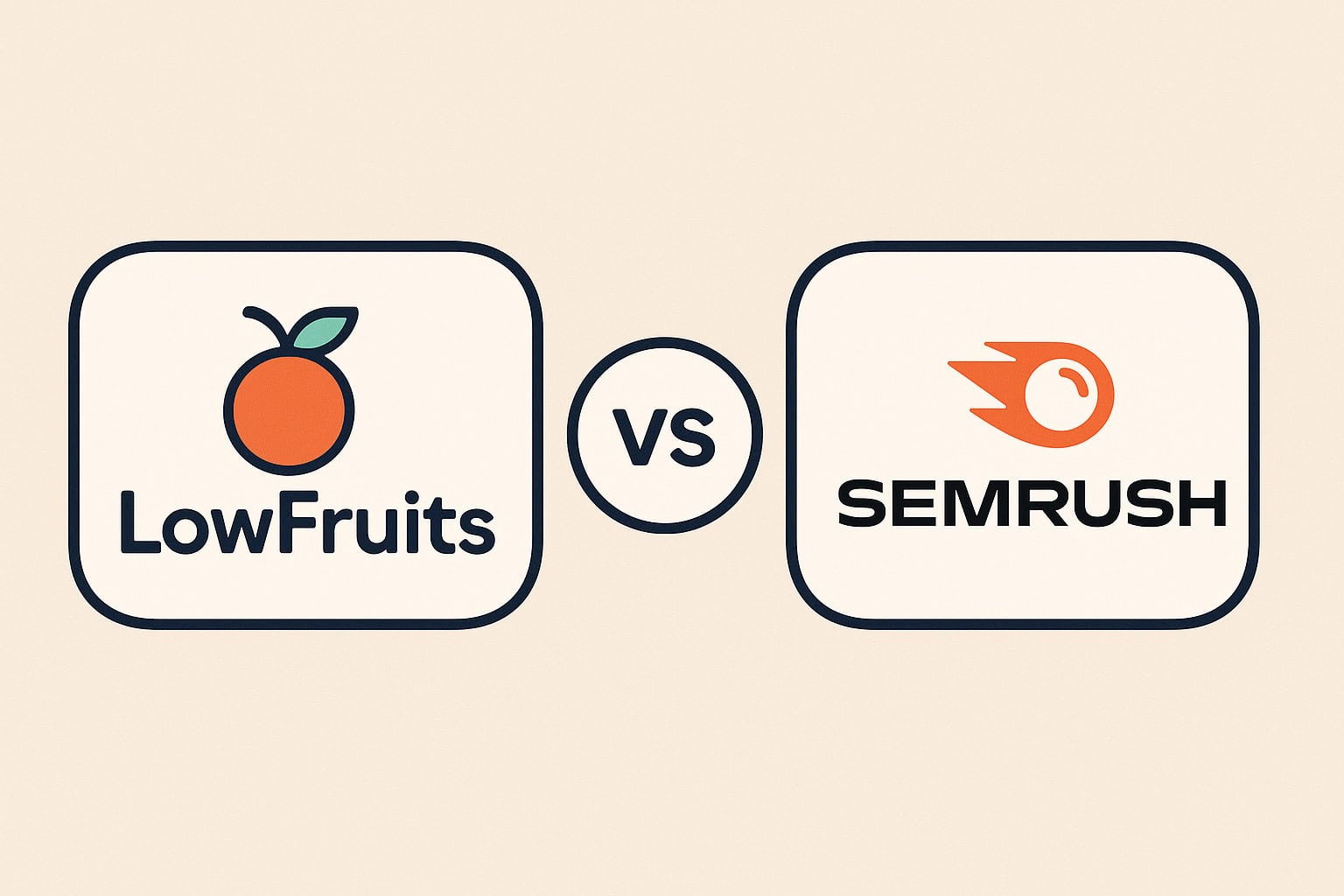
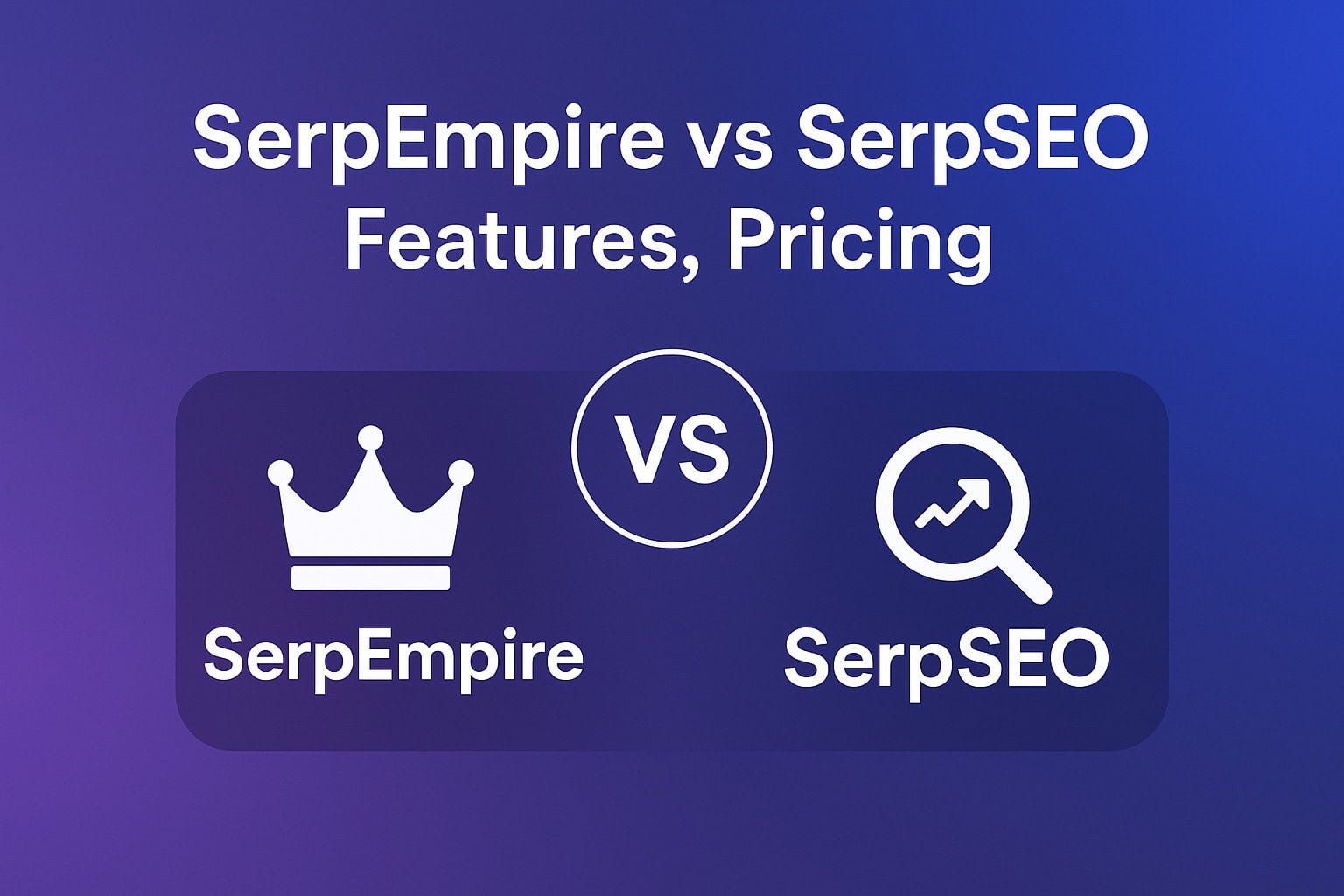
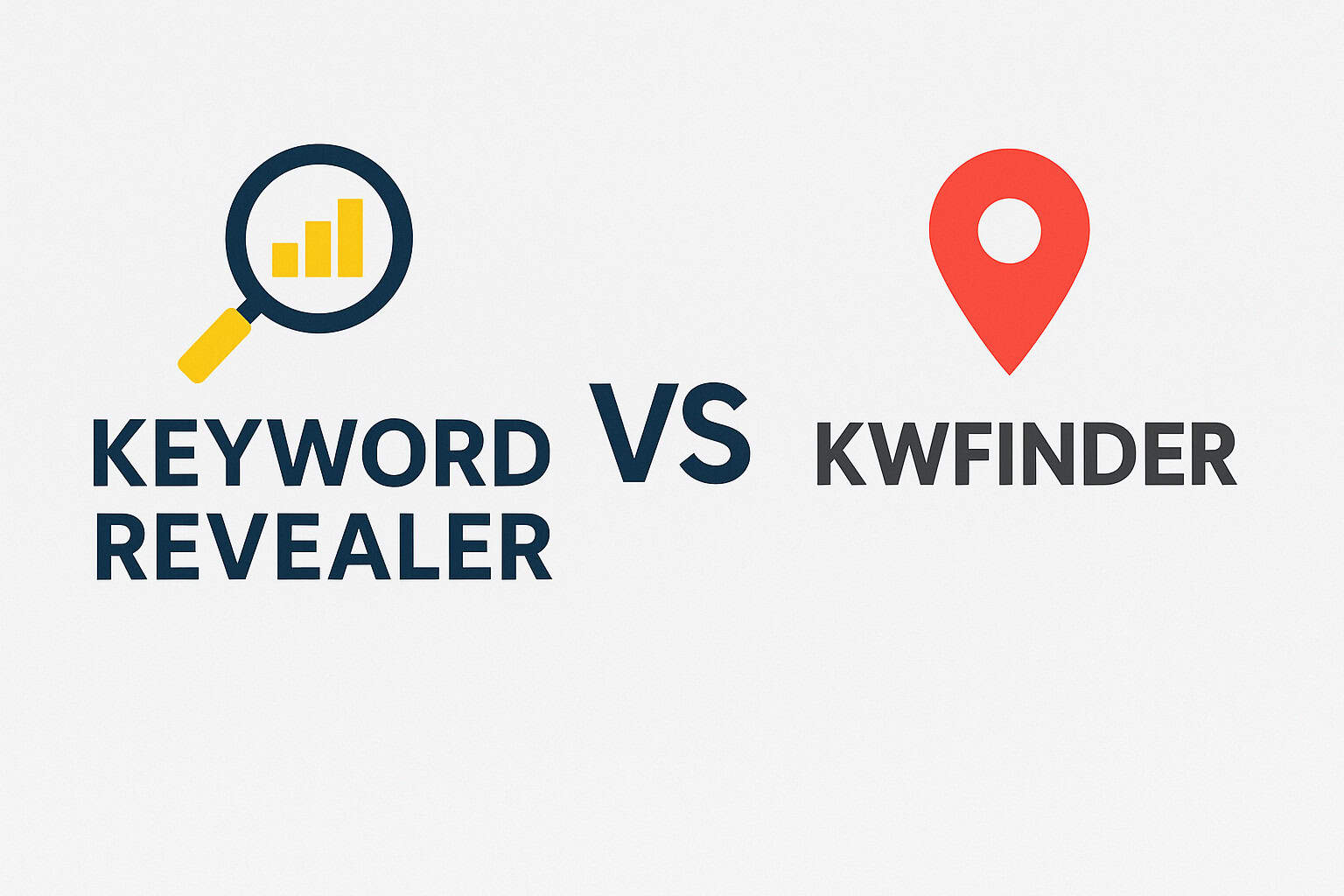
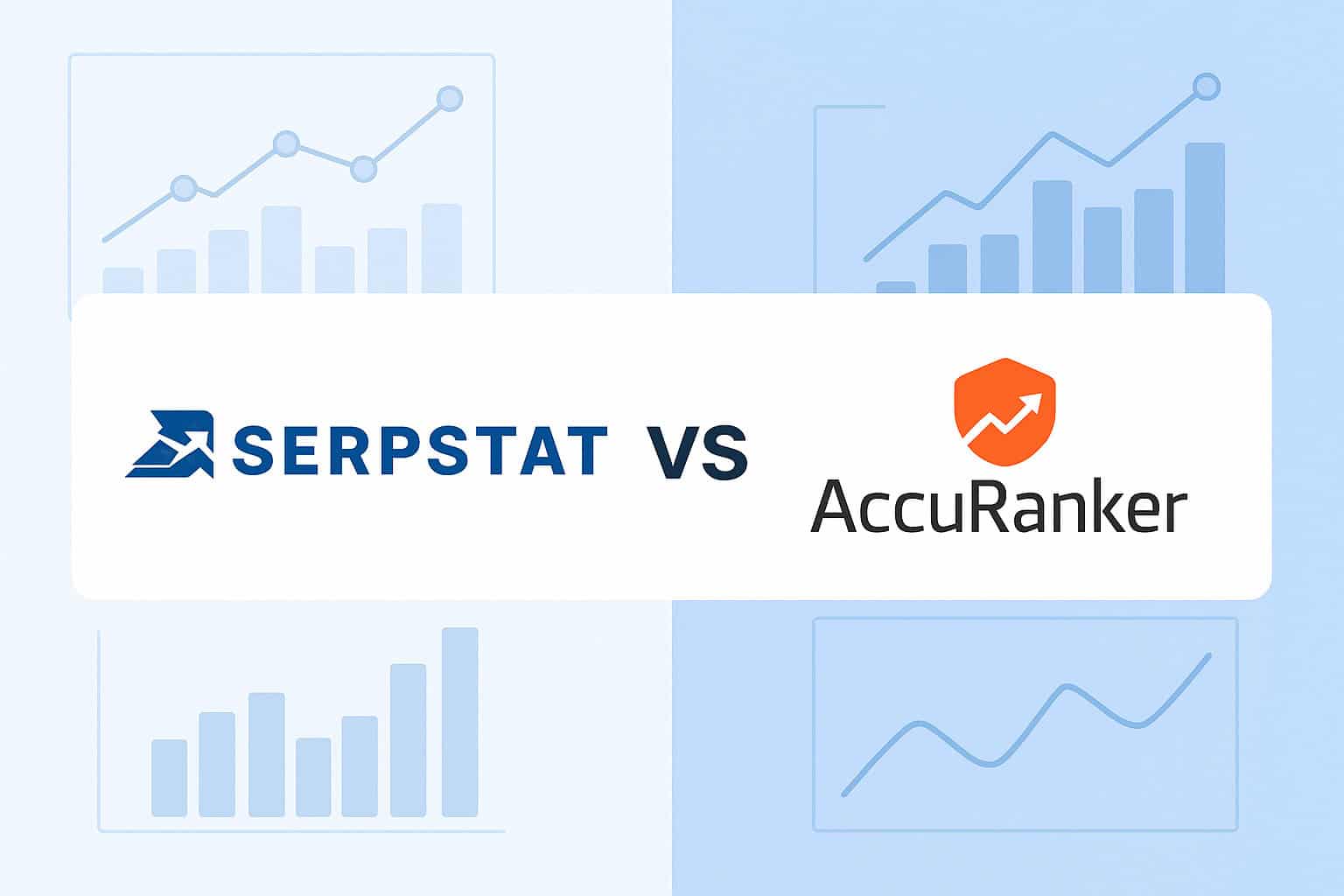

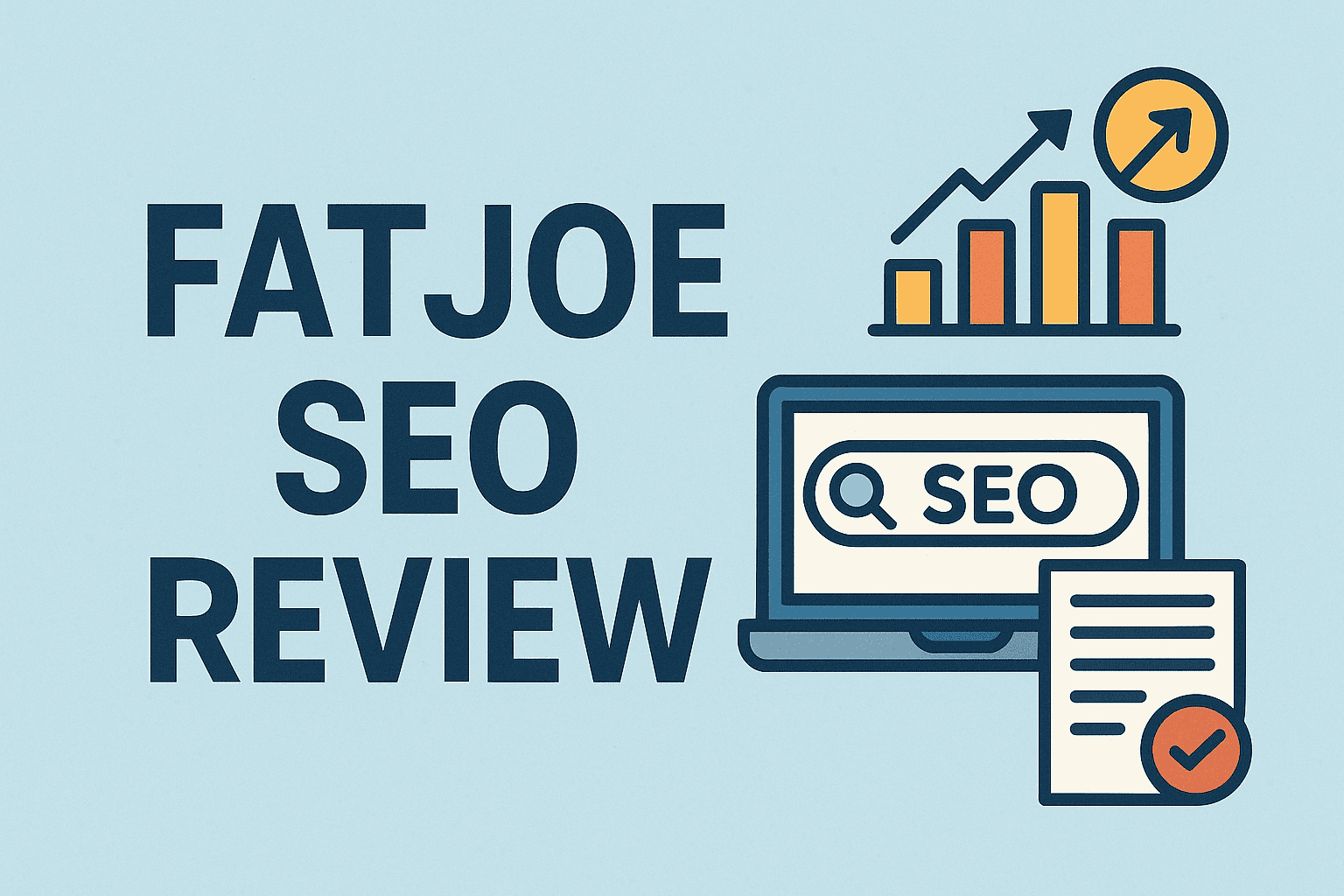
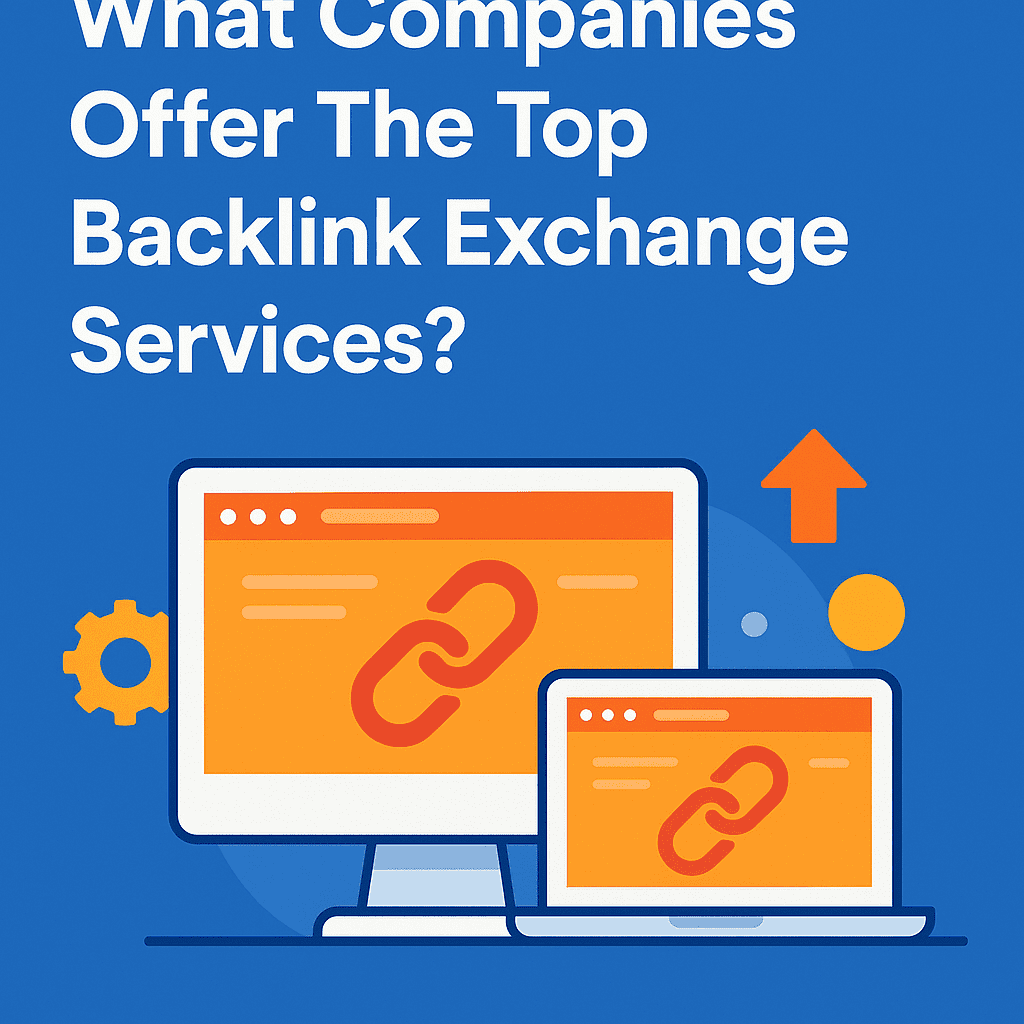
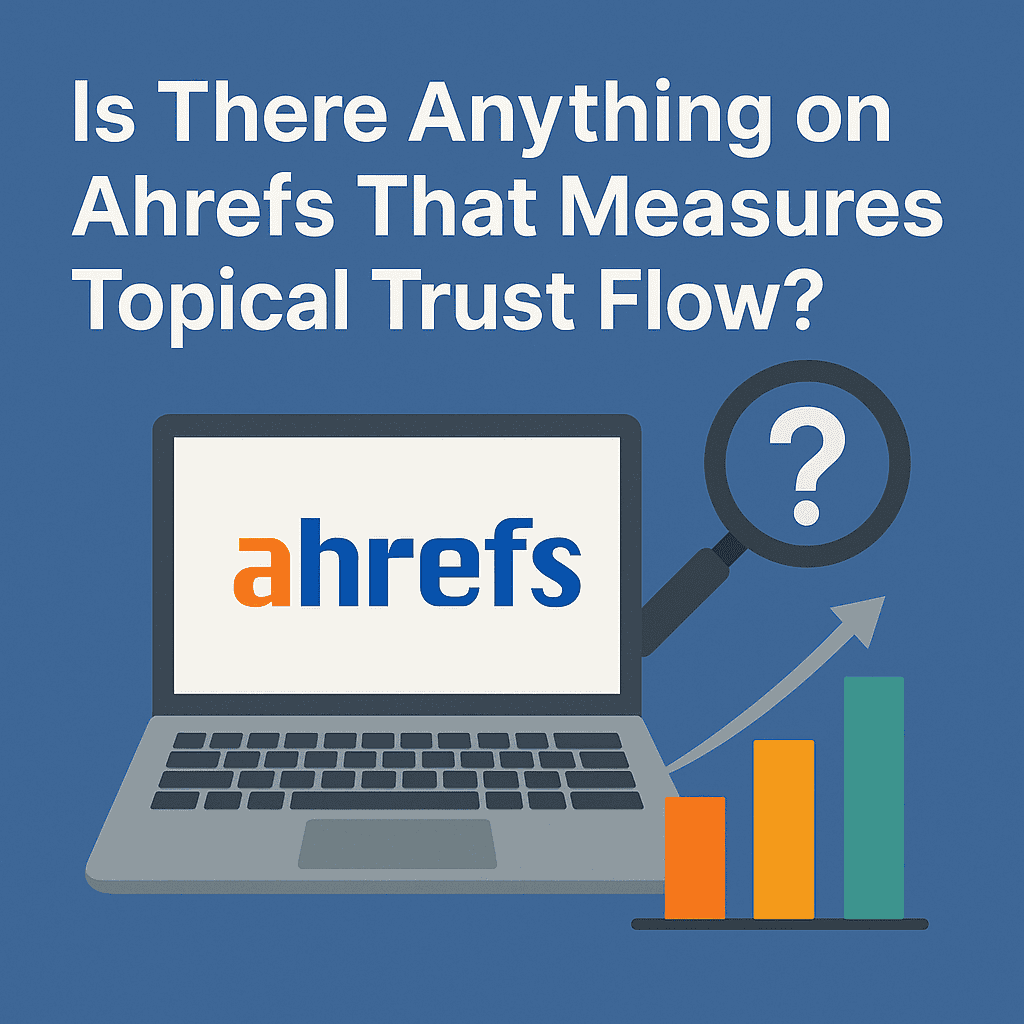
![Longtail Pro Moz or Majestic [Full Breakdown]](https://backlinkmanagement.io/wp-content/uploads/2025/11/ChatGPT-Image-Nov-14-2025-08_30_38-AM.png)
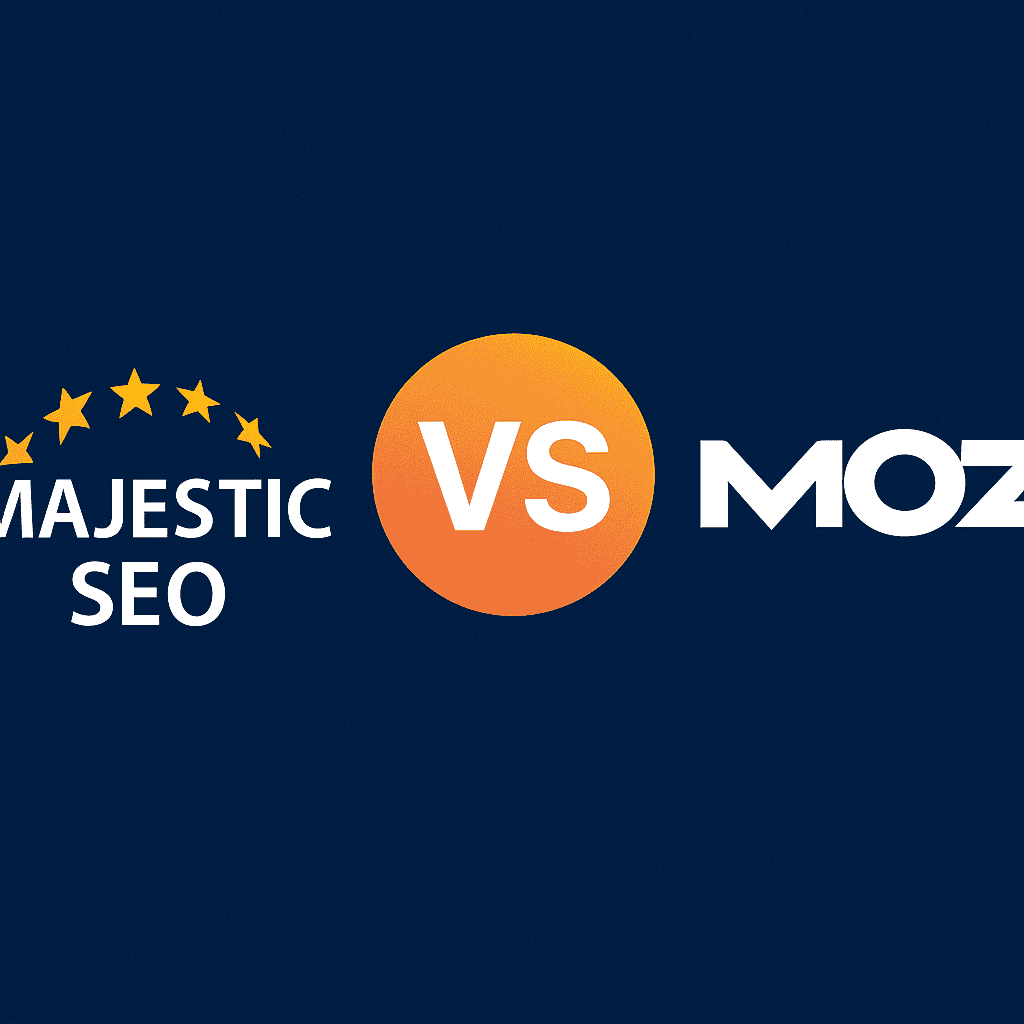
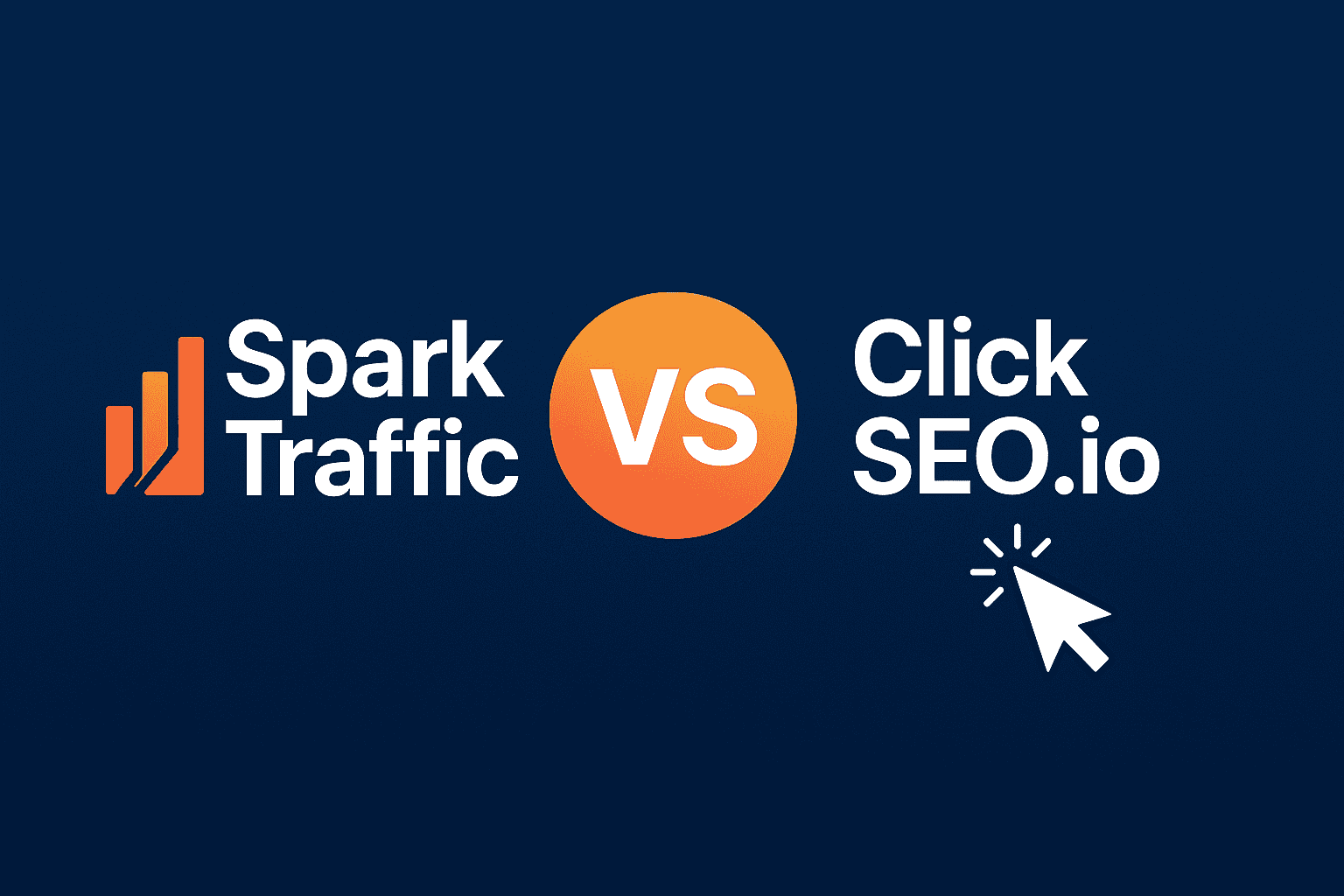
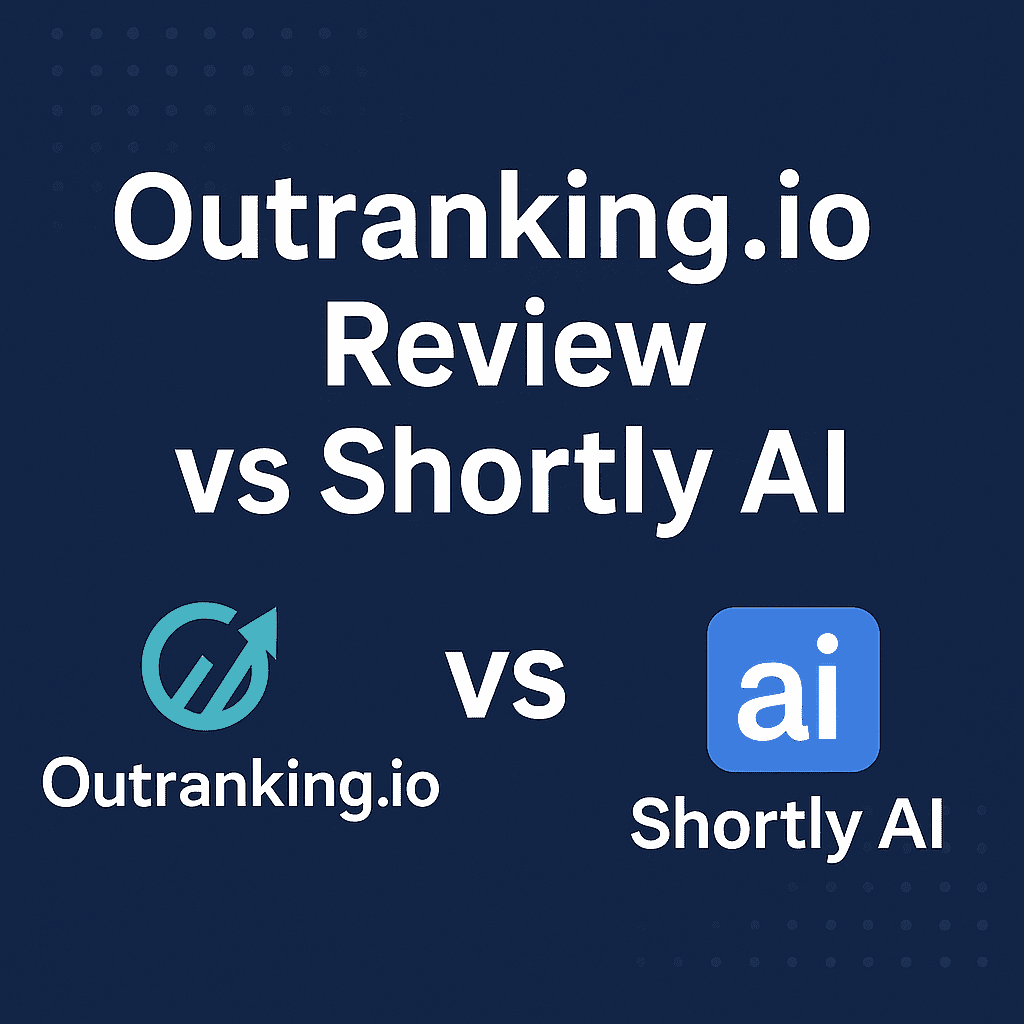
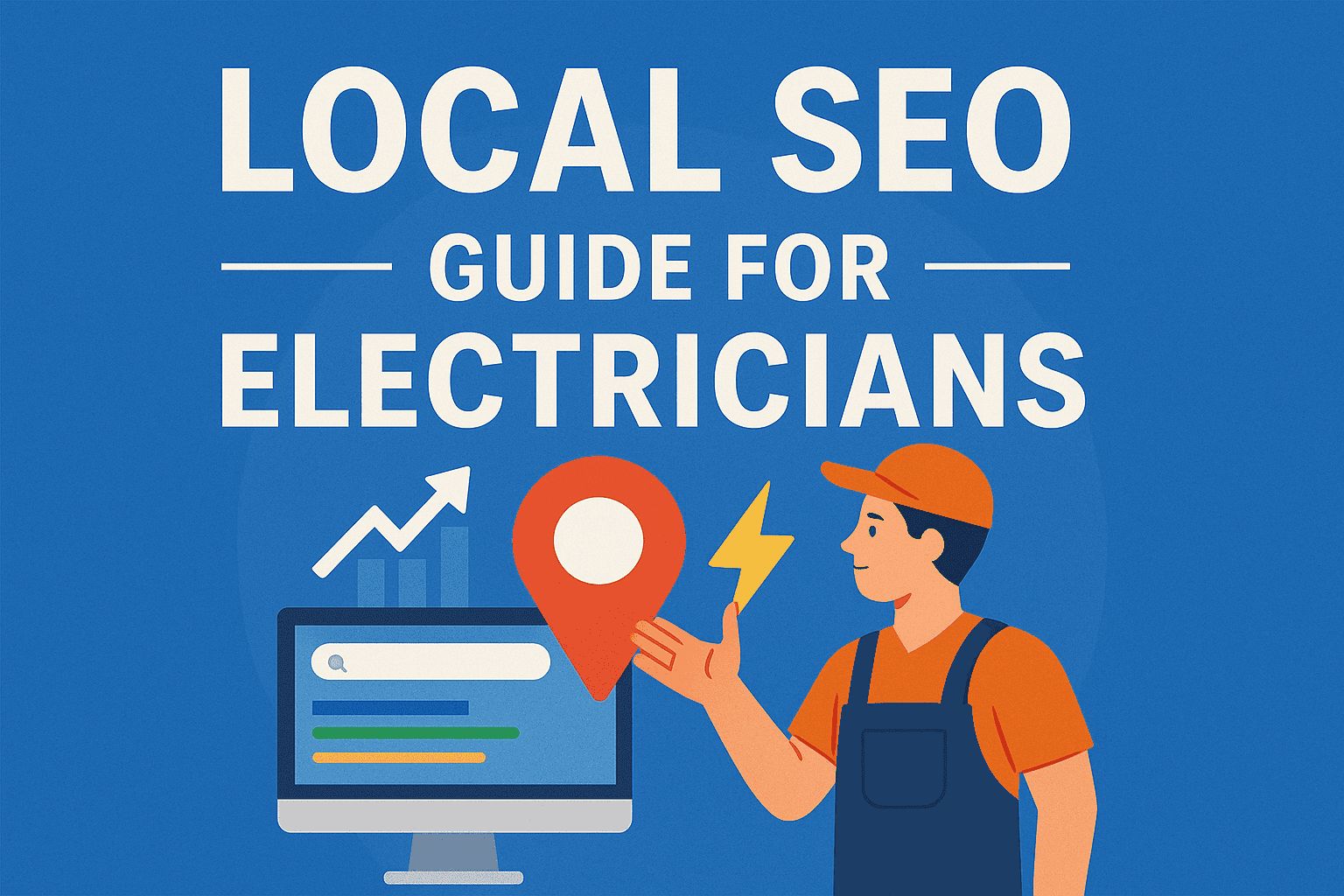
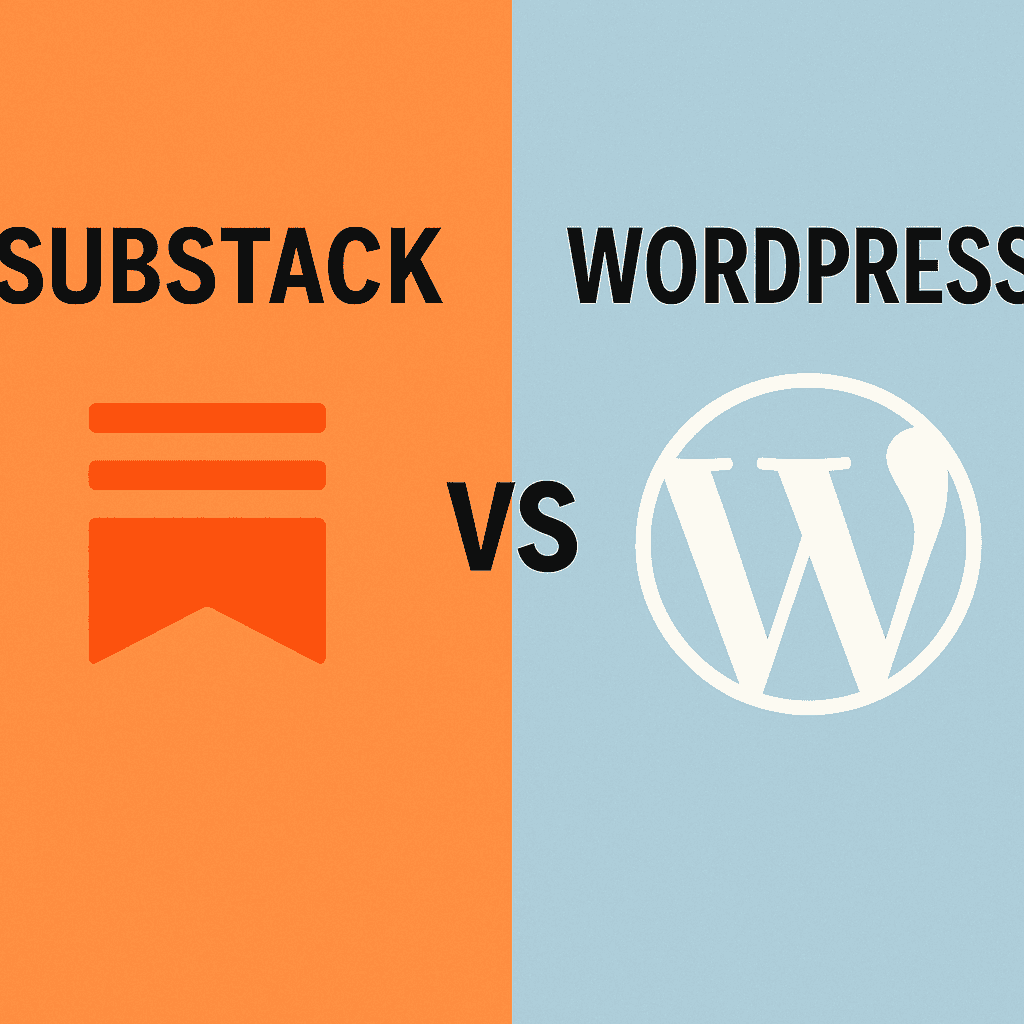
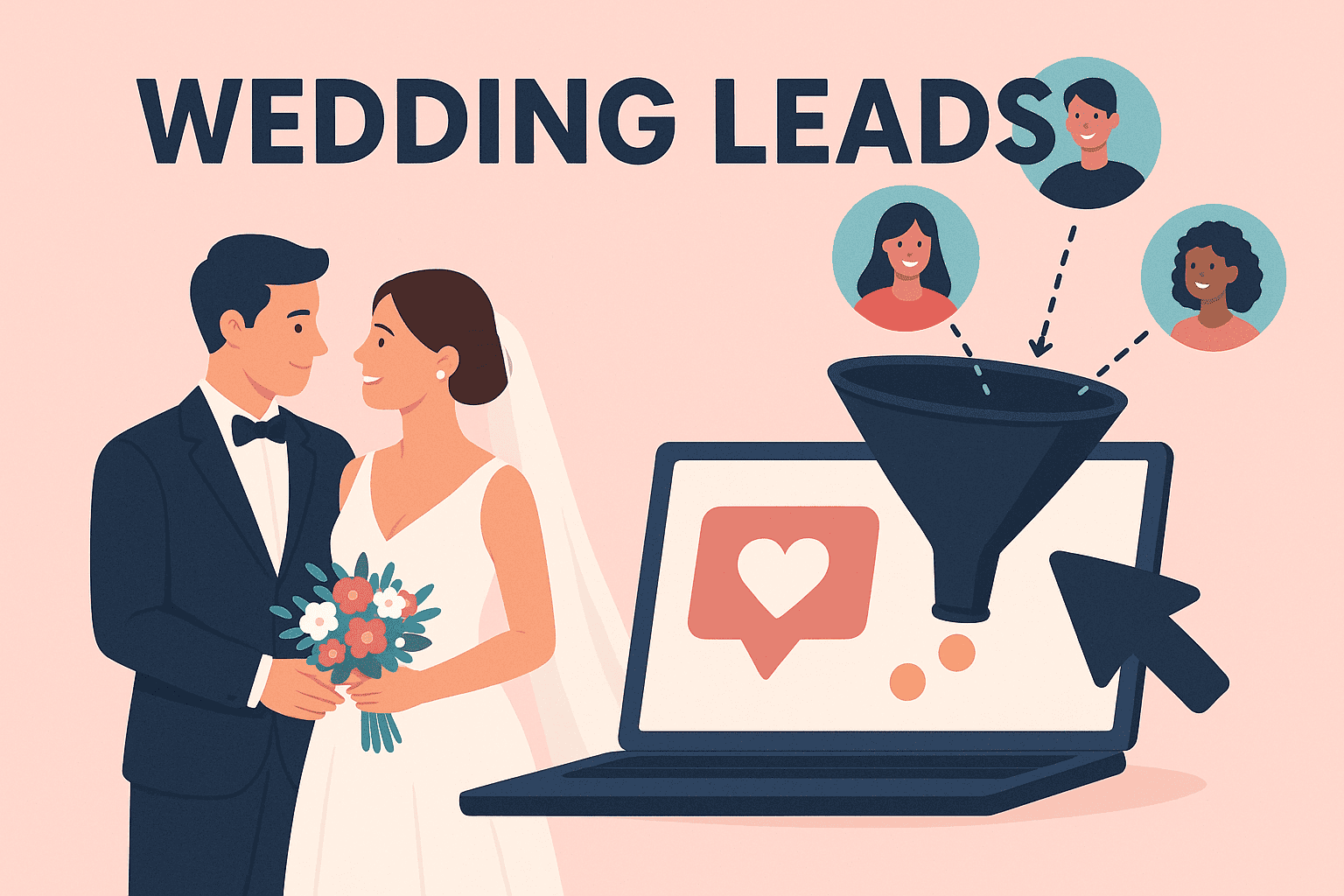
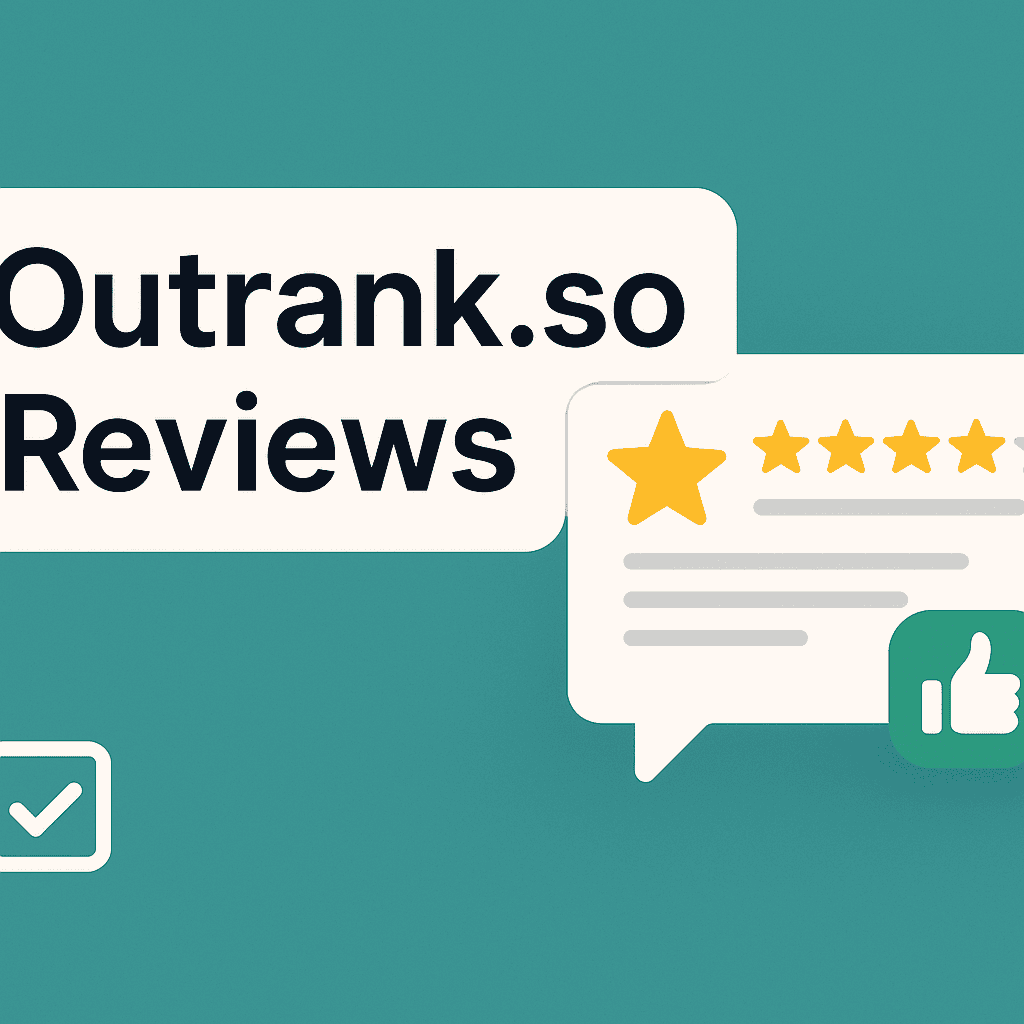
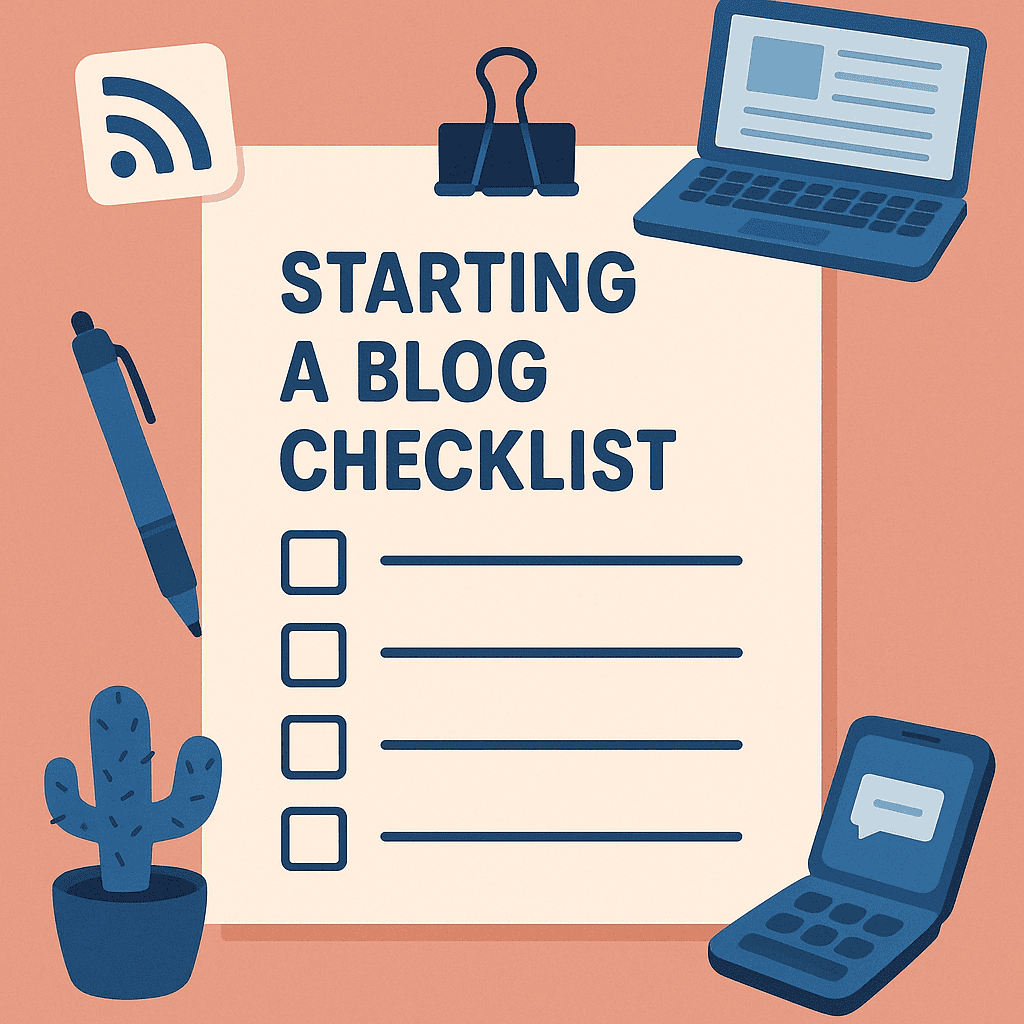
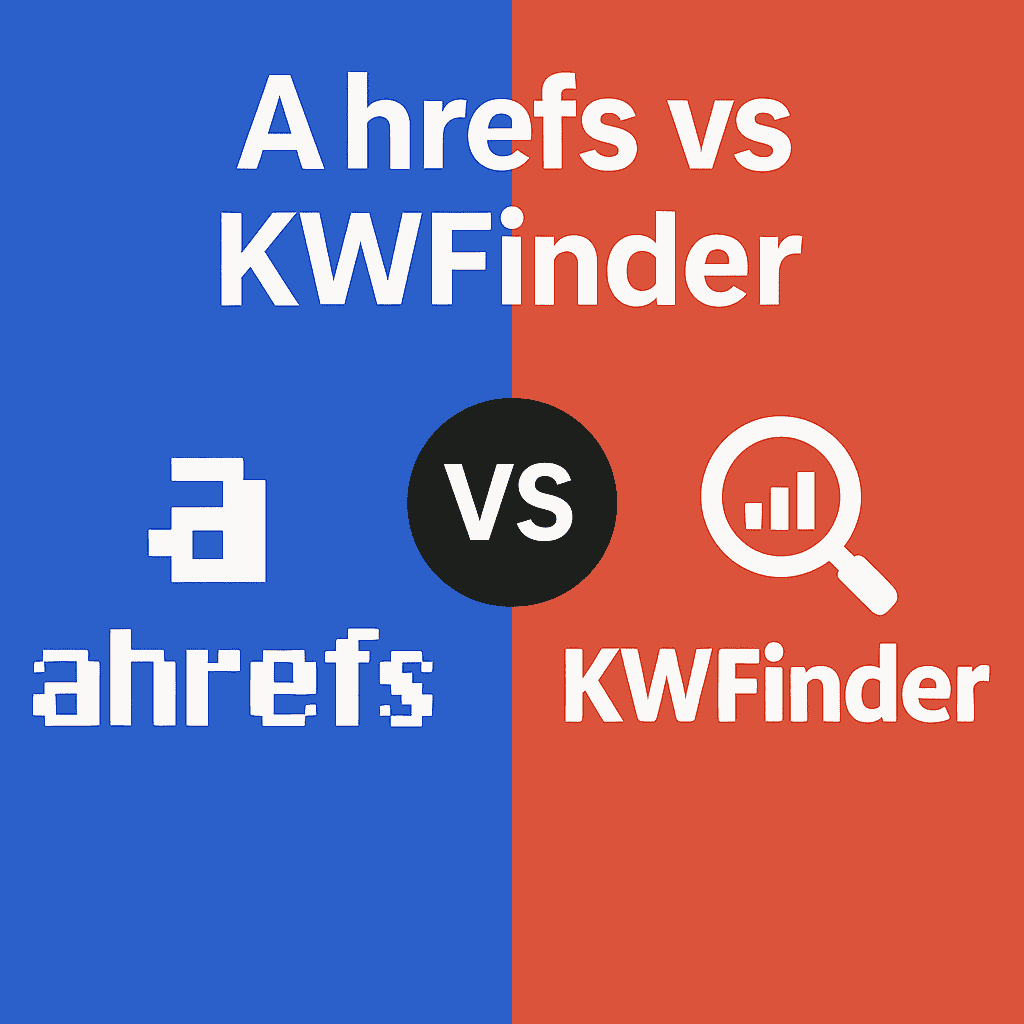
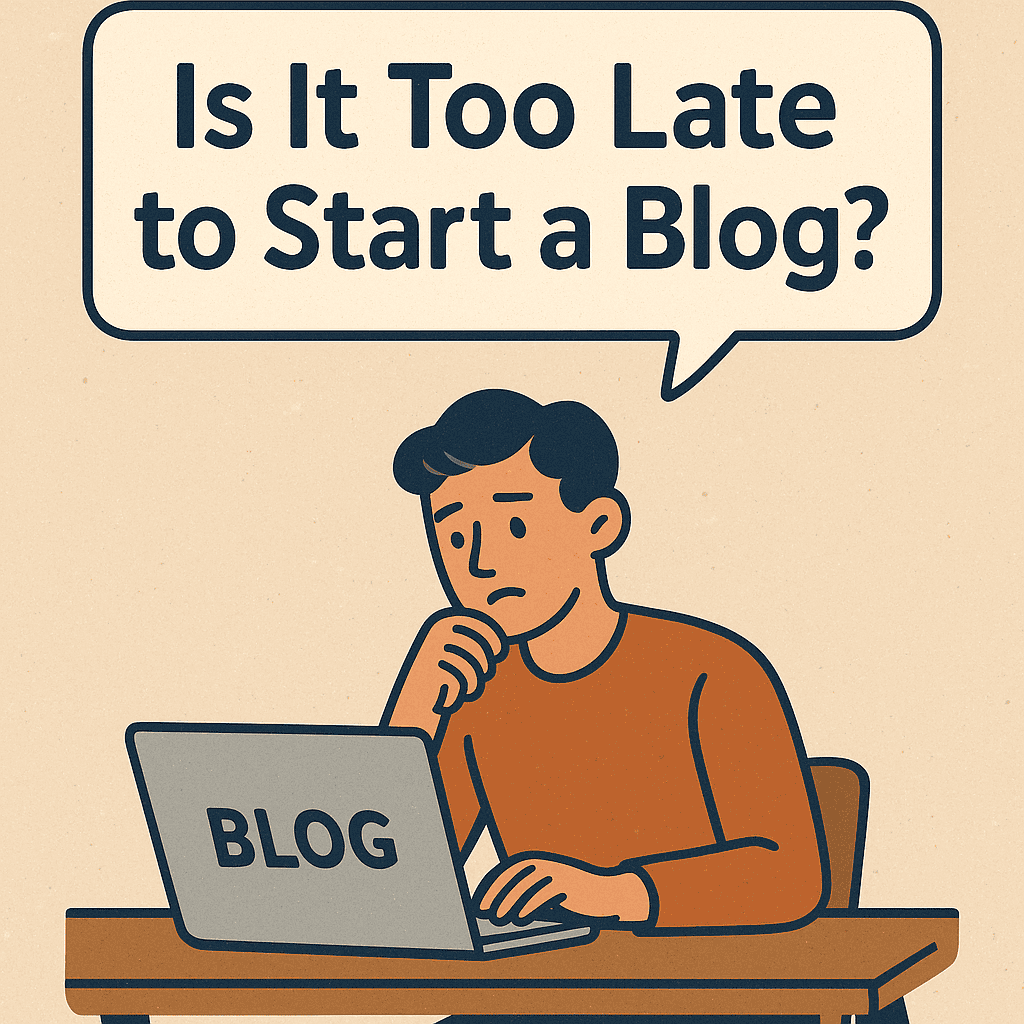
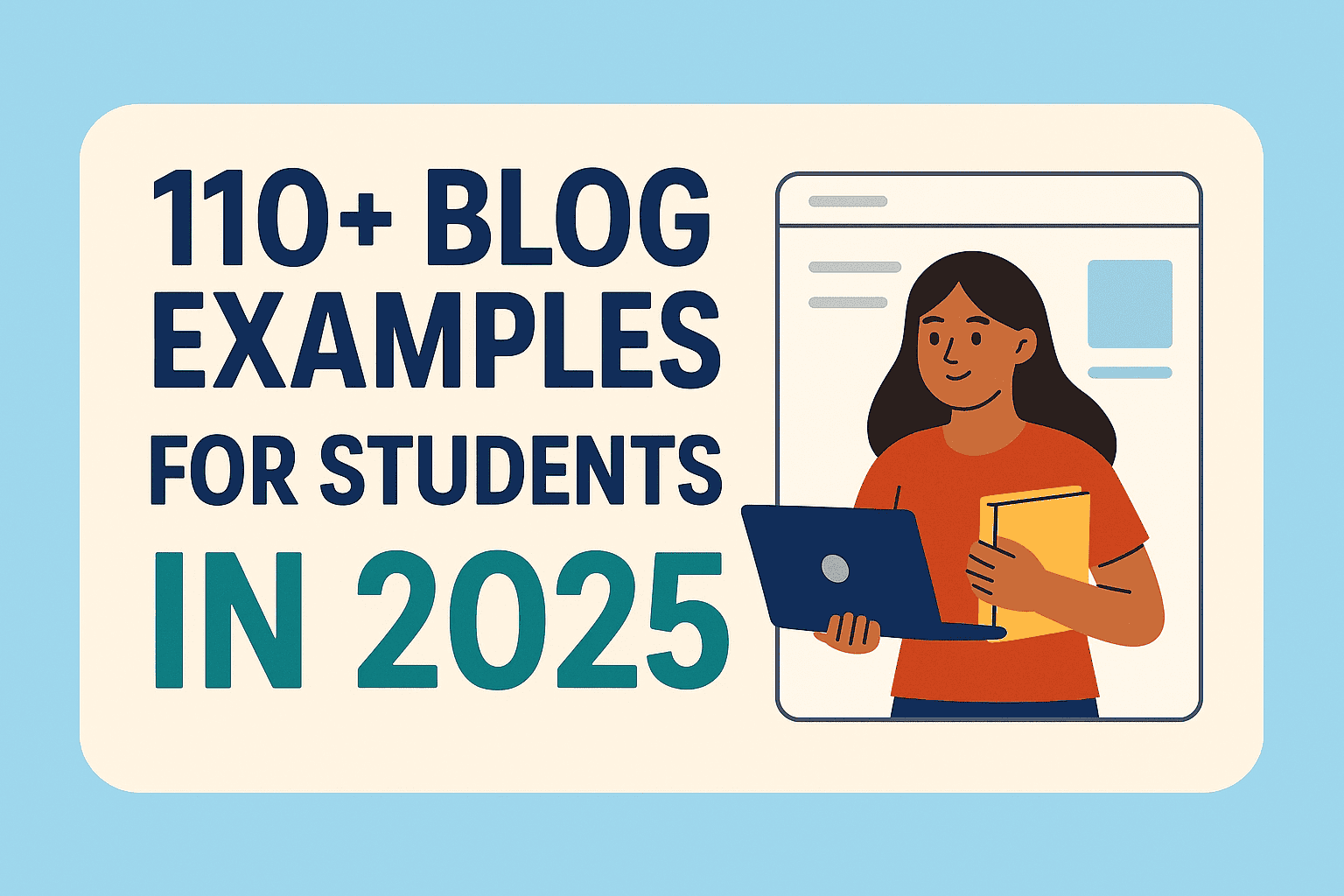
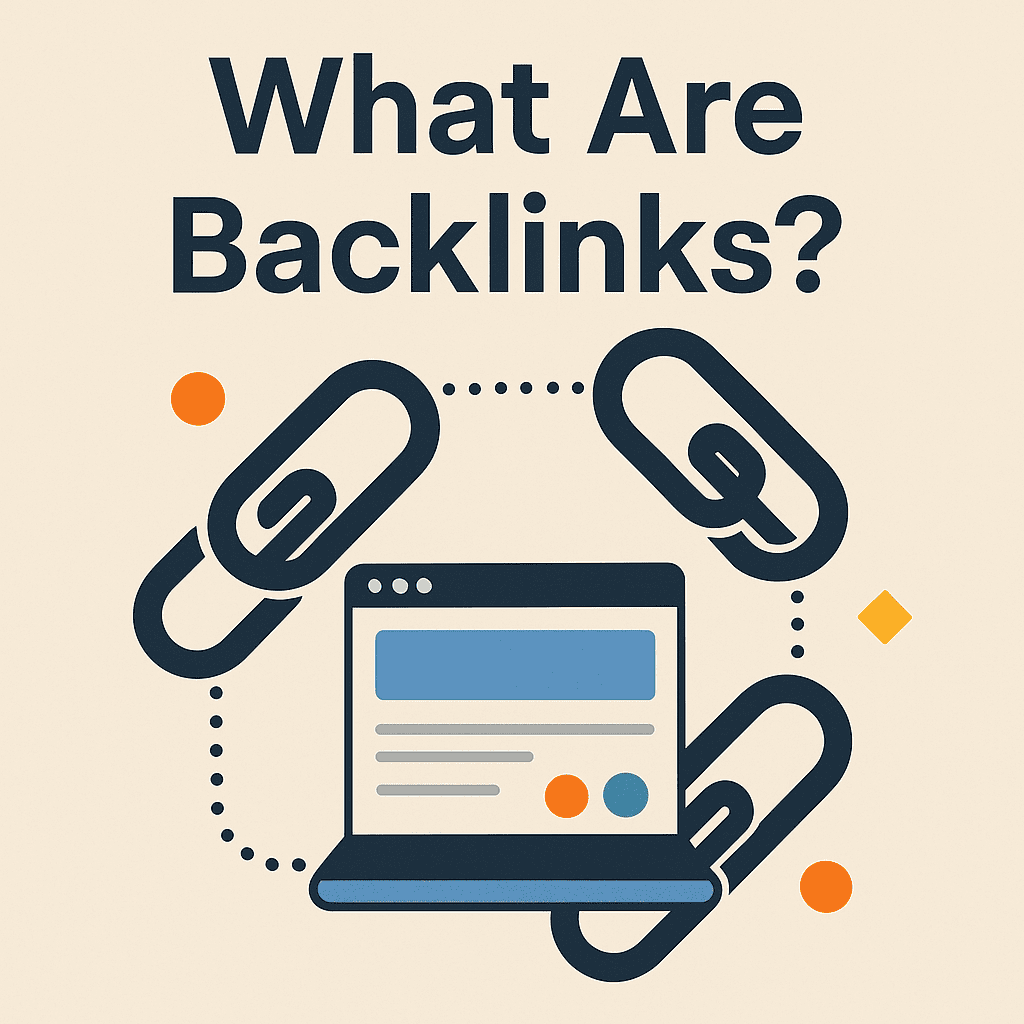
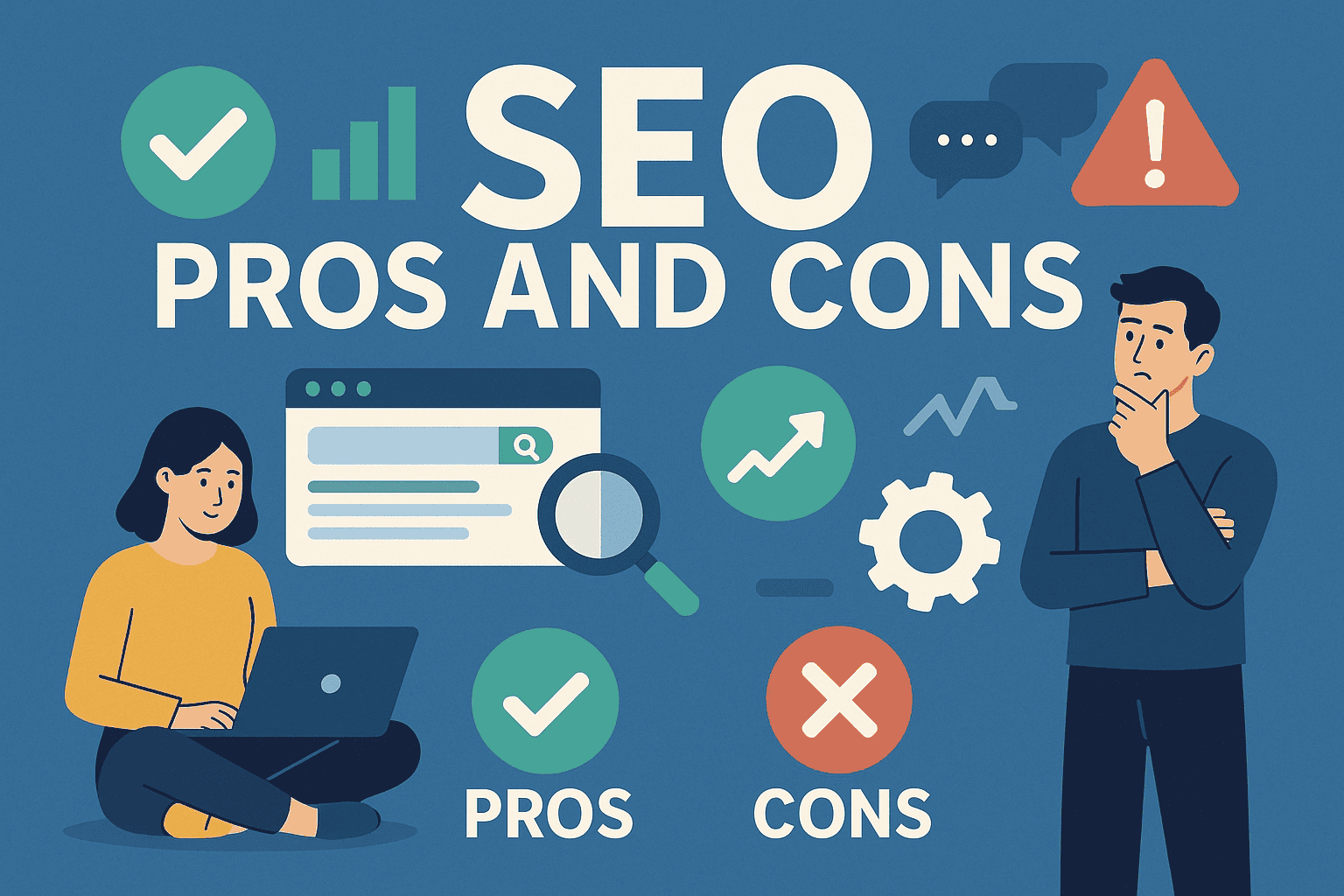
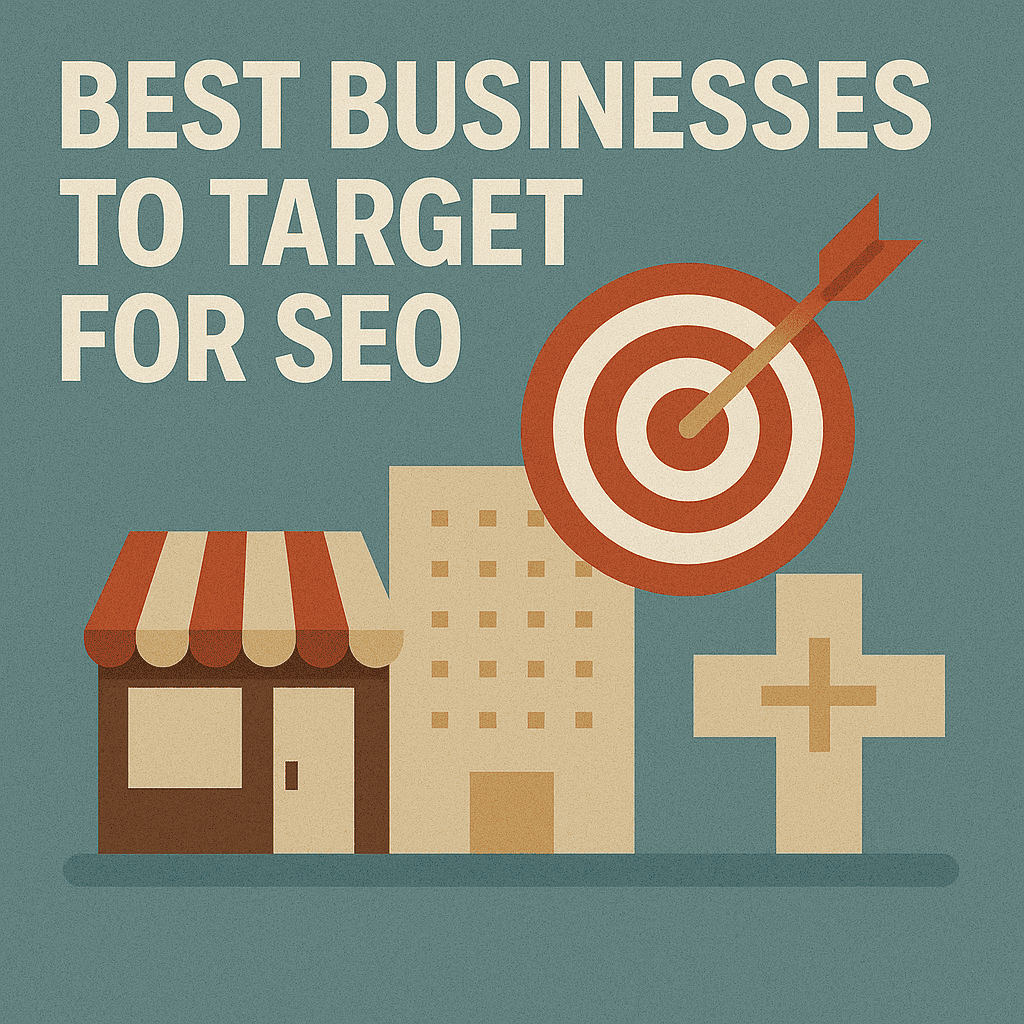
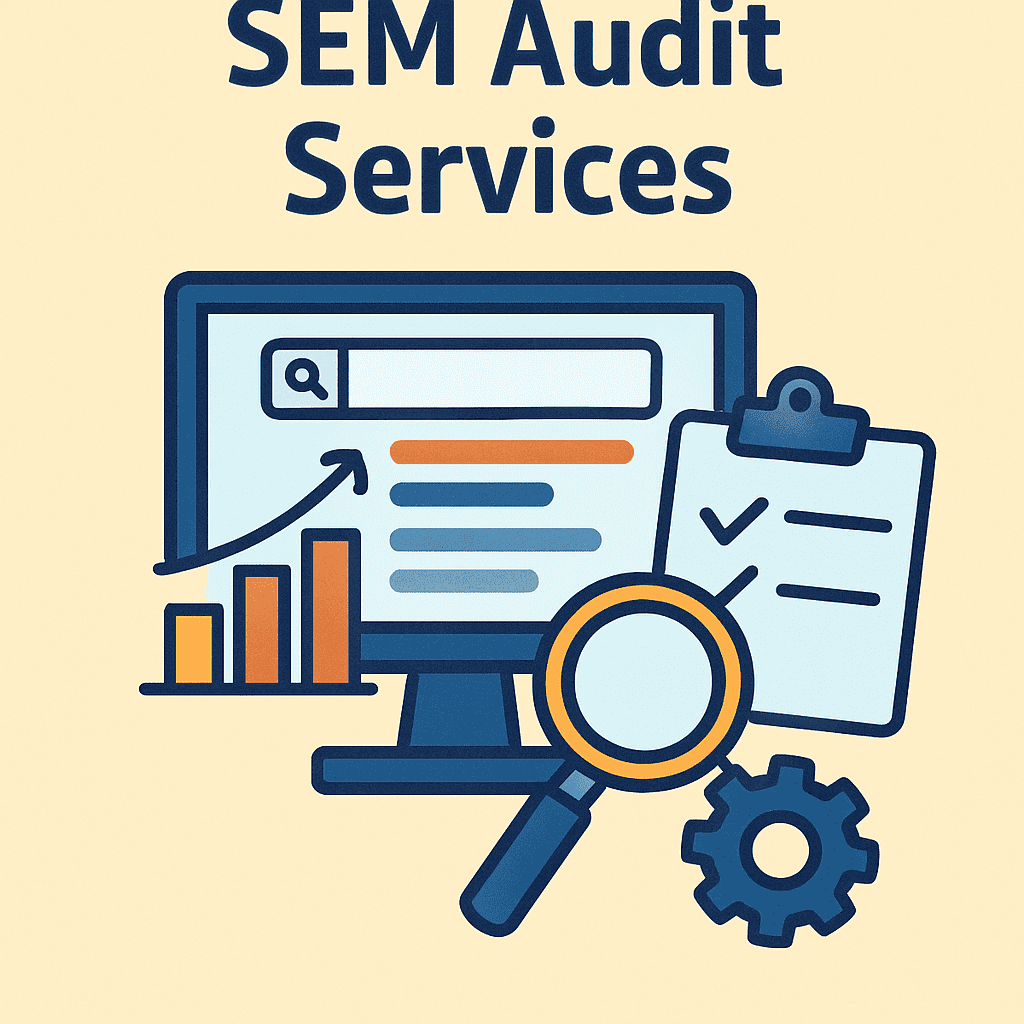
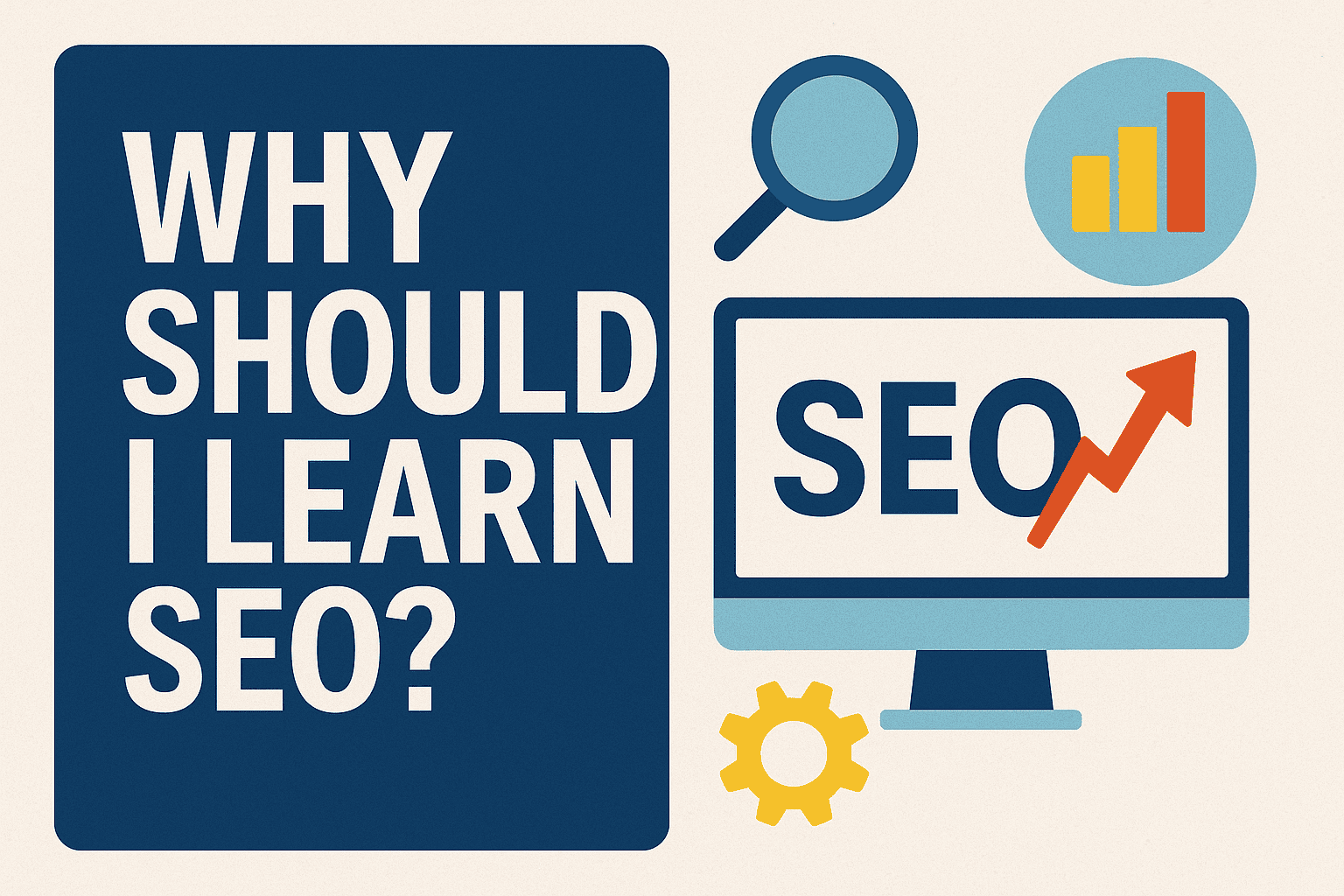
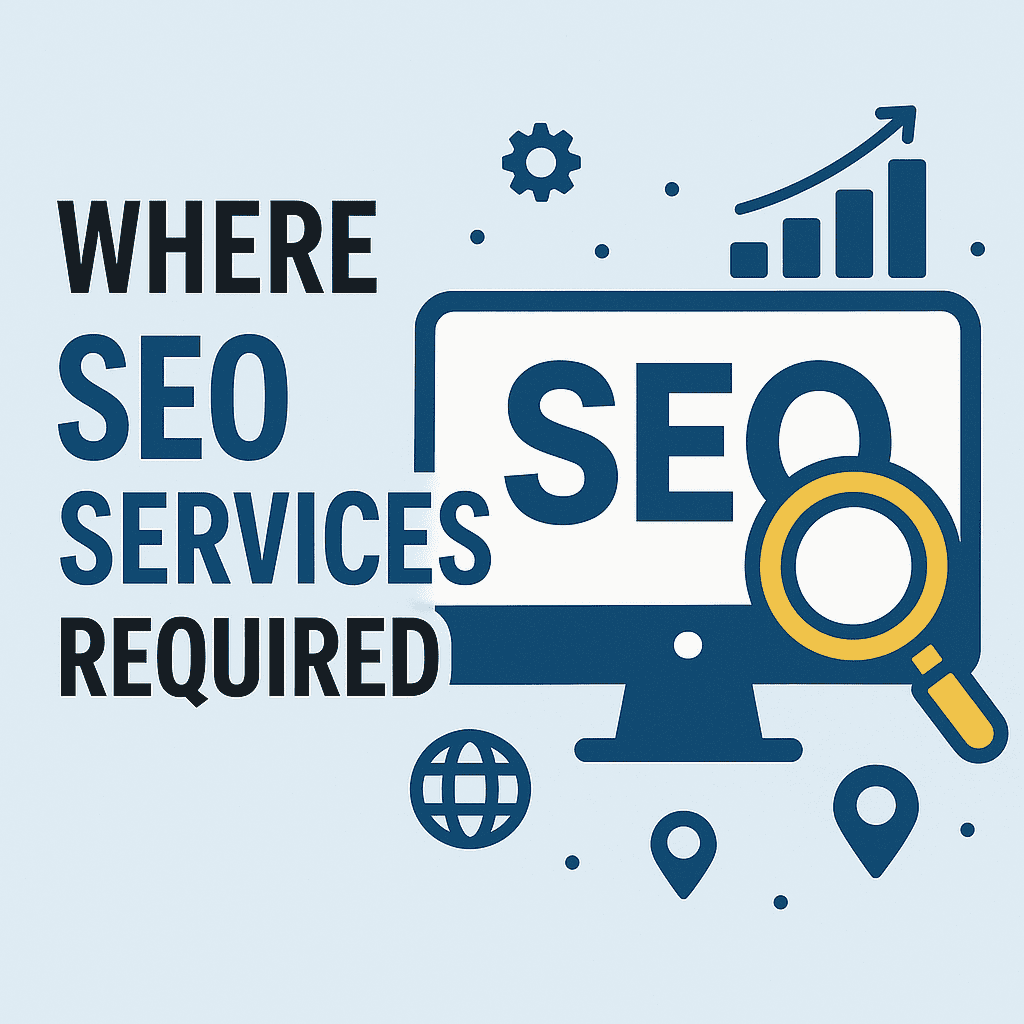
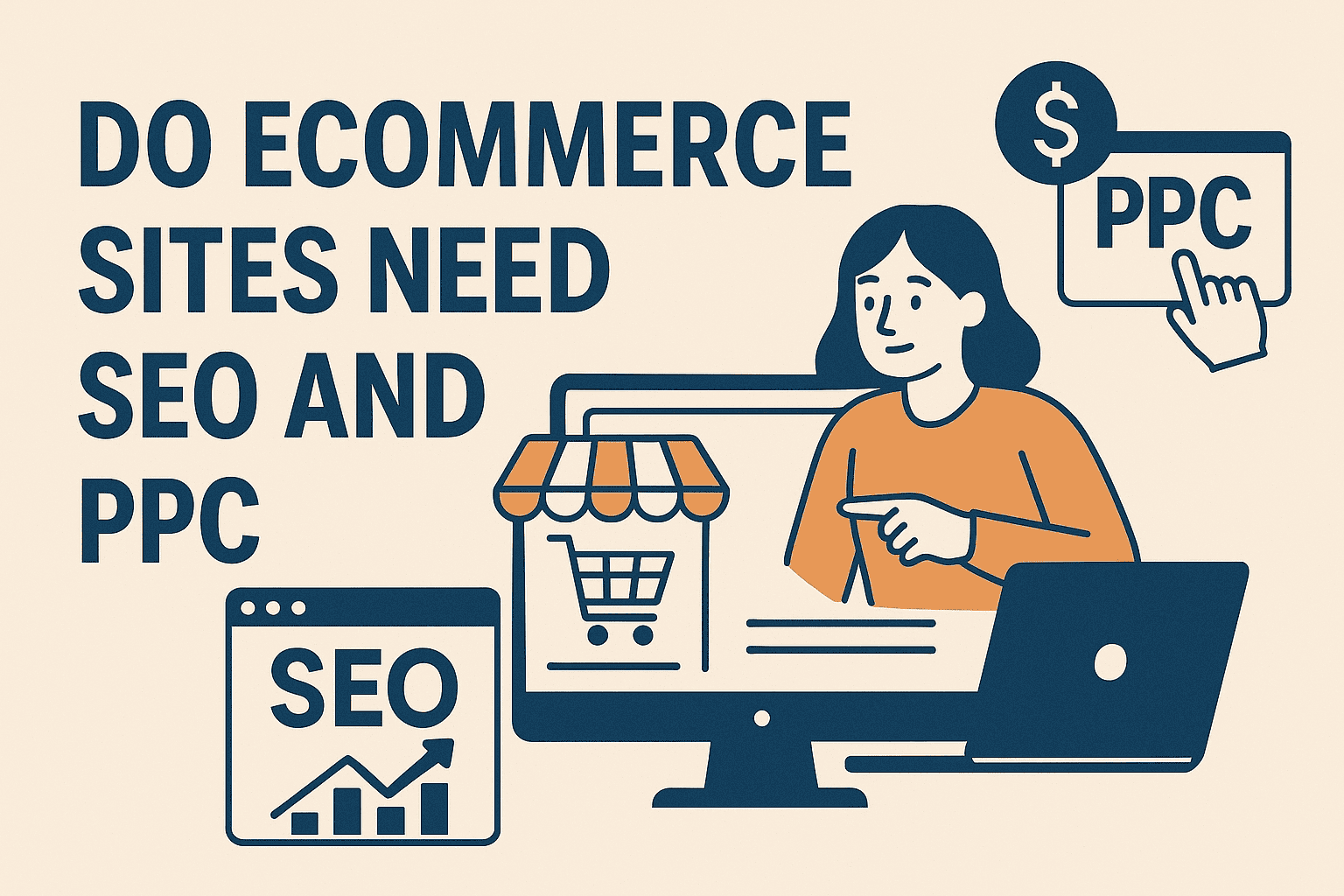
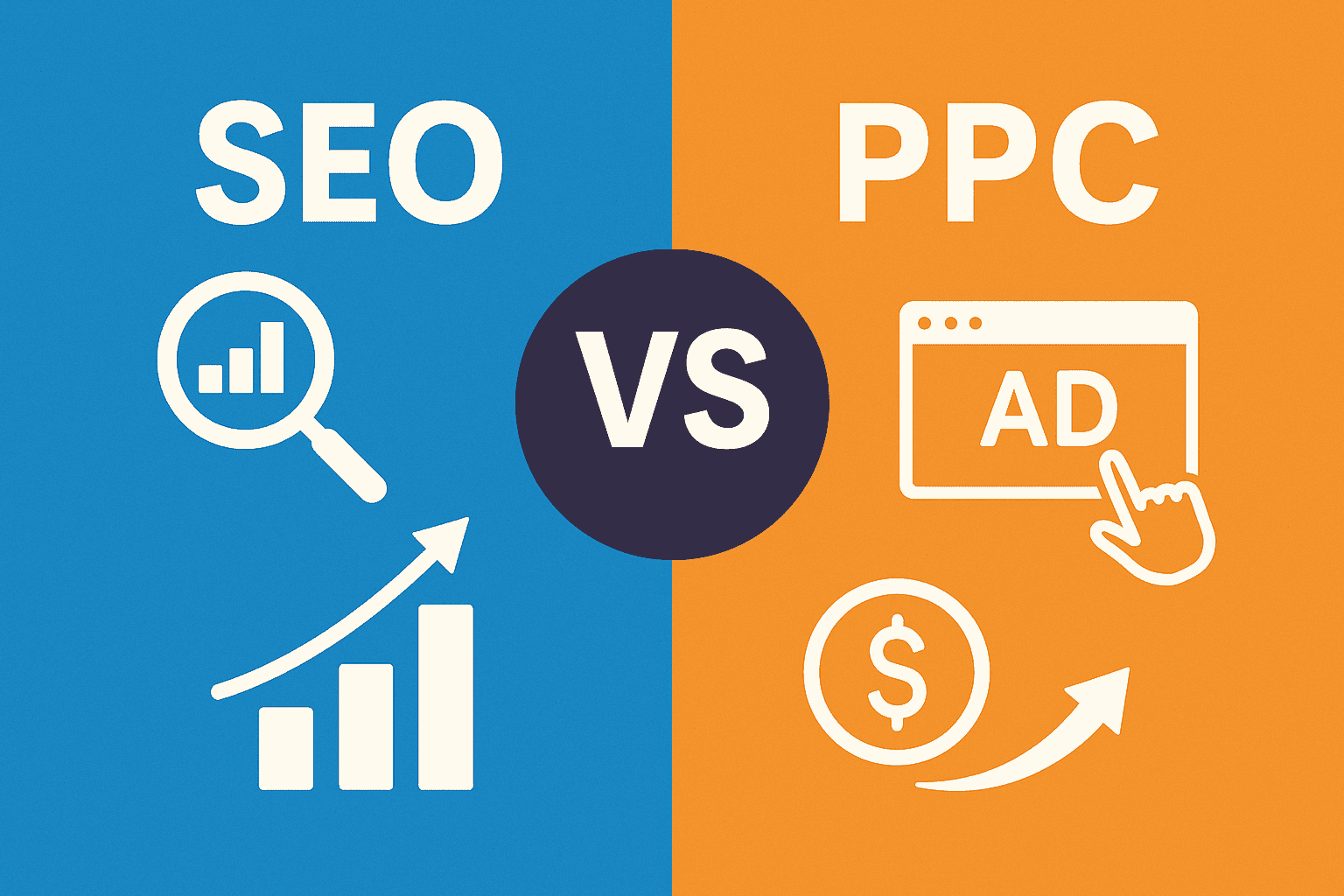
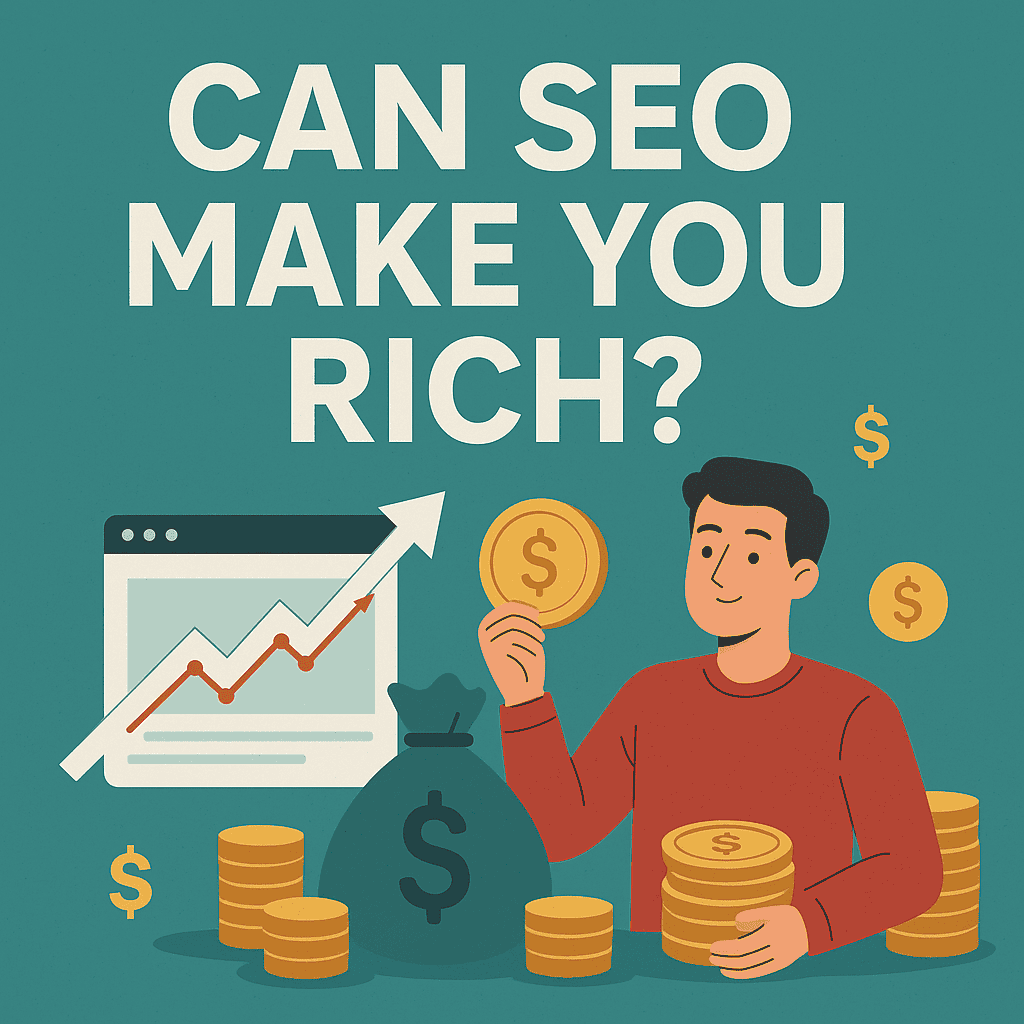
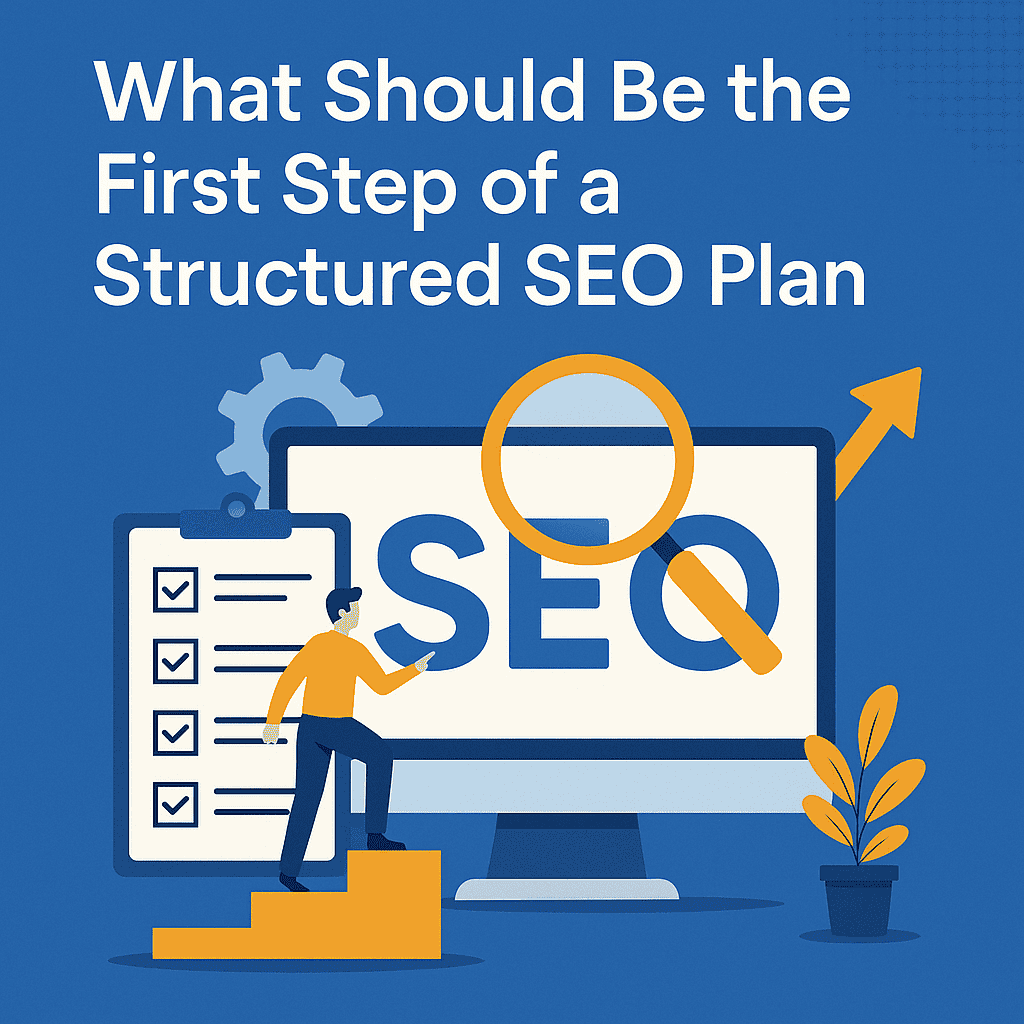
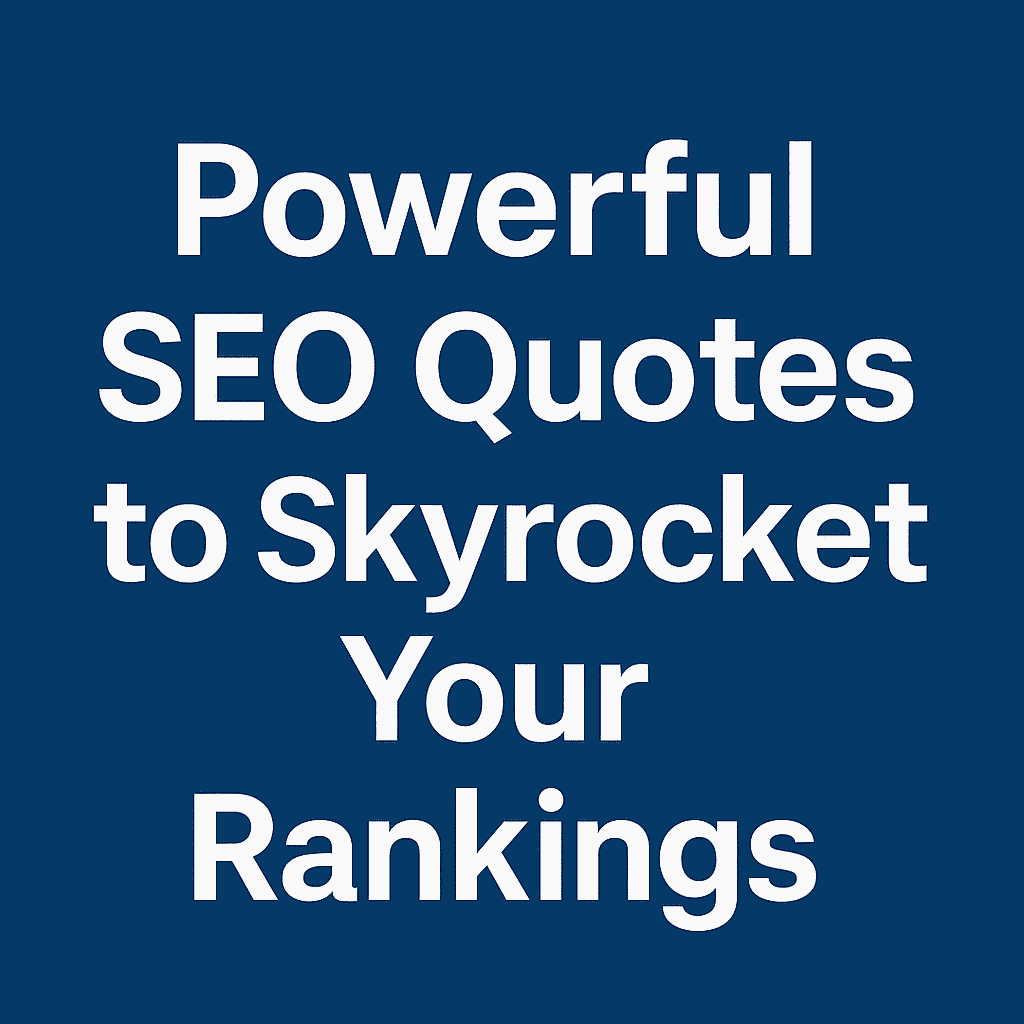
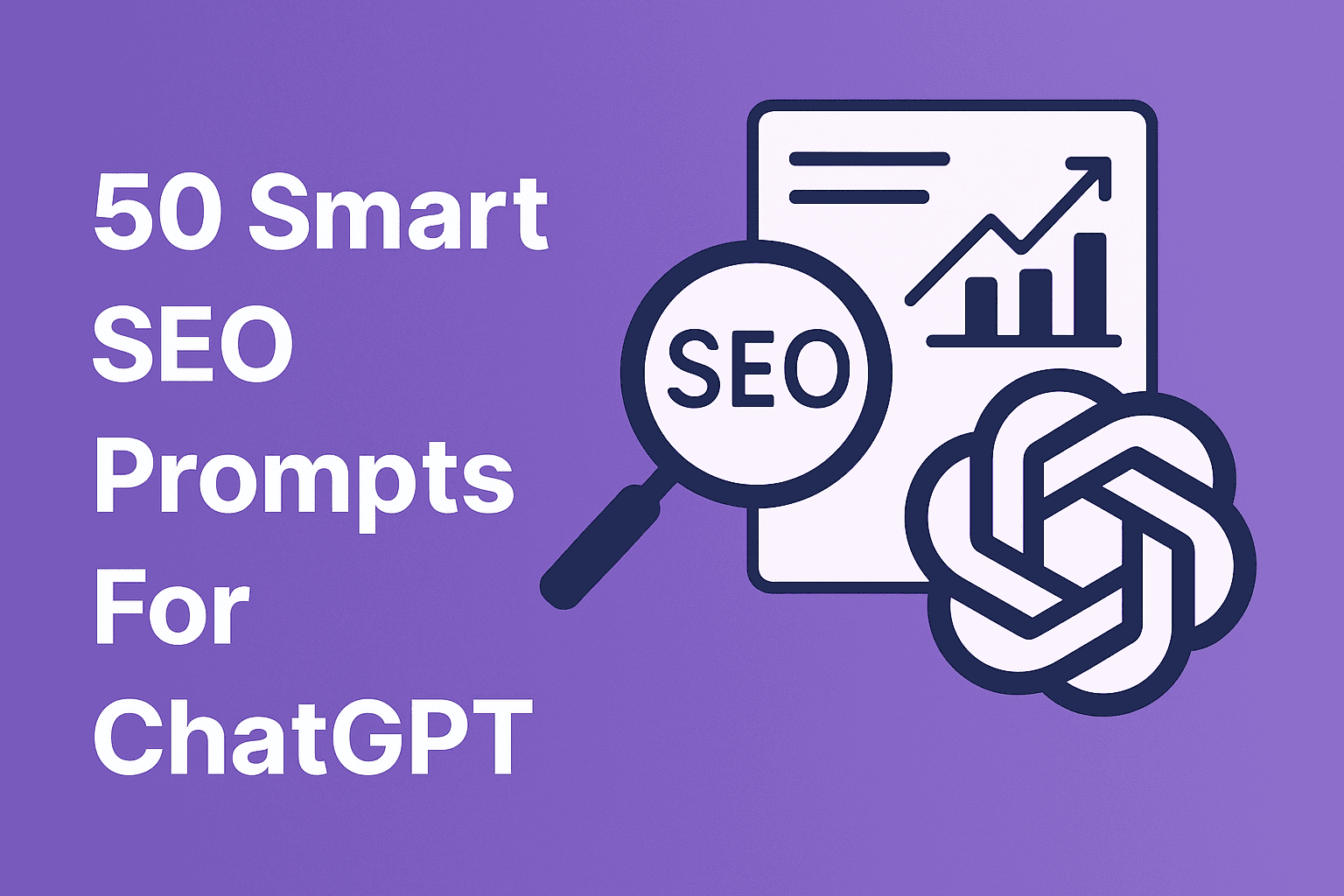
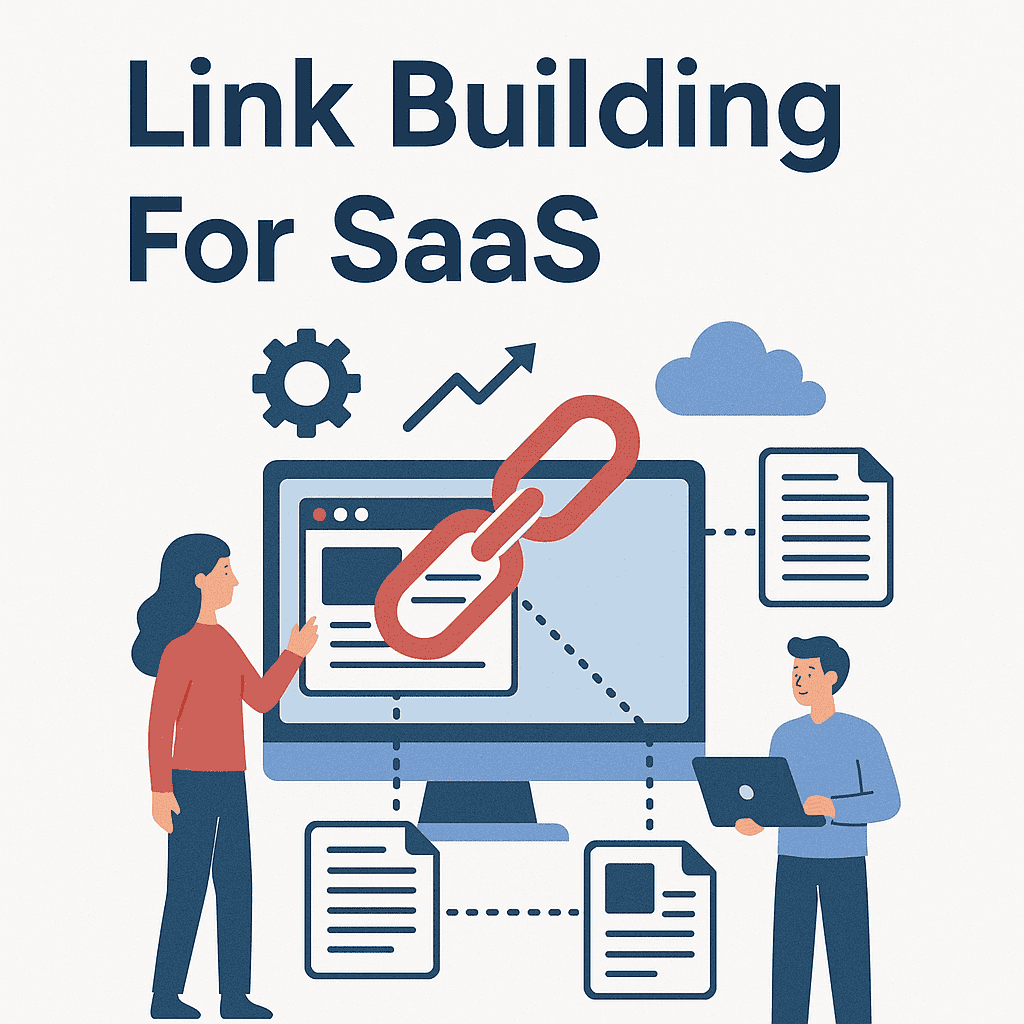
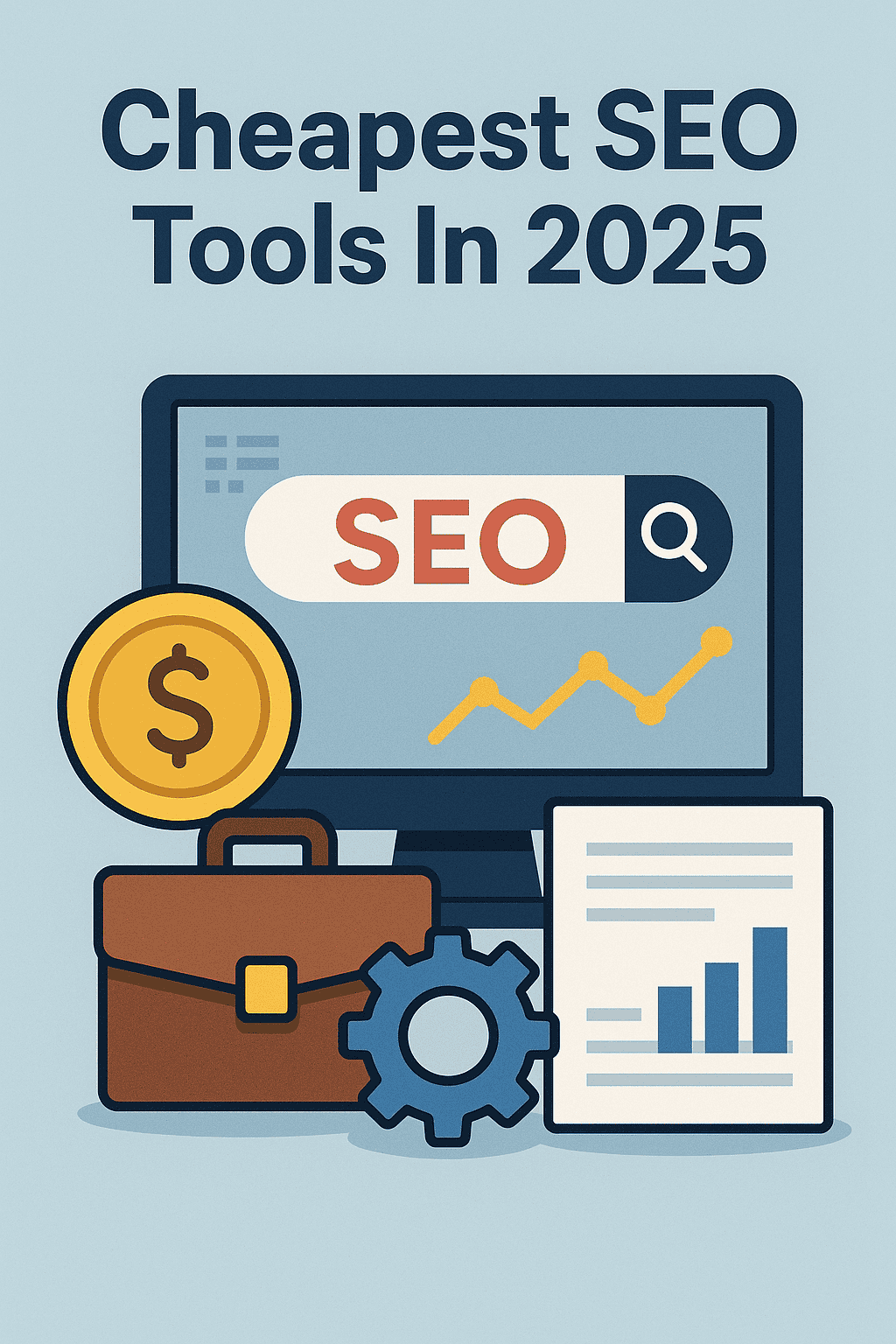
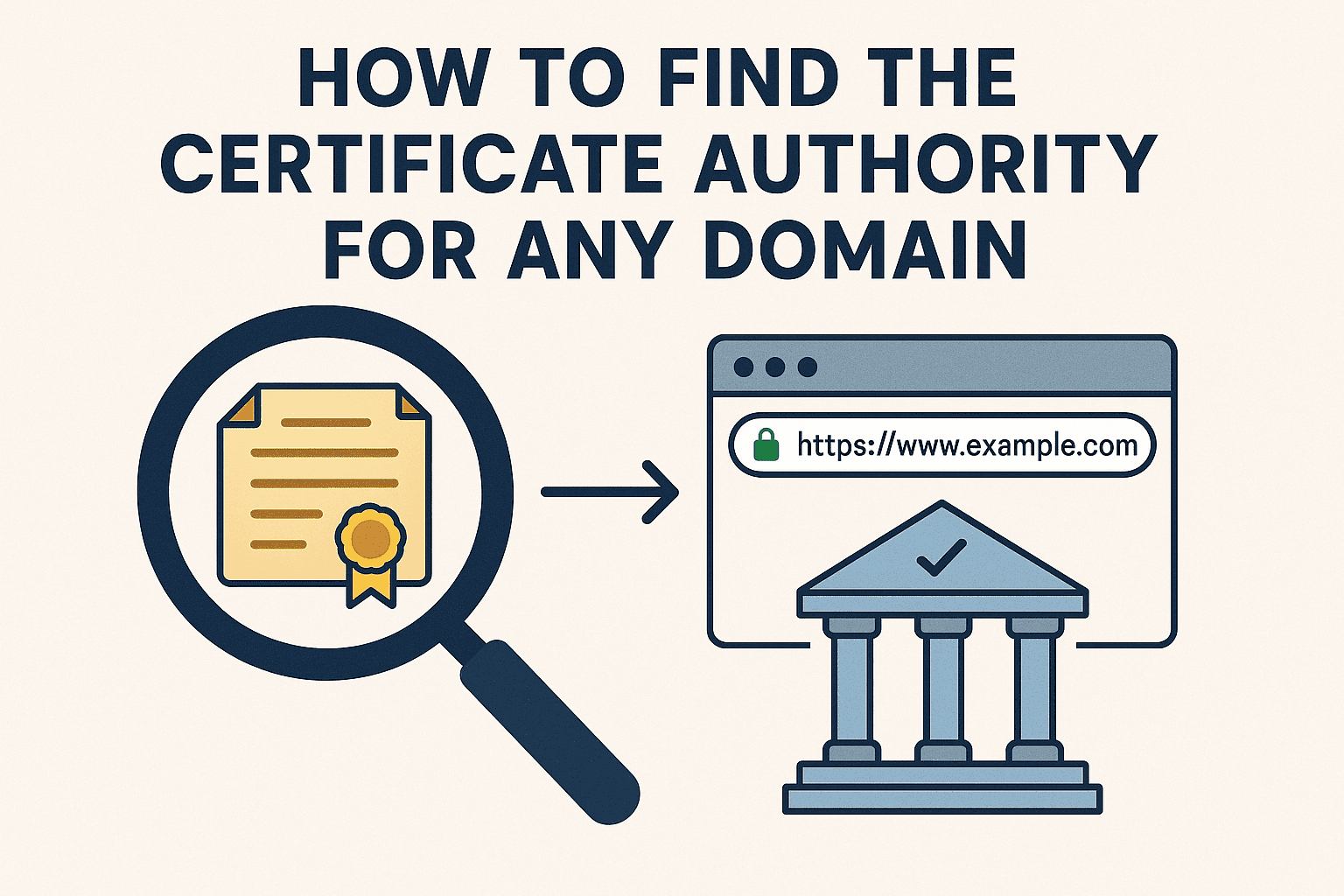
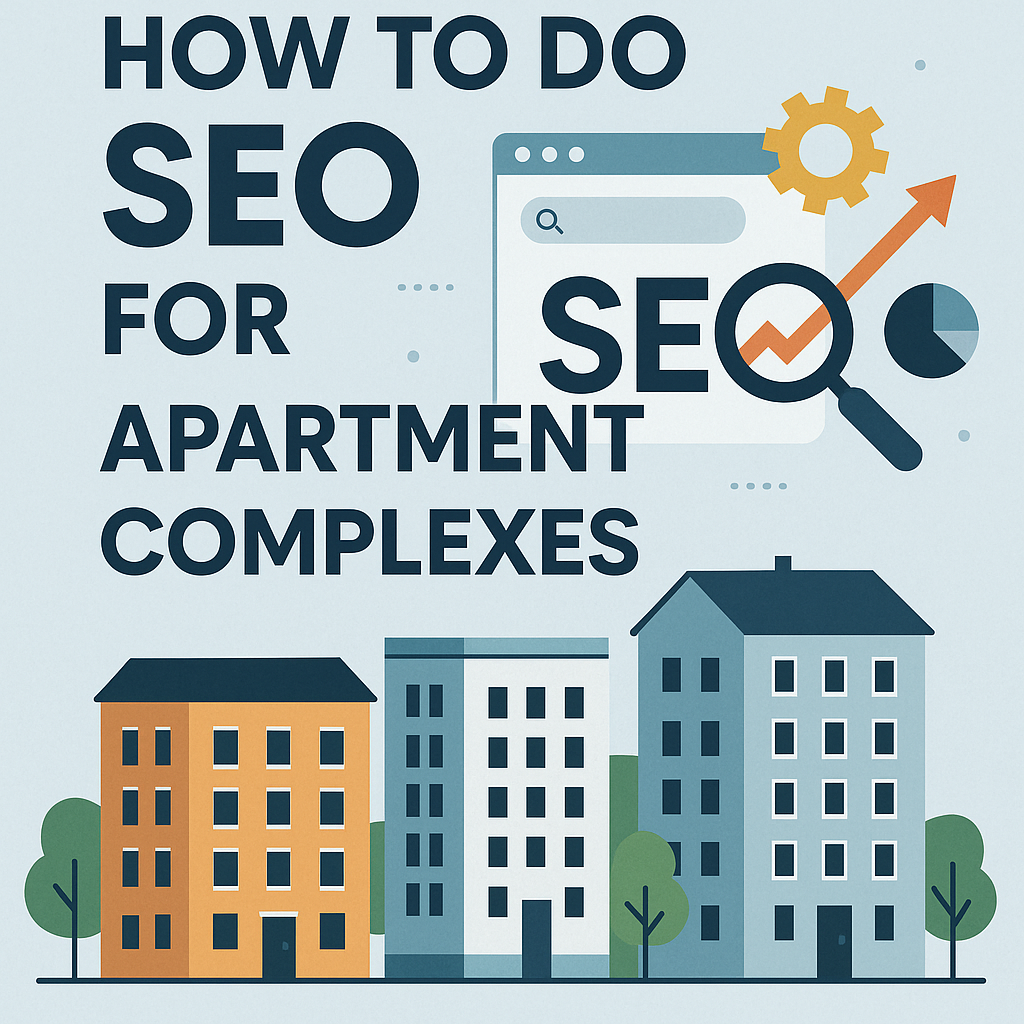
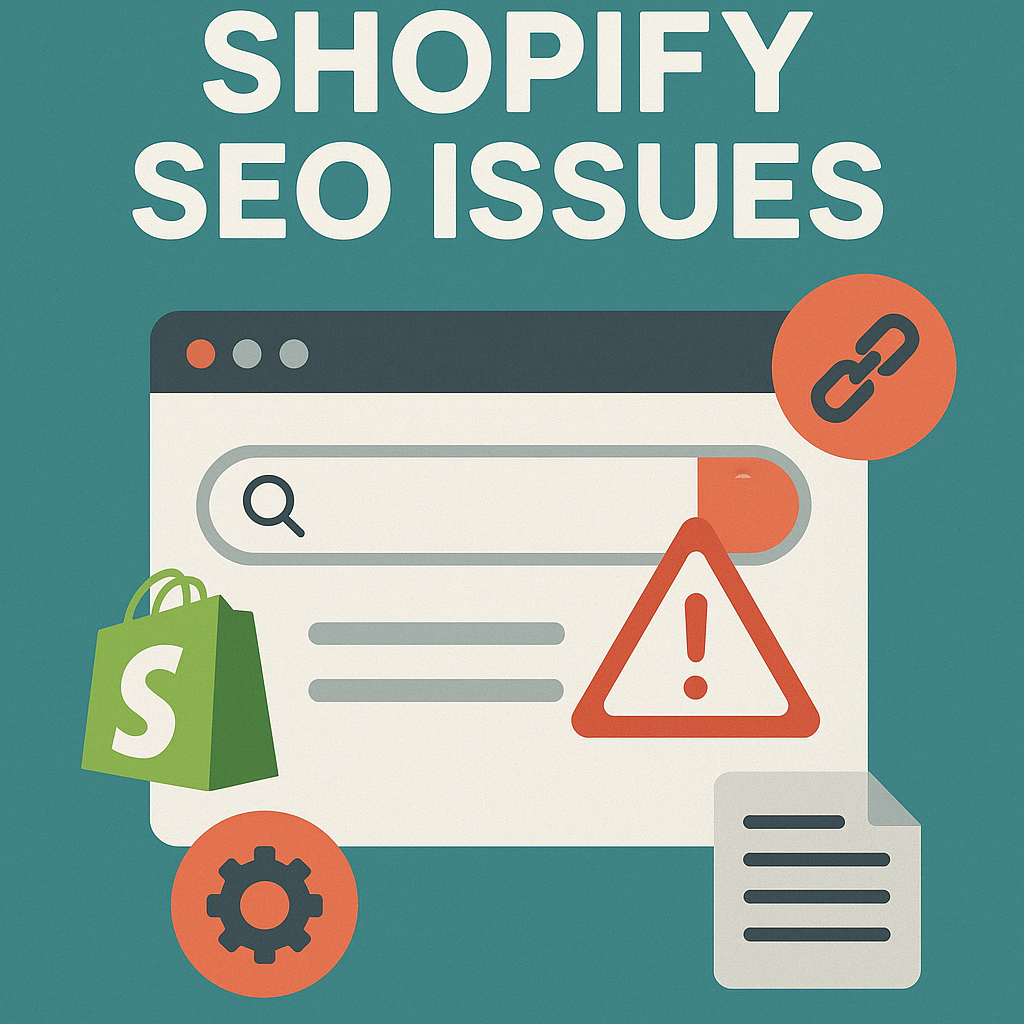
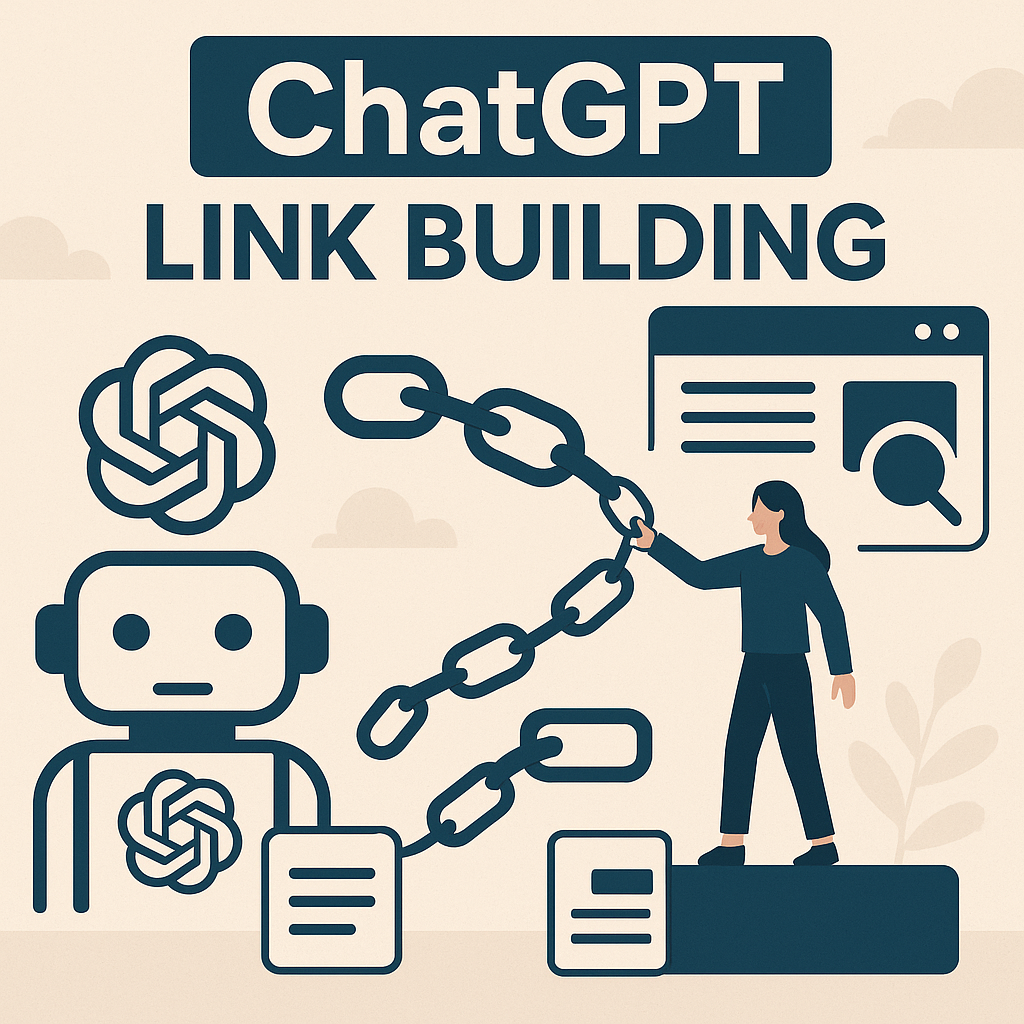
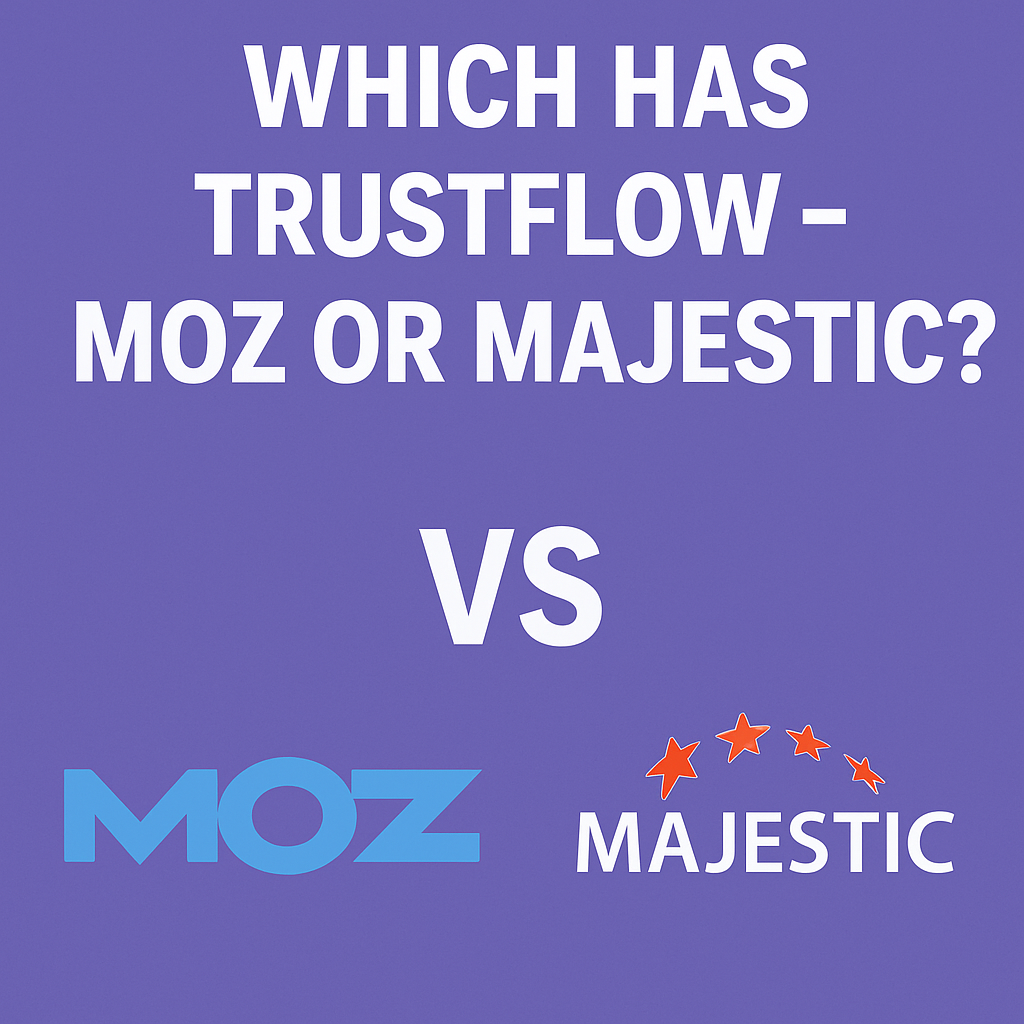
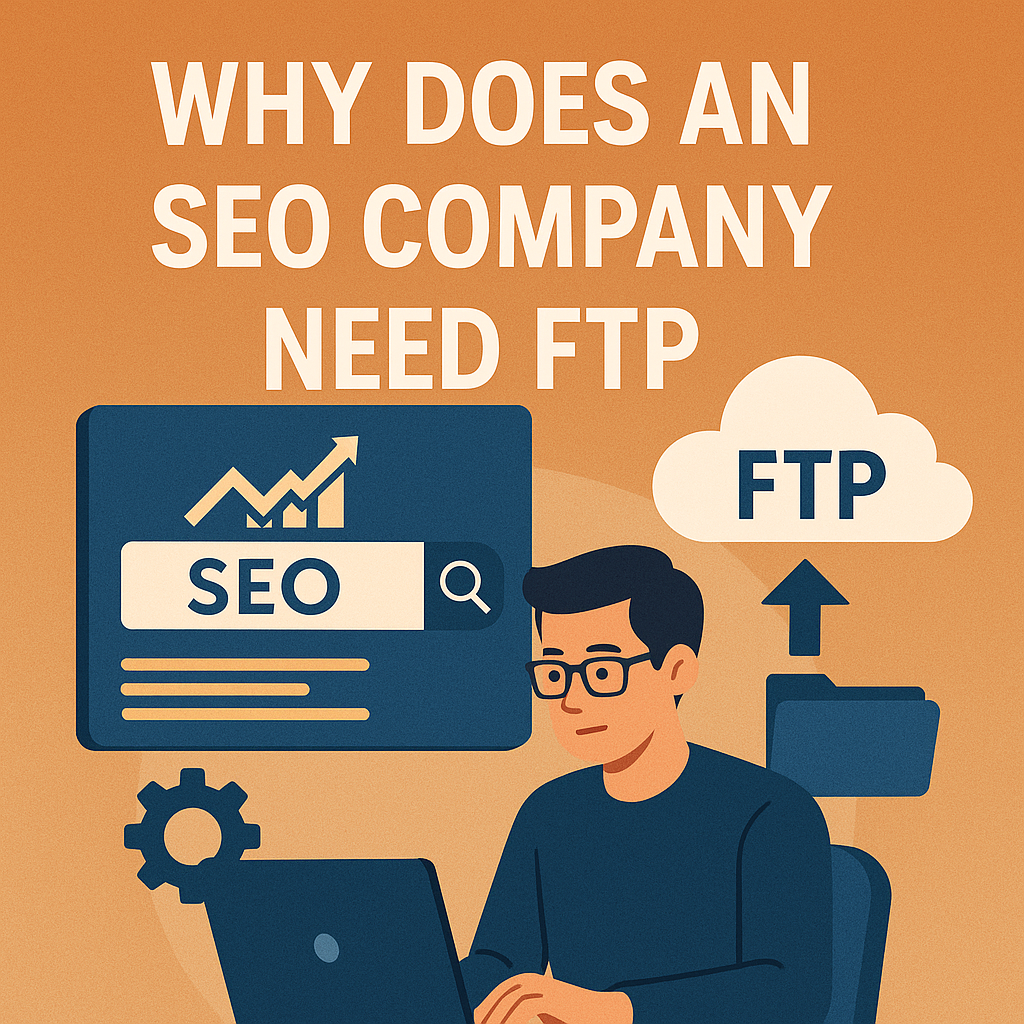
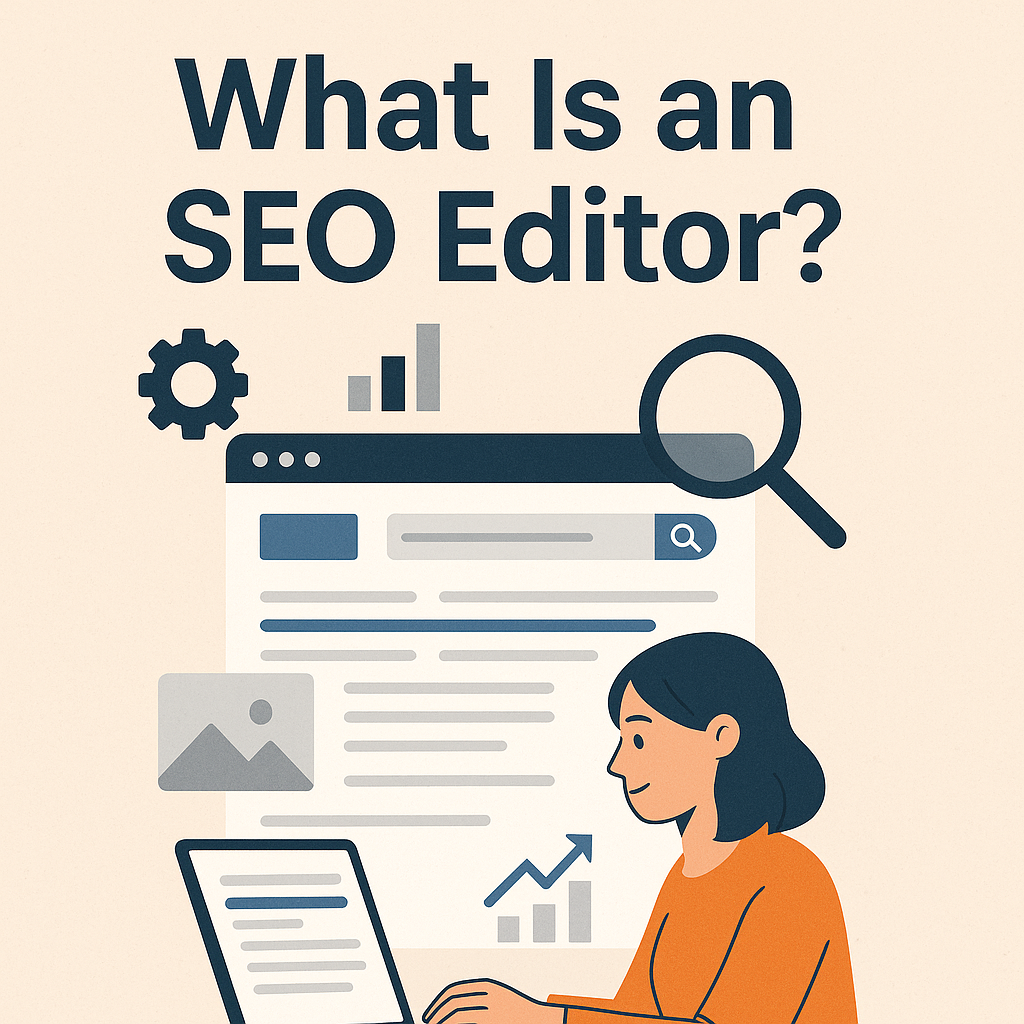
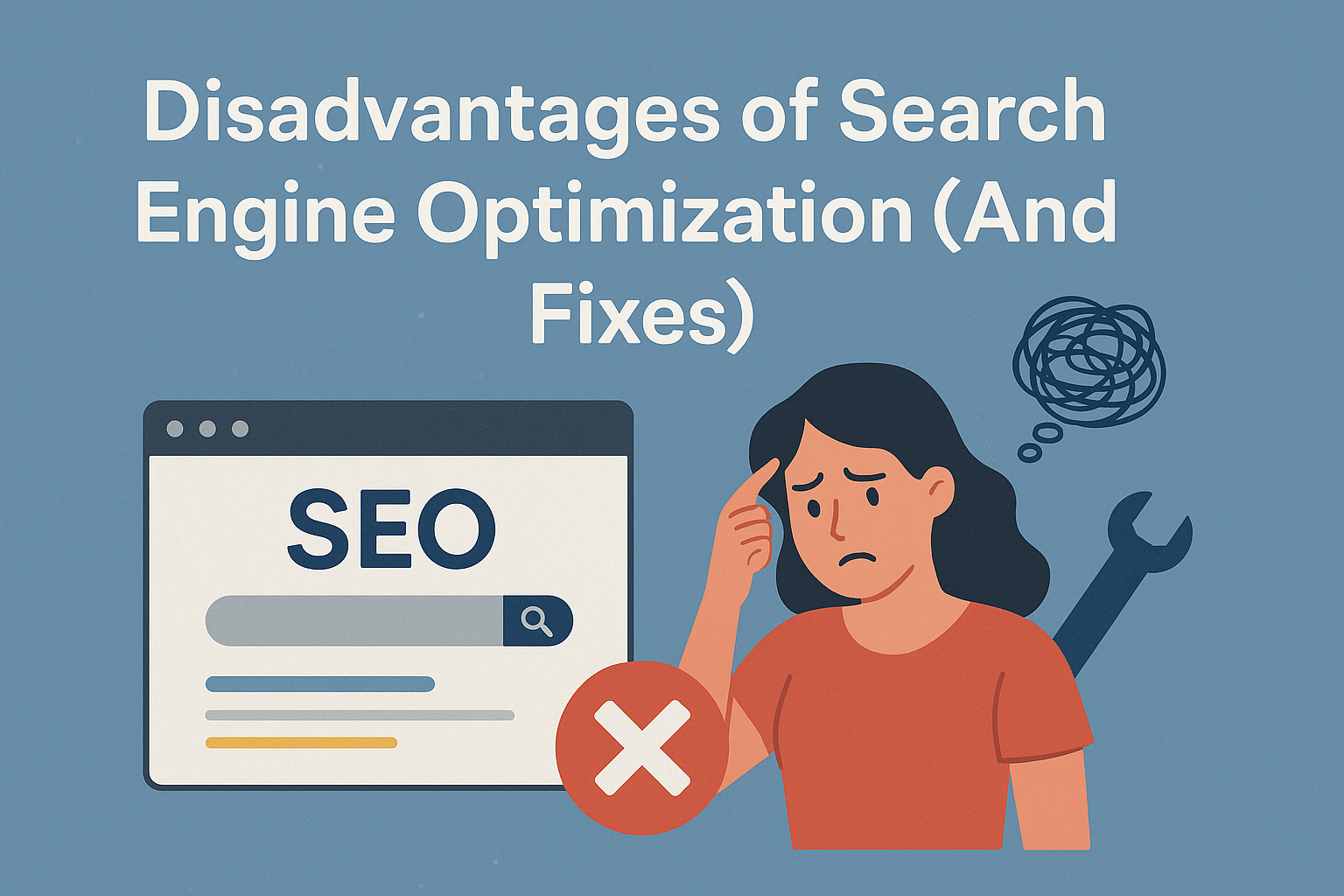
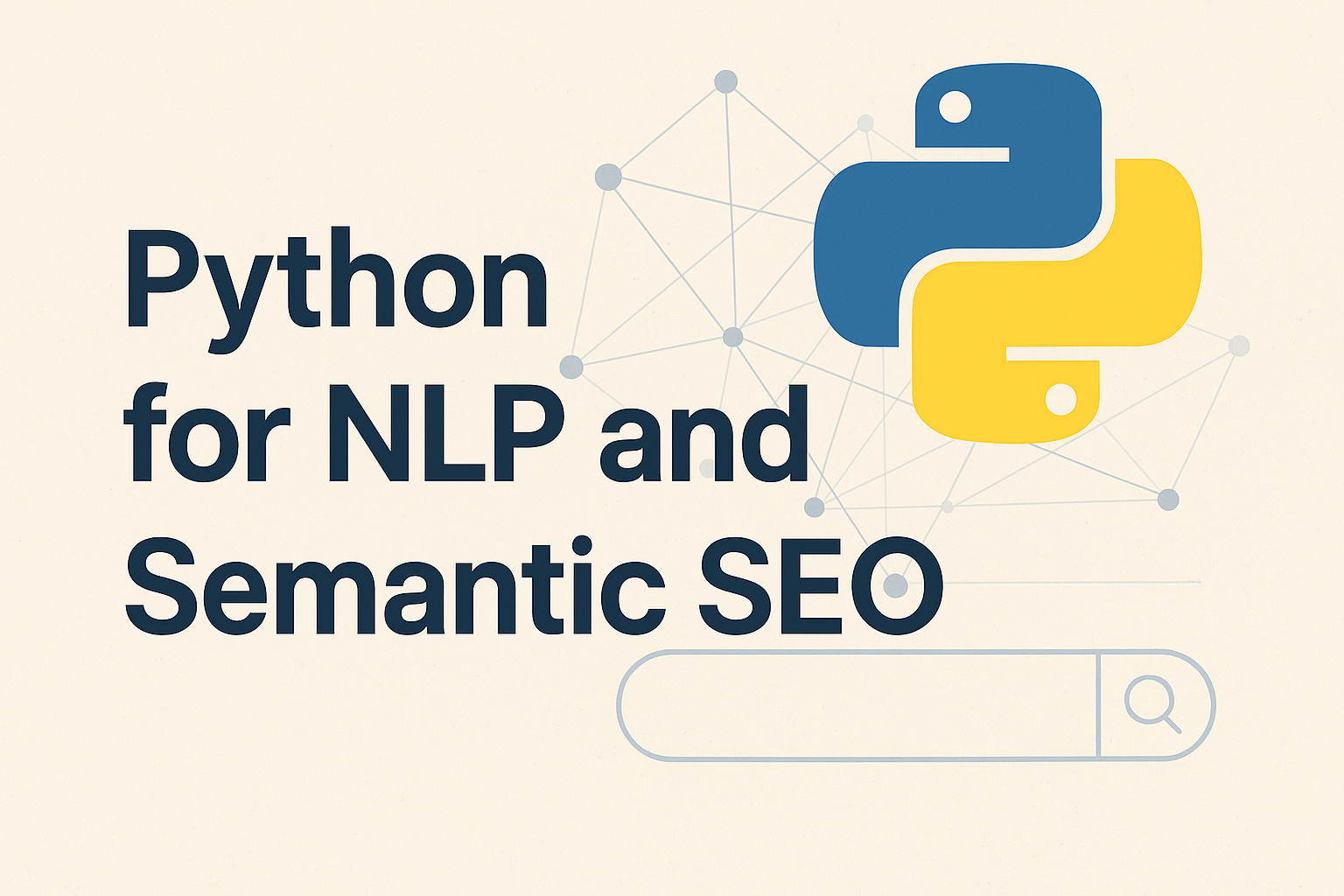
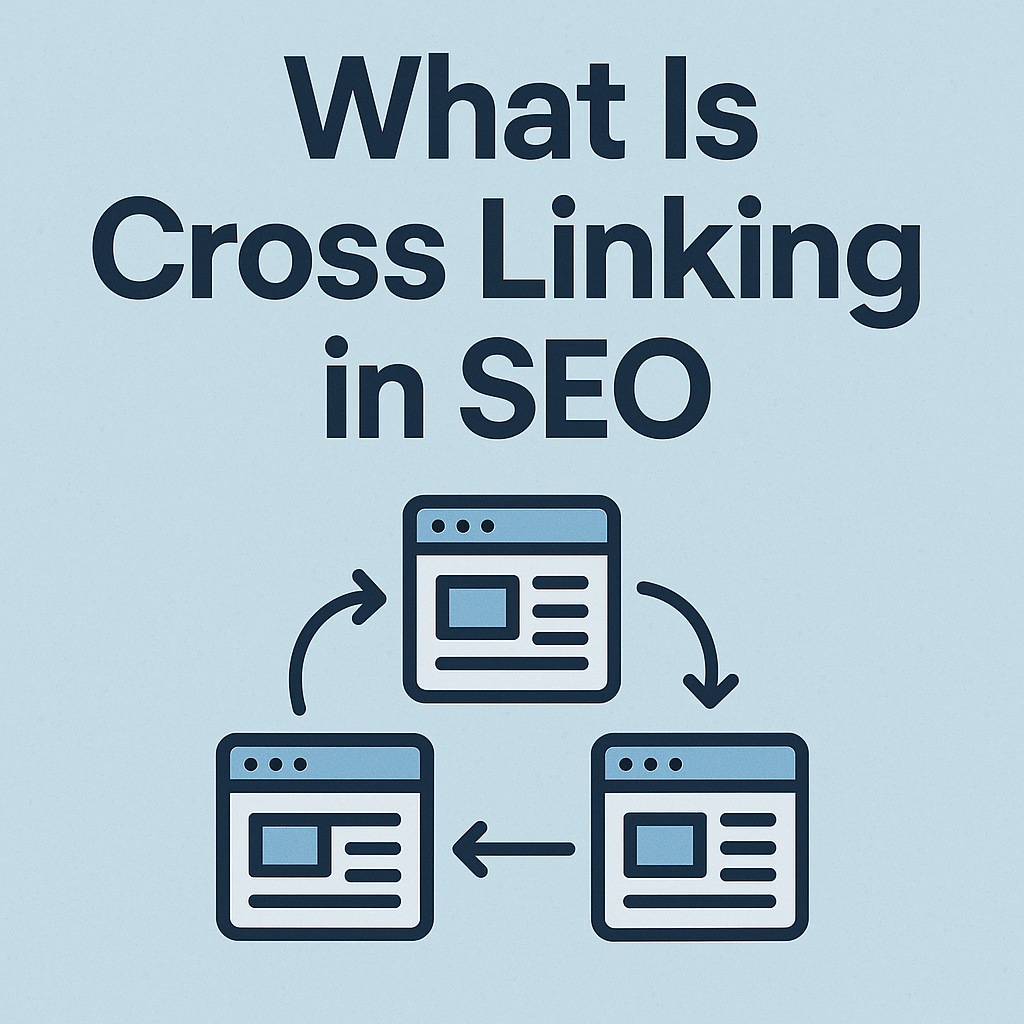

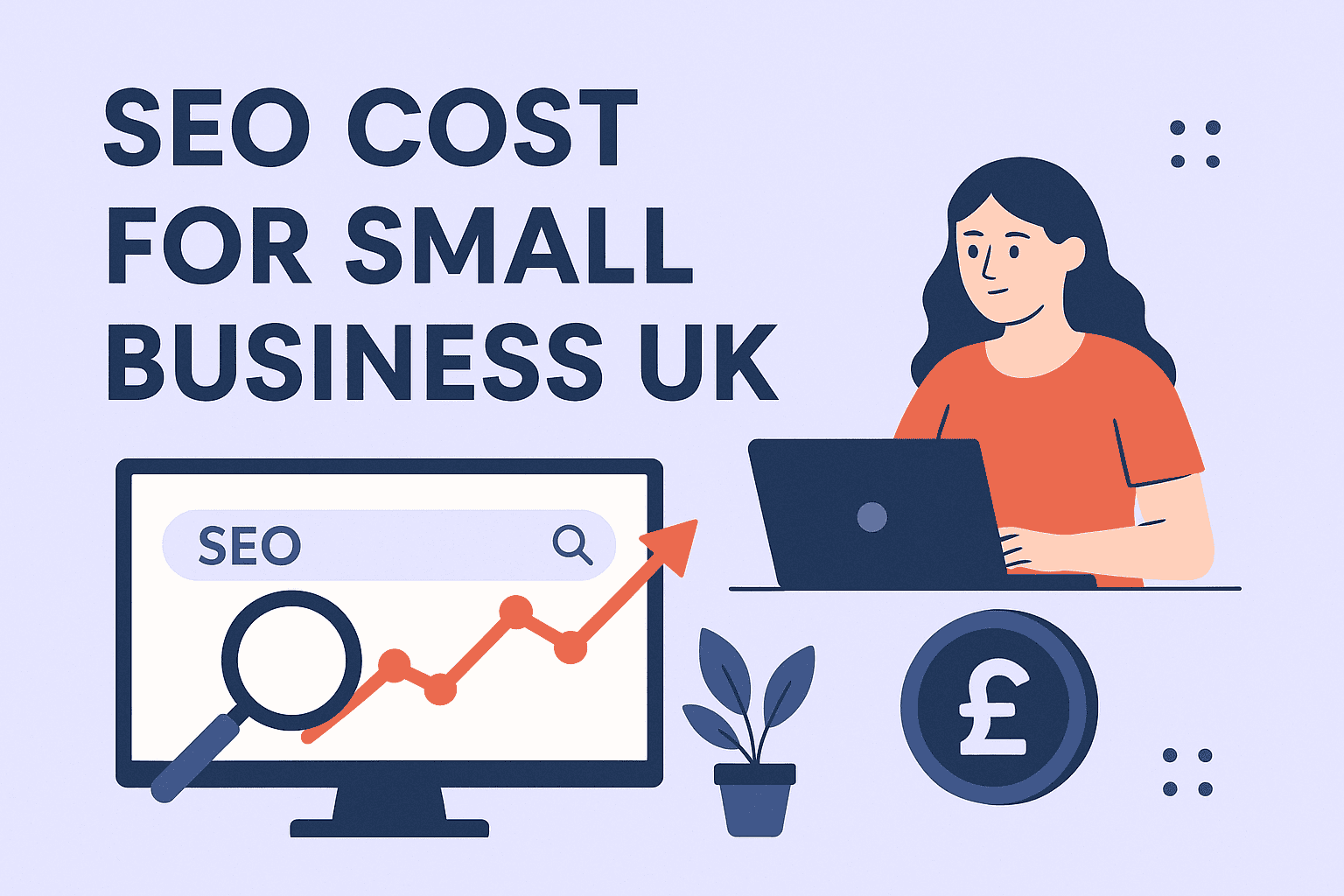
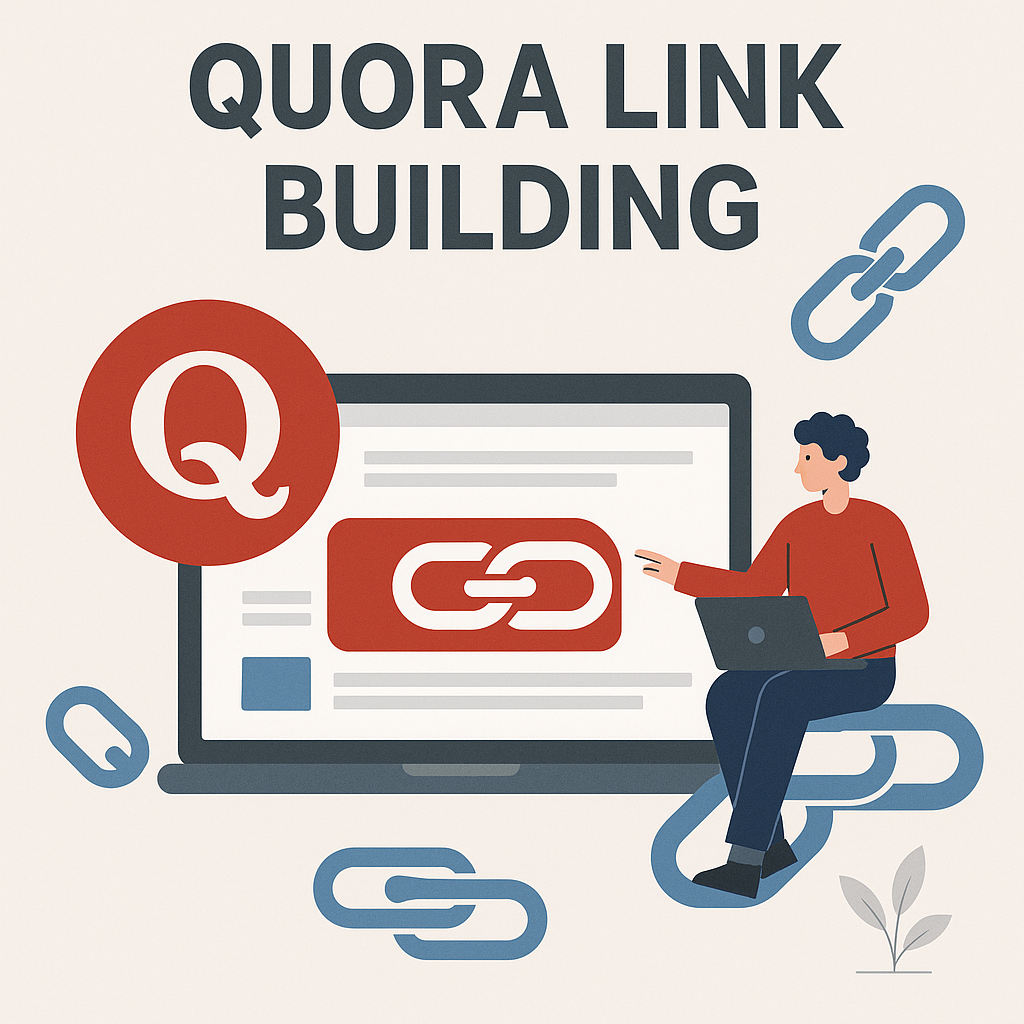
![How Many Outbound Links Per Blog [2025 Updated]](https://backlinkmanagement.io/wp-content/uploads/2025/06/How-Many-Outbound-Links-Per-Blog.png)
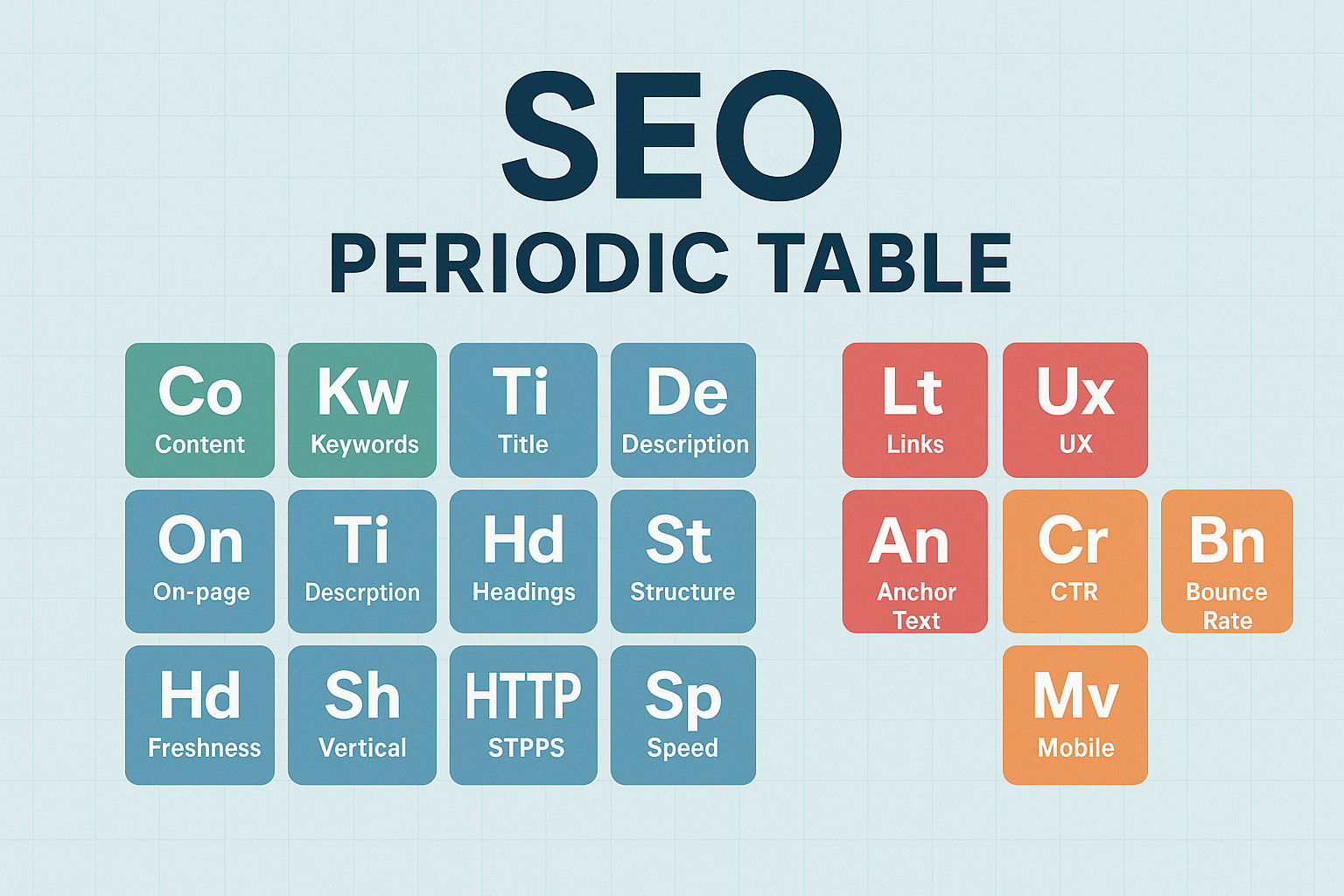
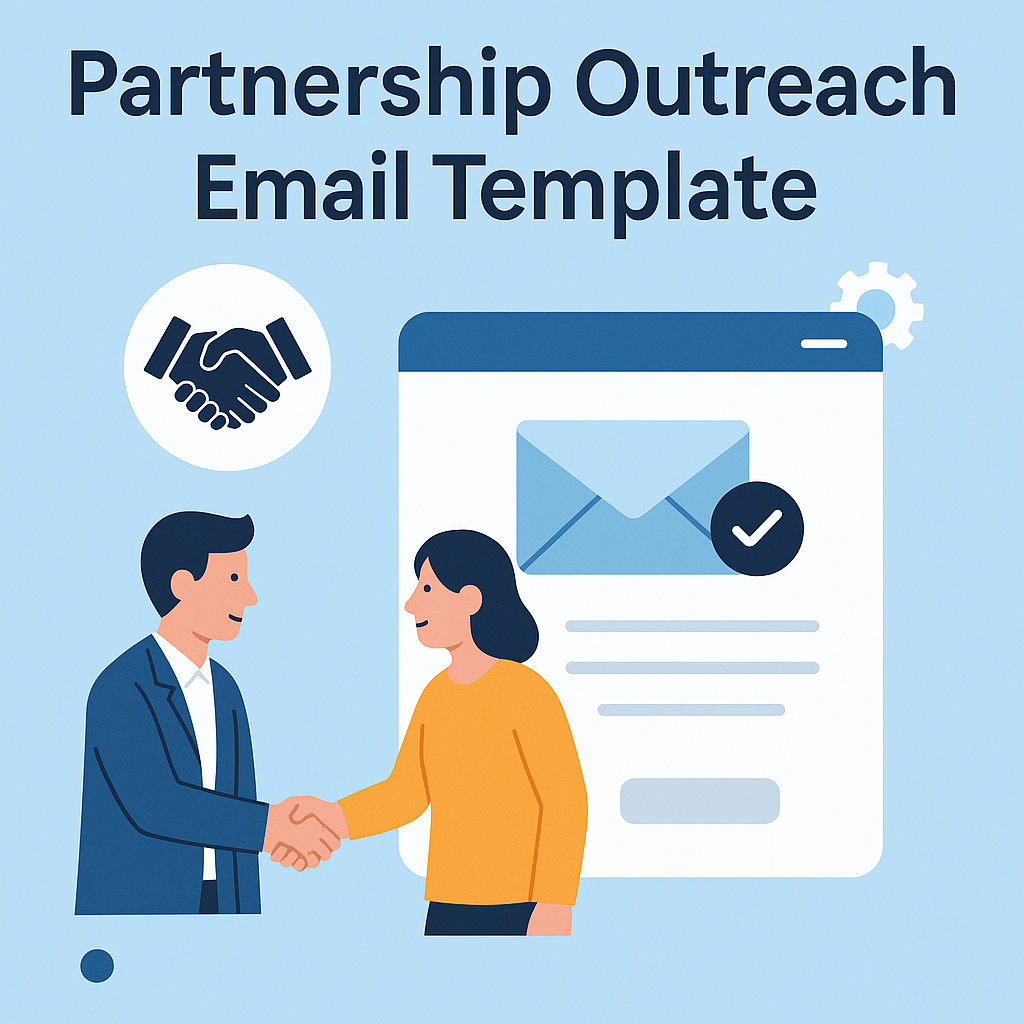
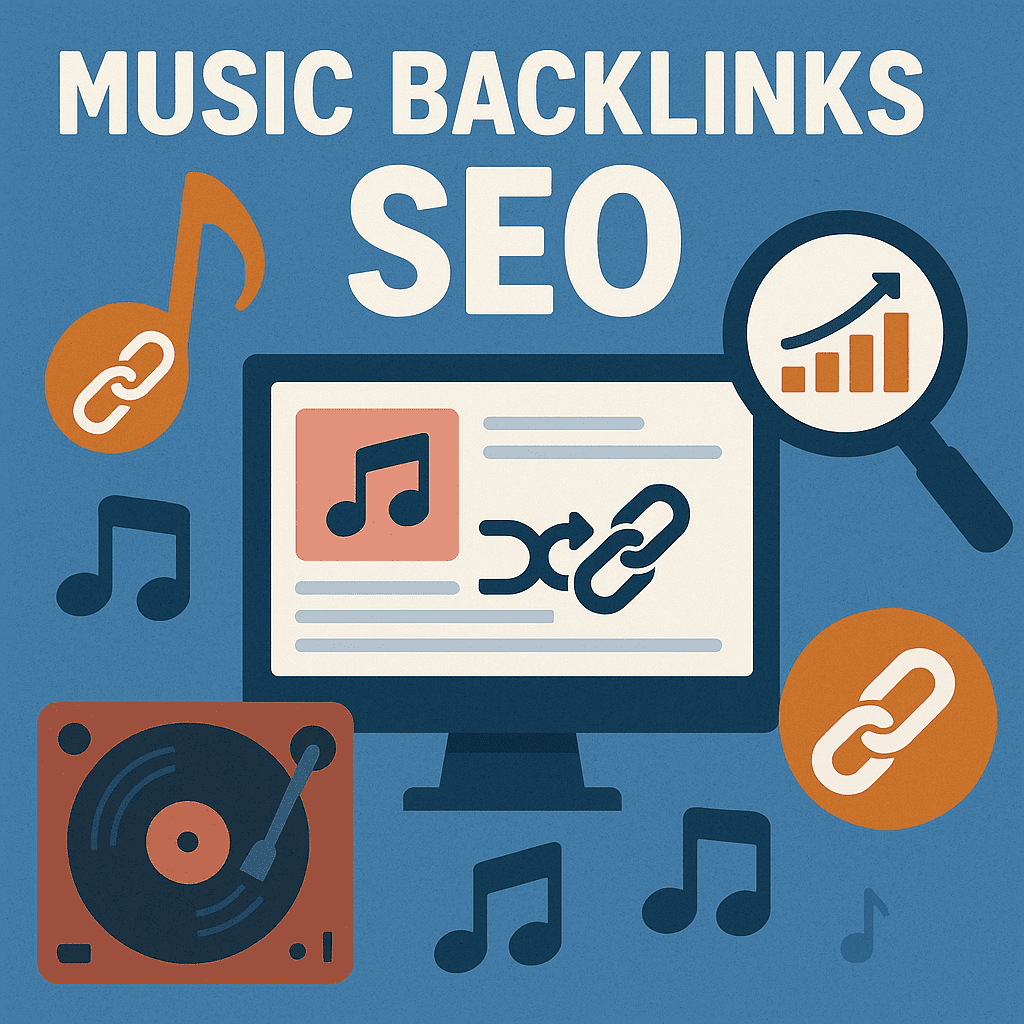

![B2B and B2C Website Examples [2025 Updated]](https://backlinkmanagement.io/wp-content/uploads/2025/05/B2B-and-B2C-Website-Example-.png)
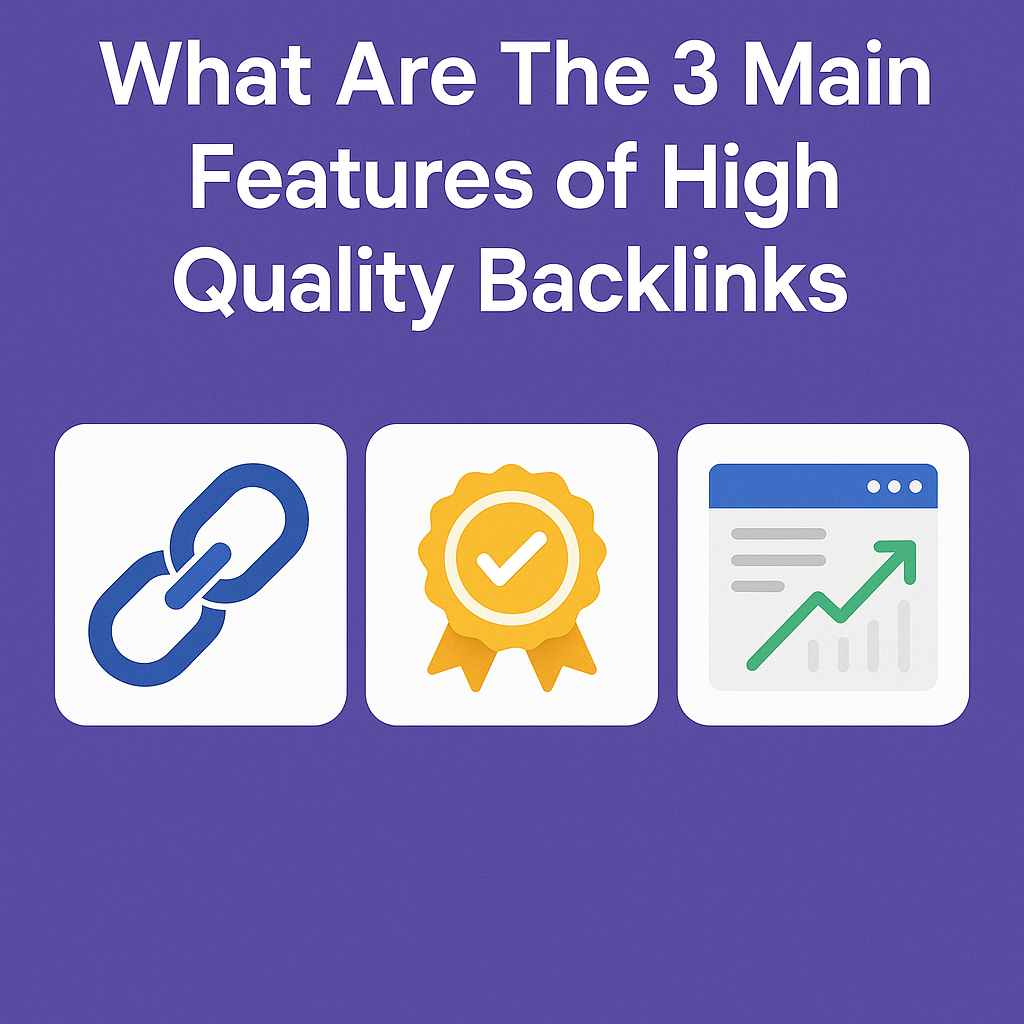
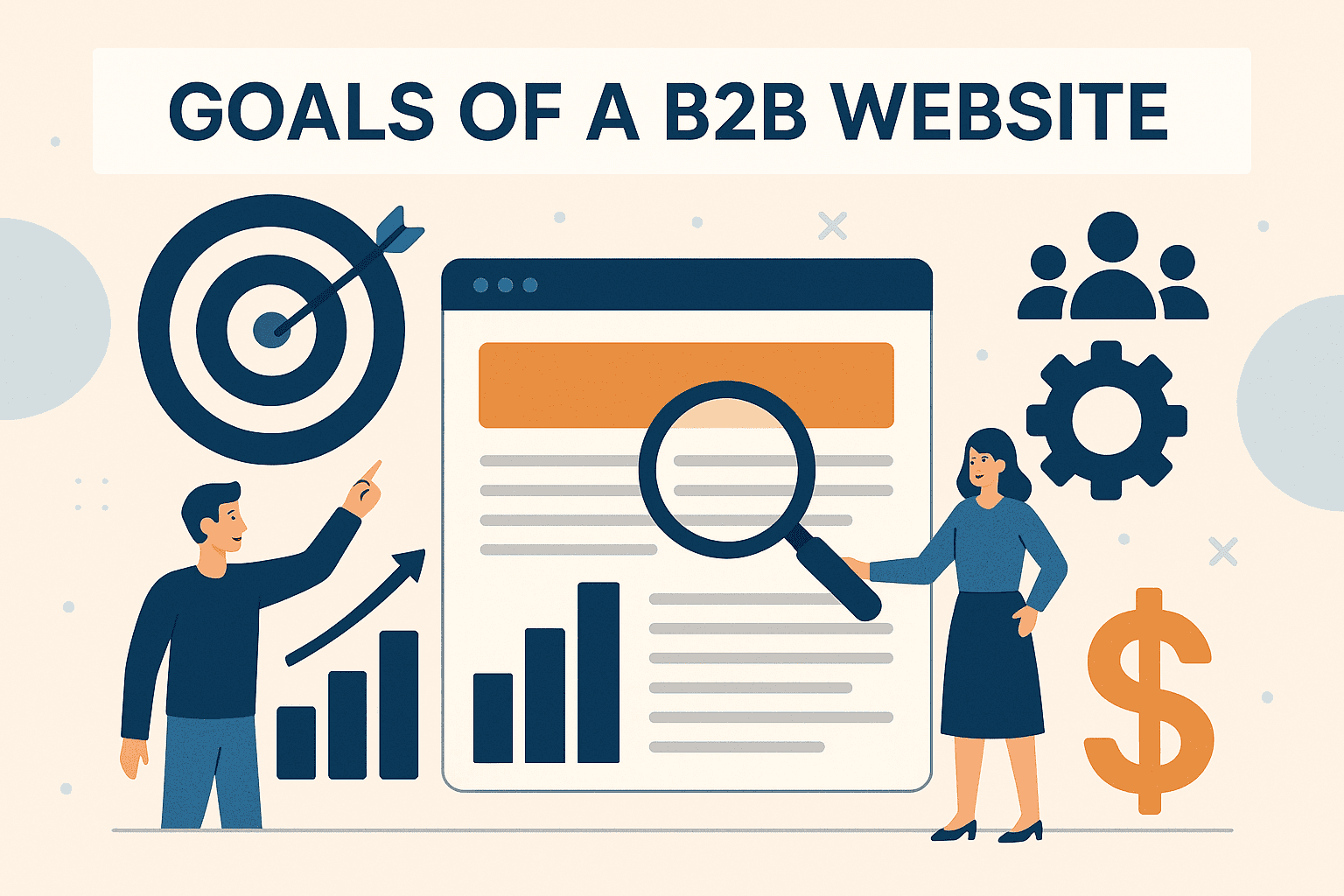
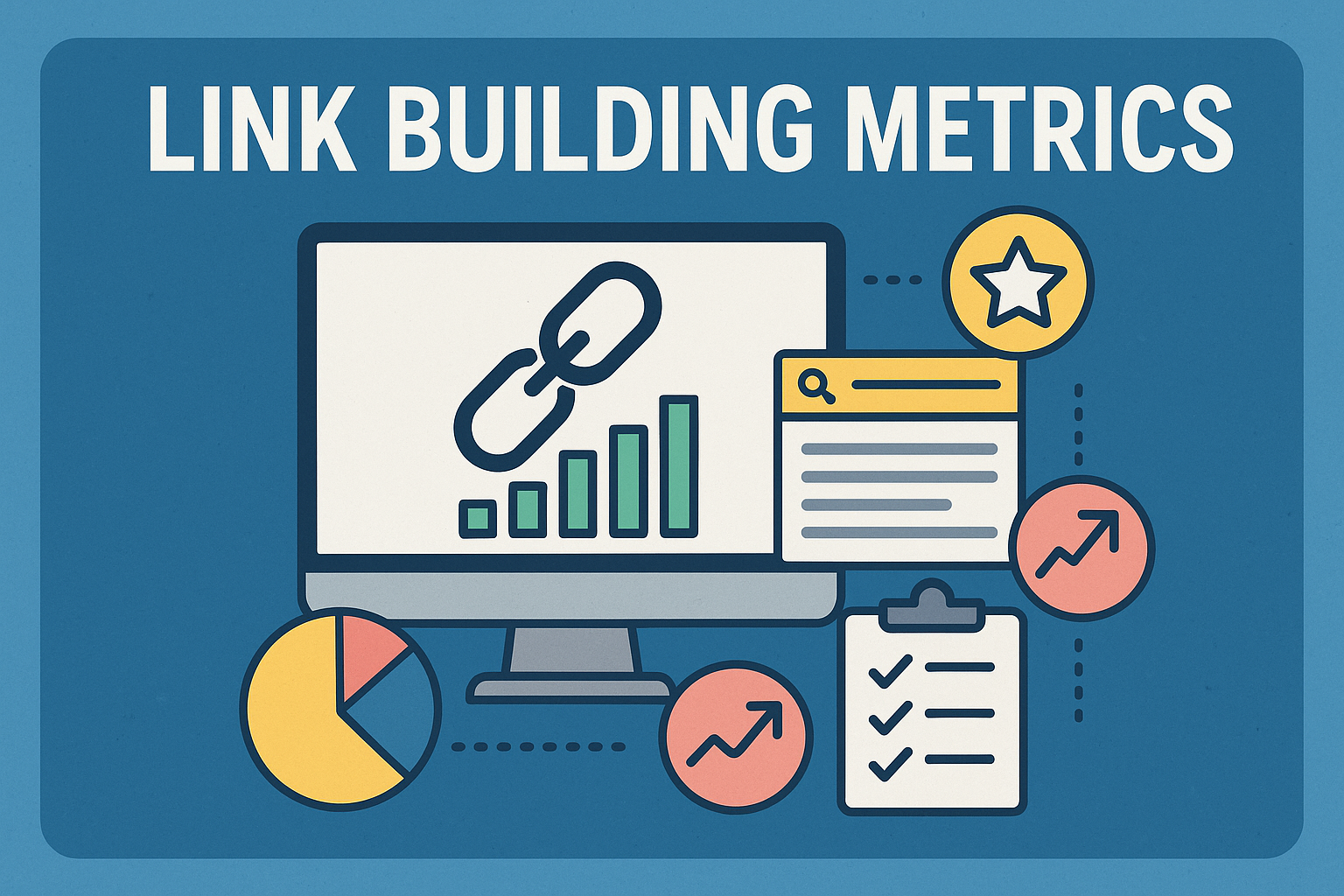
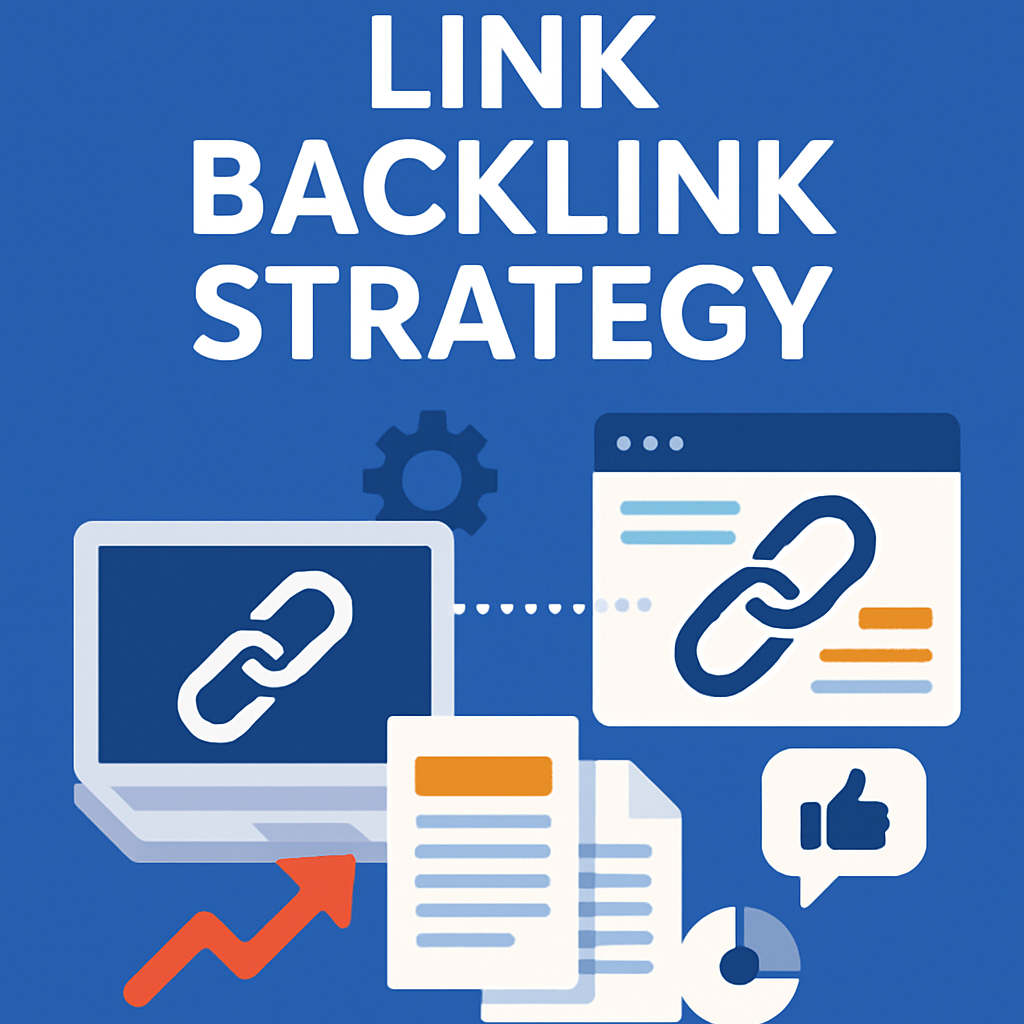
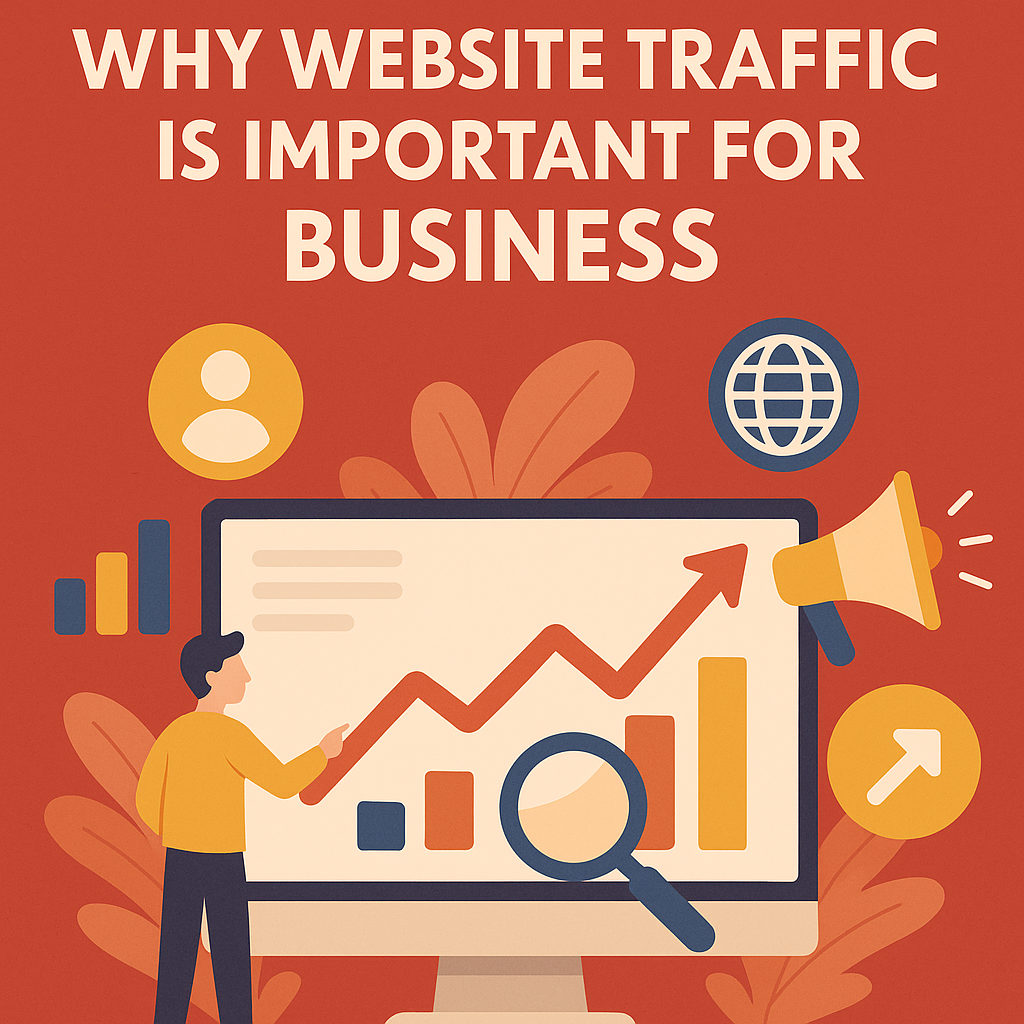
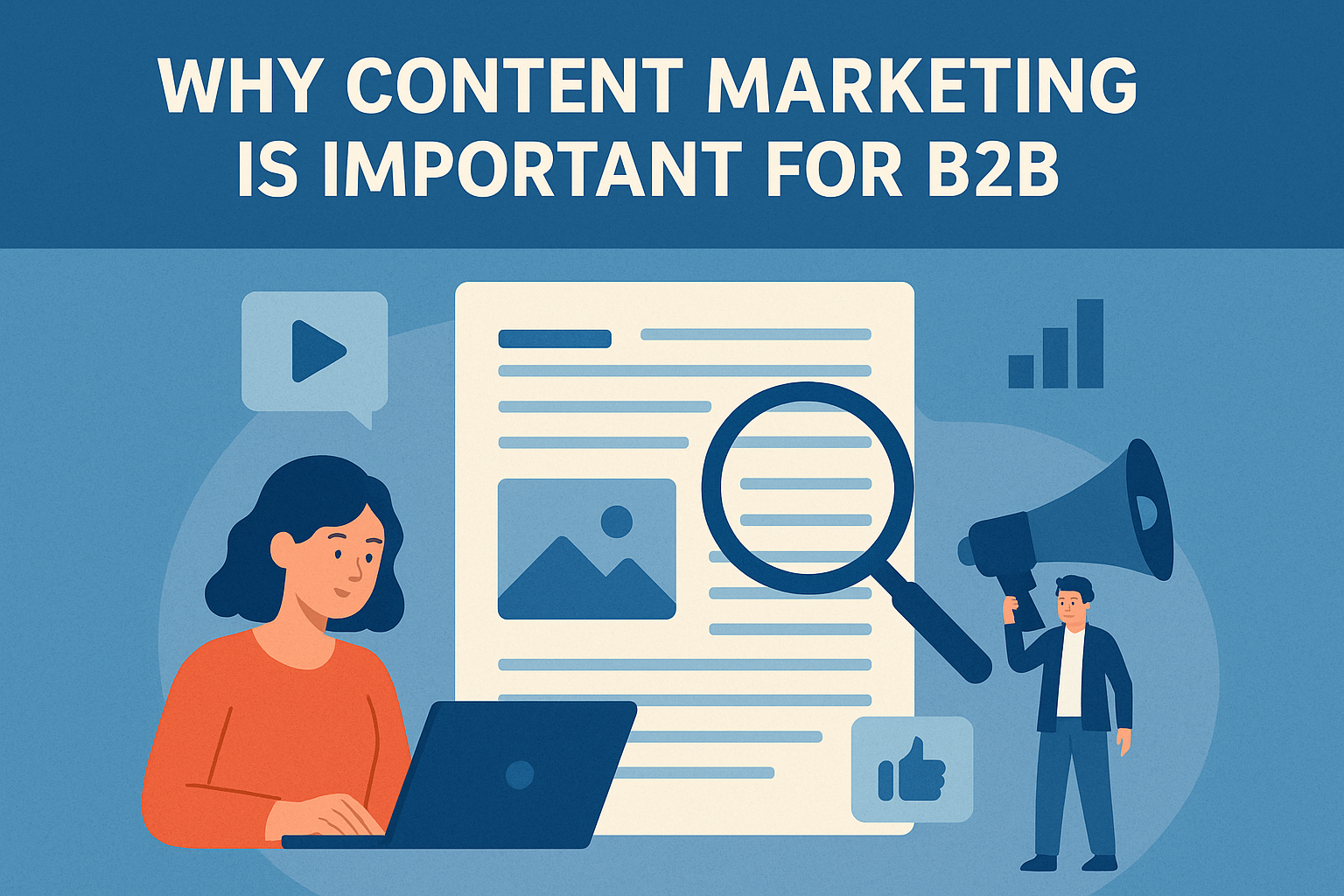
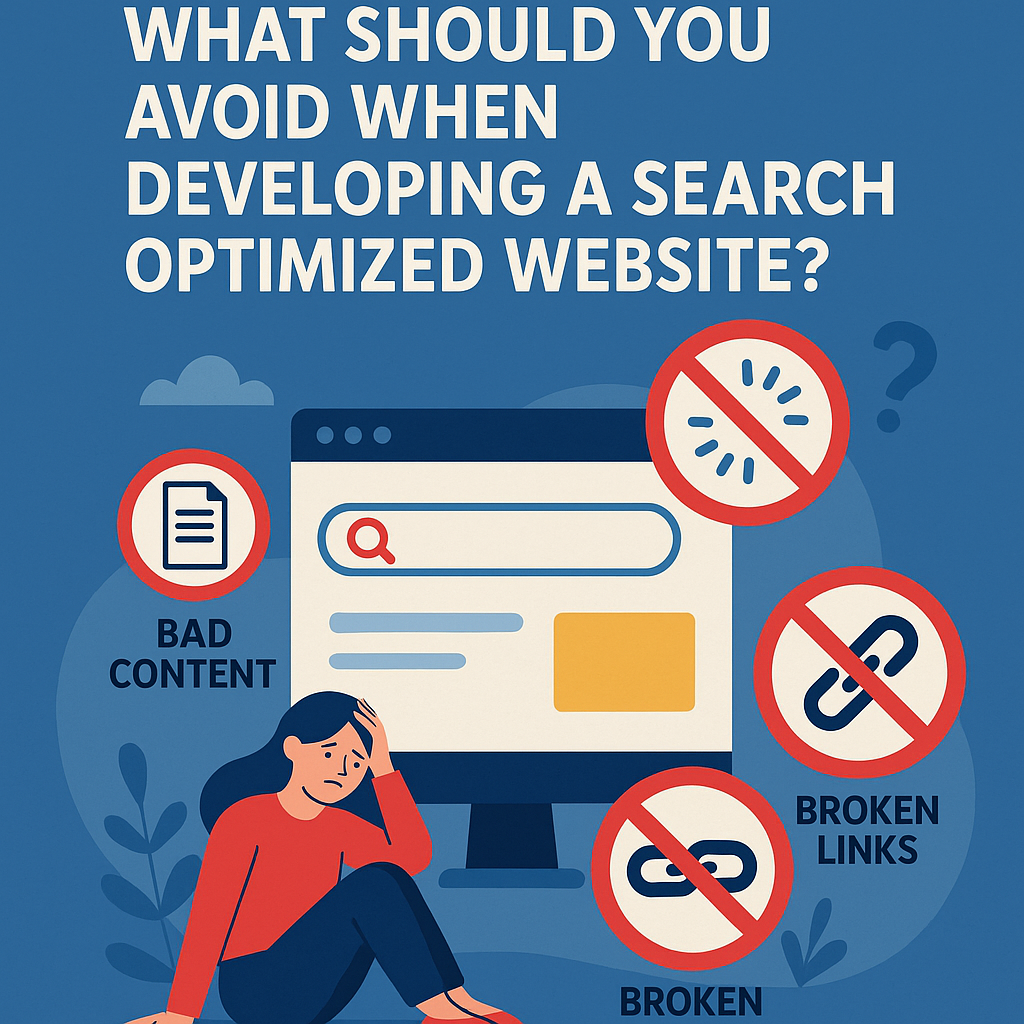
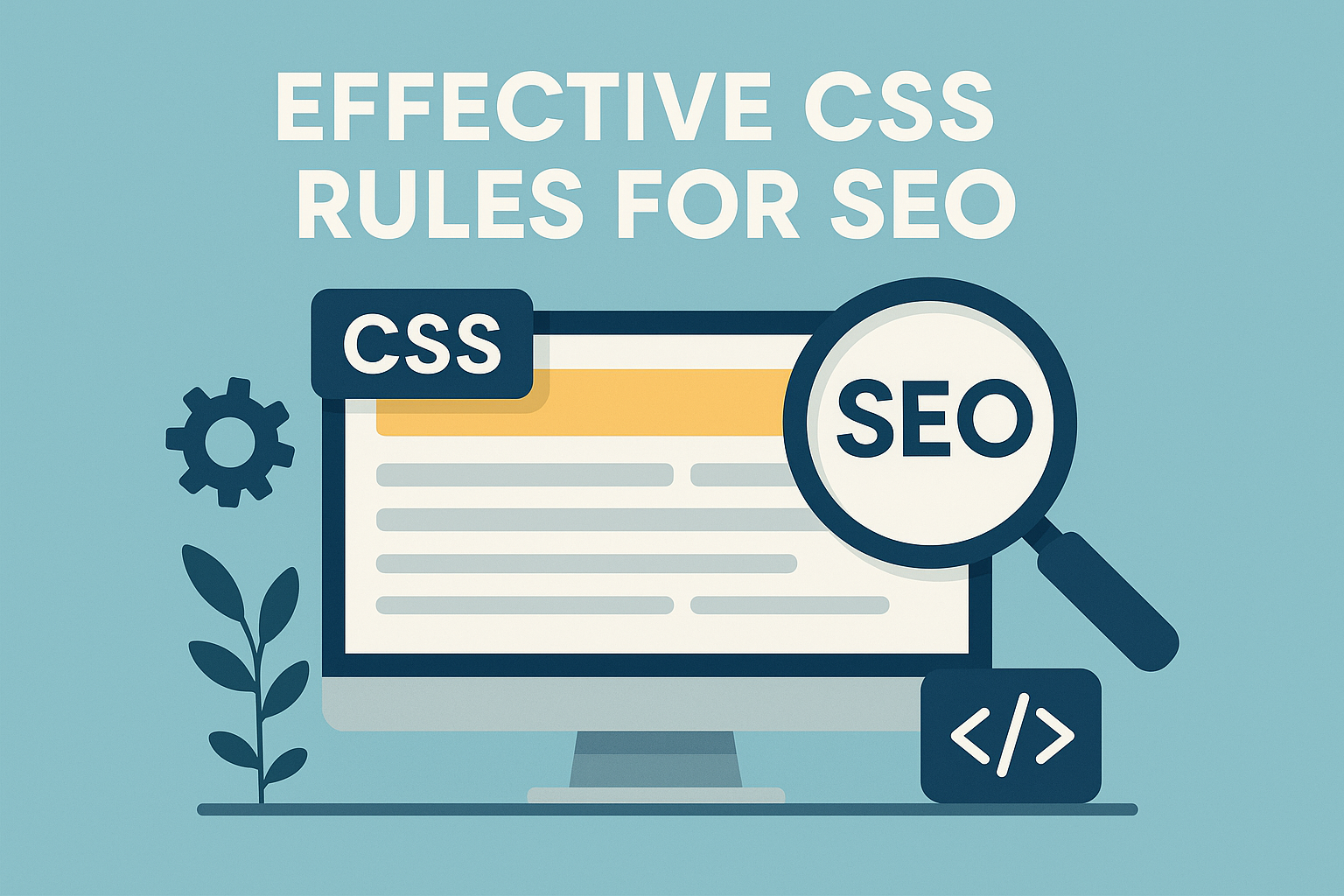
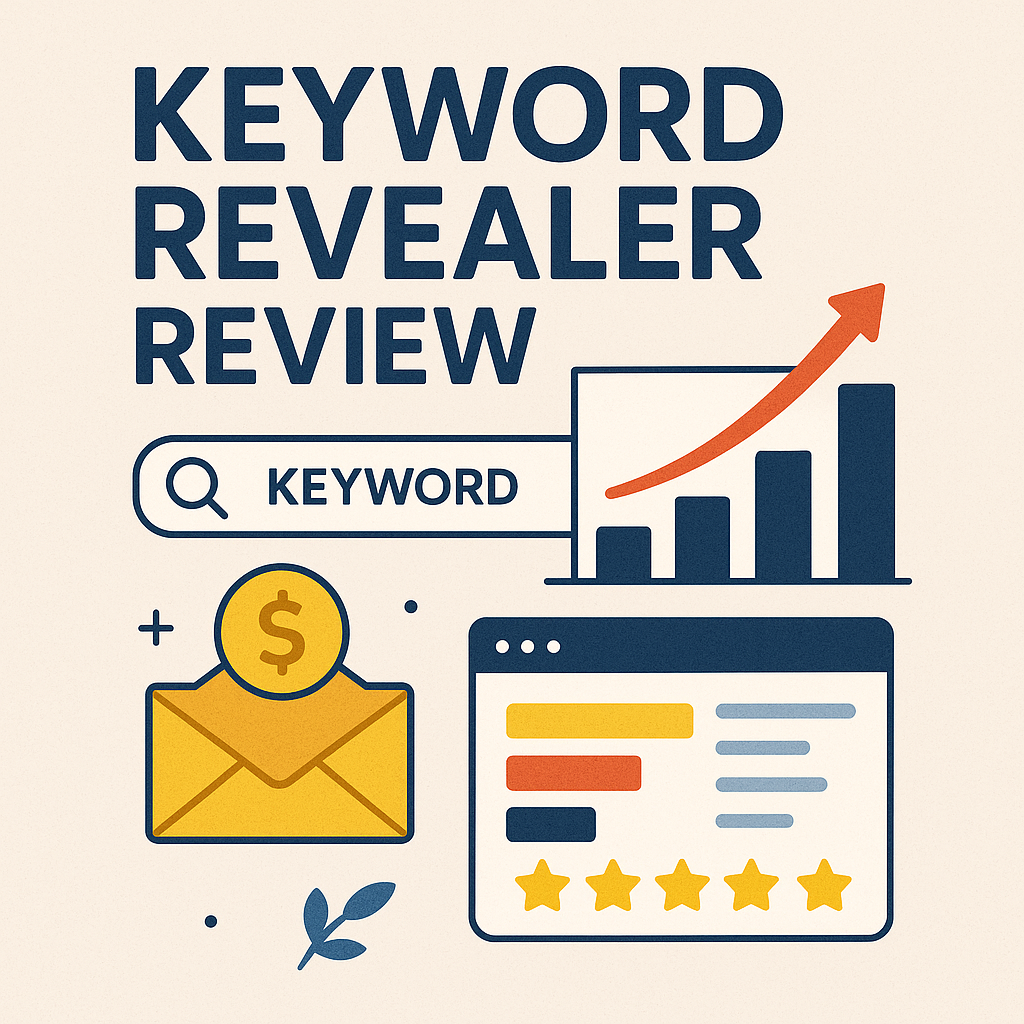
![What To Do After Keyword Research [2025 Guide]](https://backlinkmanagement.io/wp-content/uploads/2025/05/What-To-Do-After-Keyword-Research.png)
![Is Page Speed Really A Ranking Factor? [2025]](https://backlinkmanagement.io/wp-content/uploads/2025/05/Is-Page-Speed-Really-A-Ranking-Factor.png)
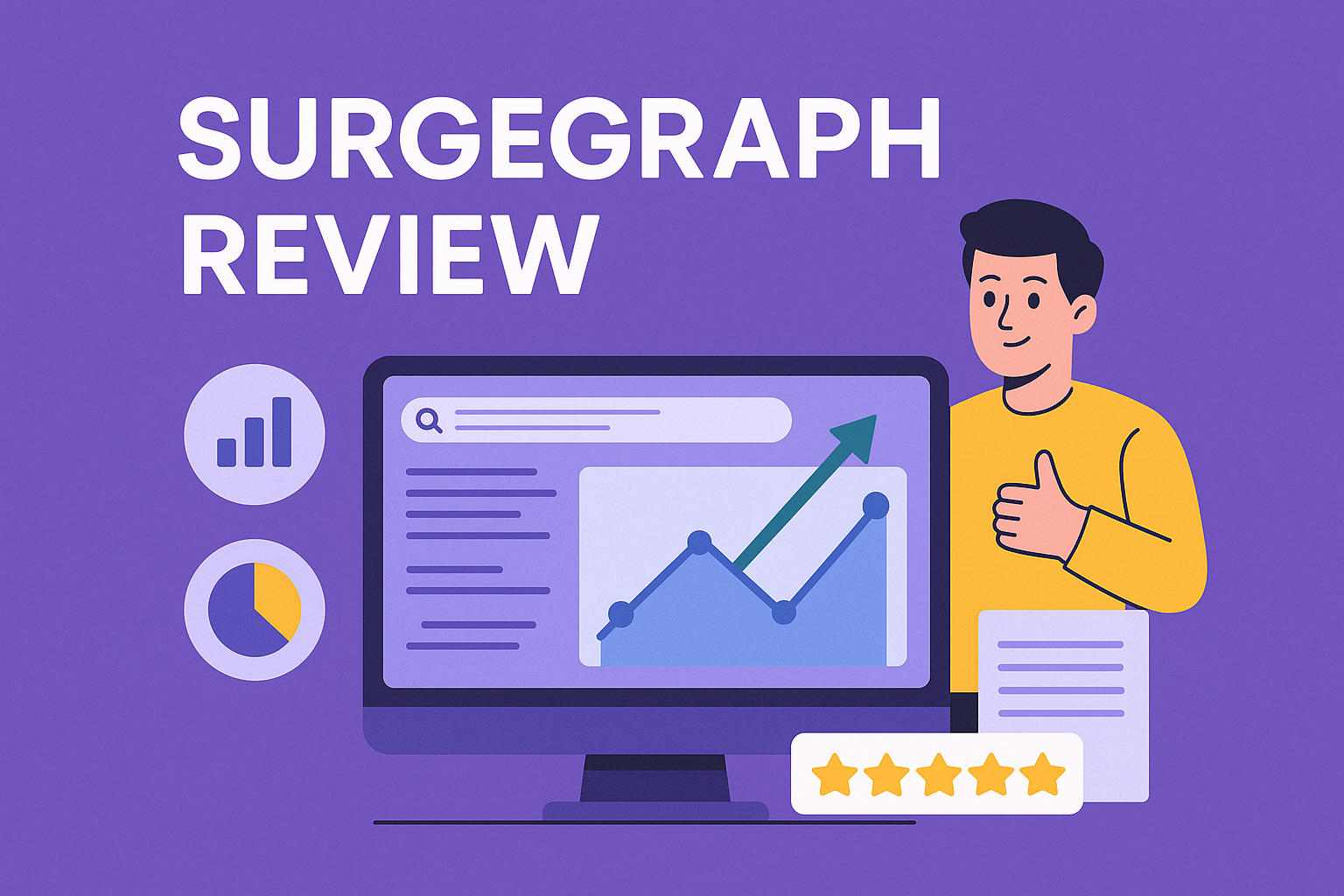
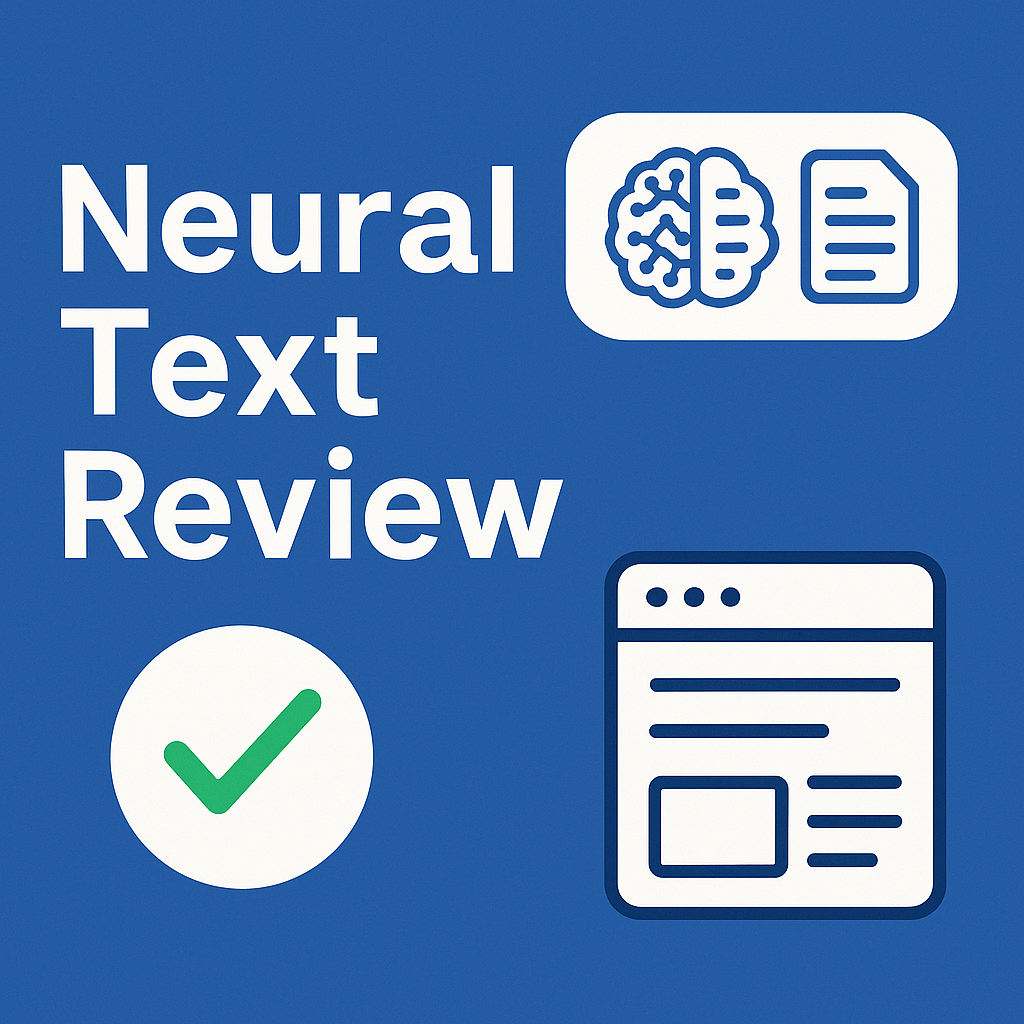
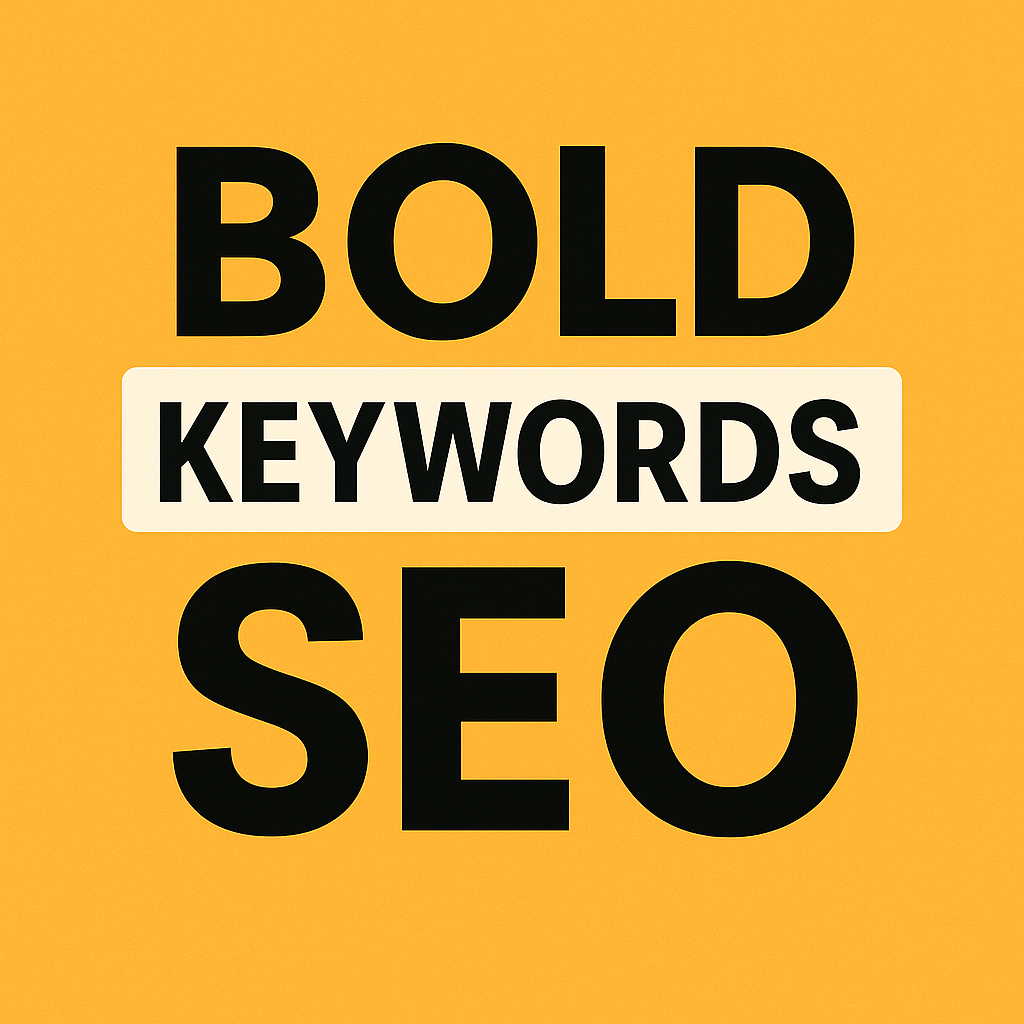
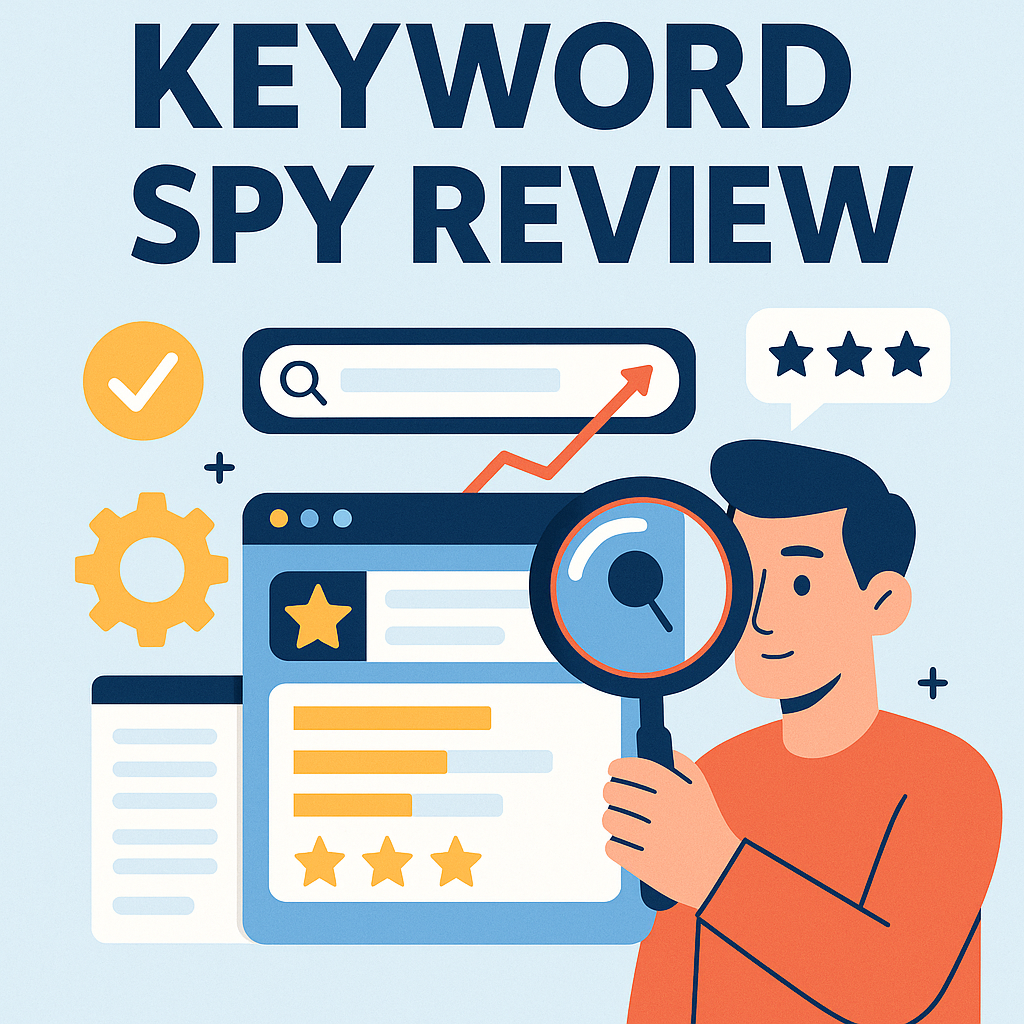


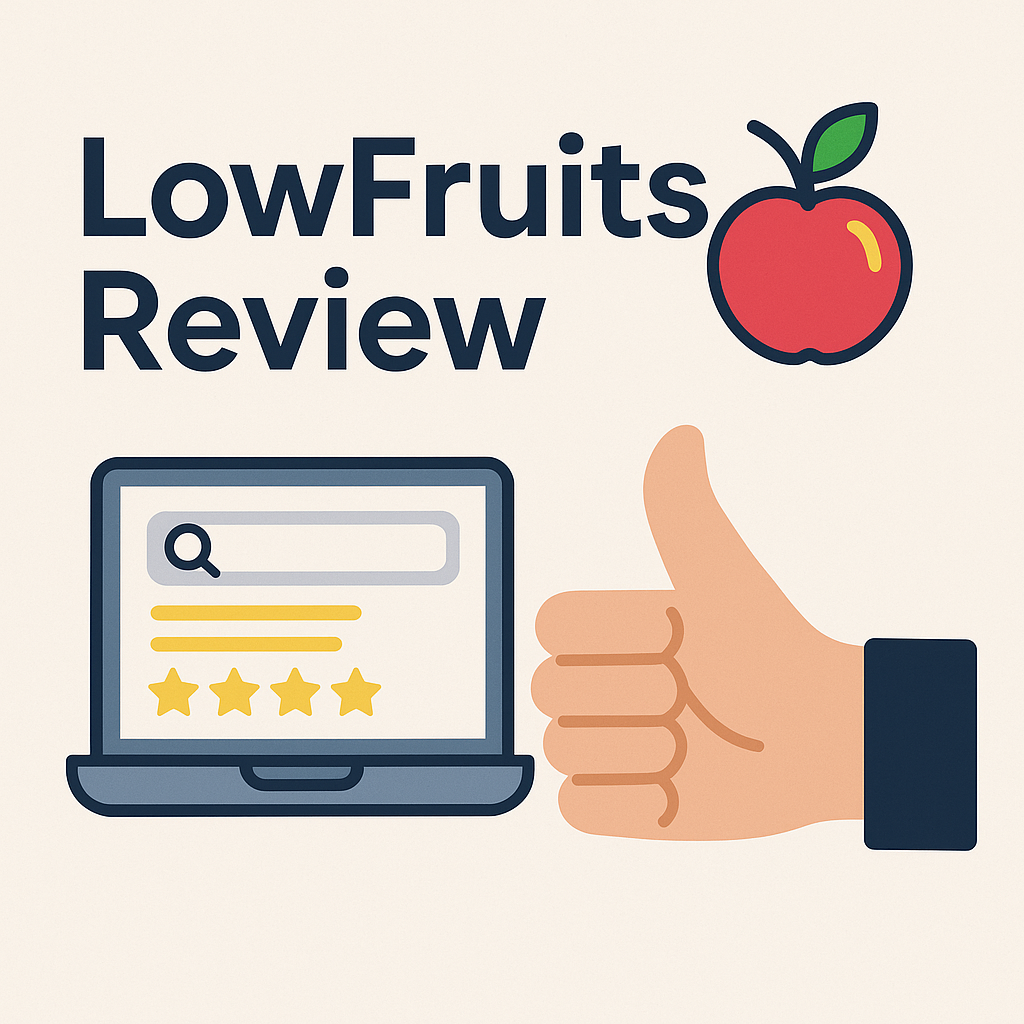
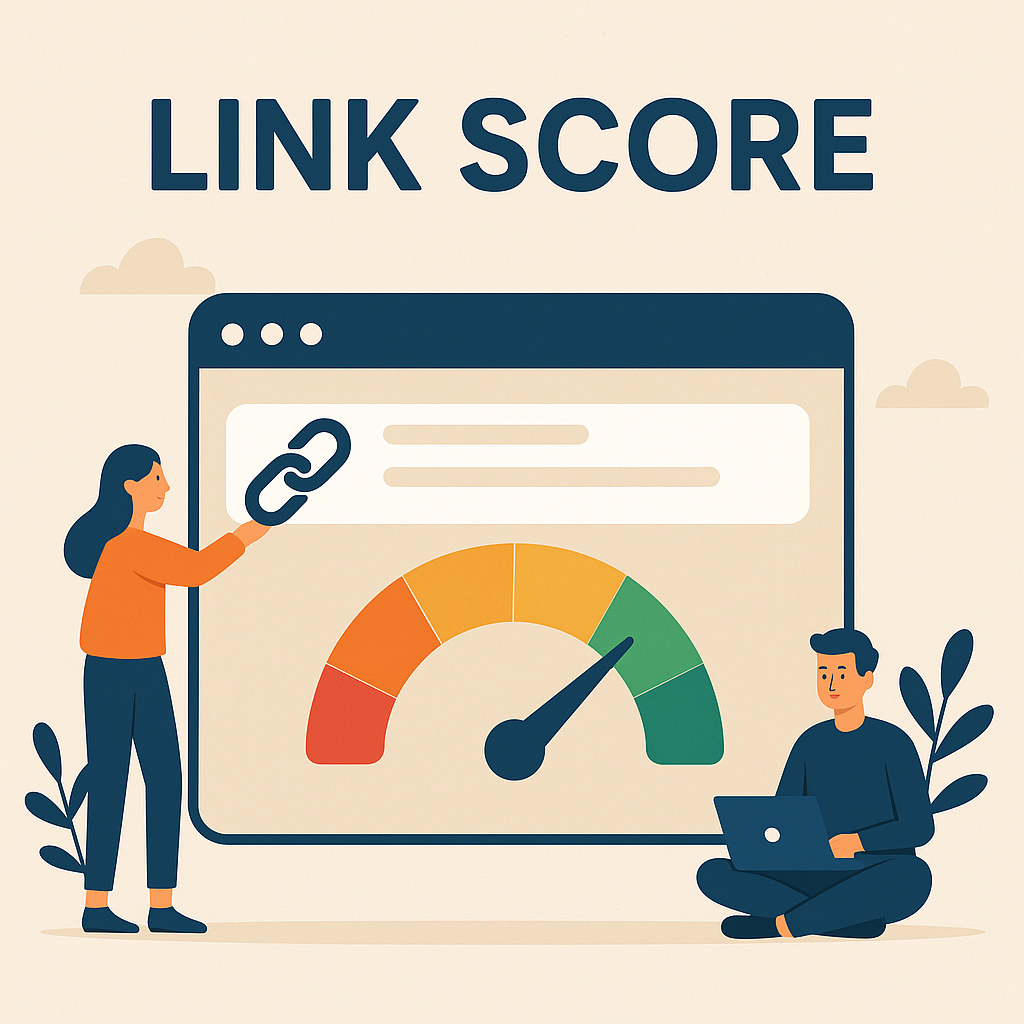
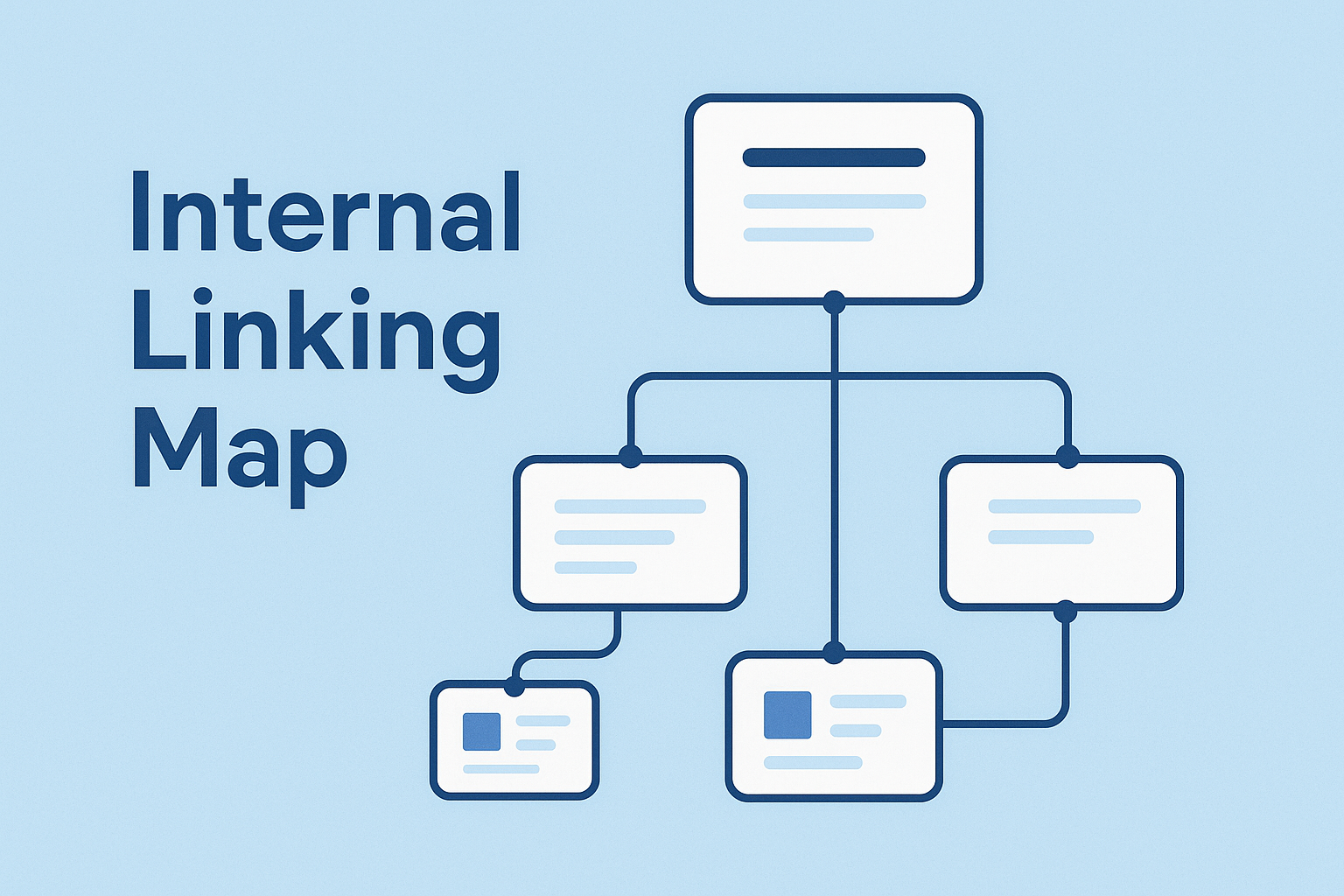
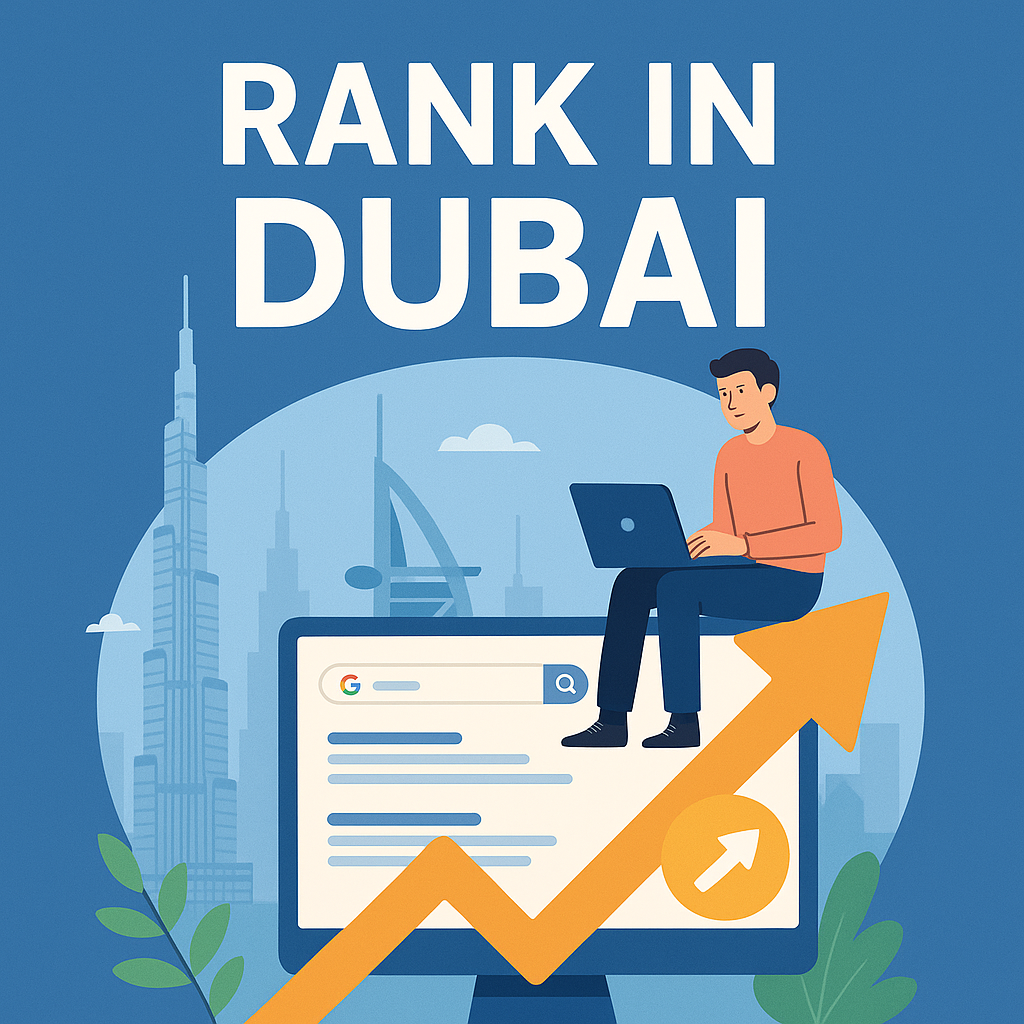
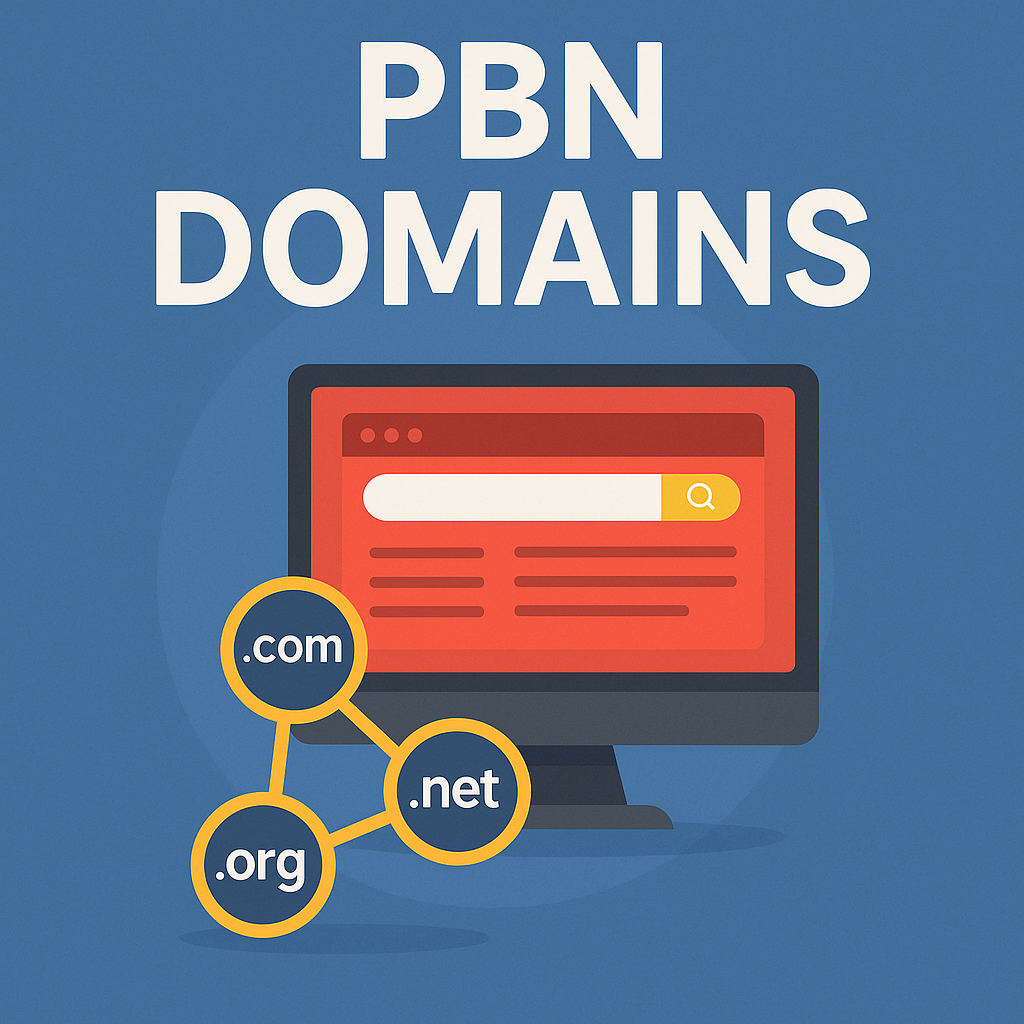
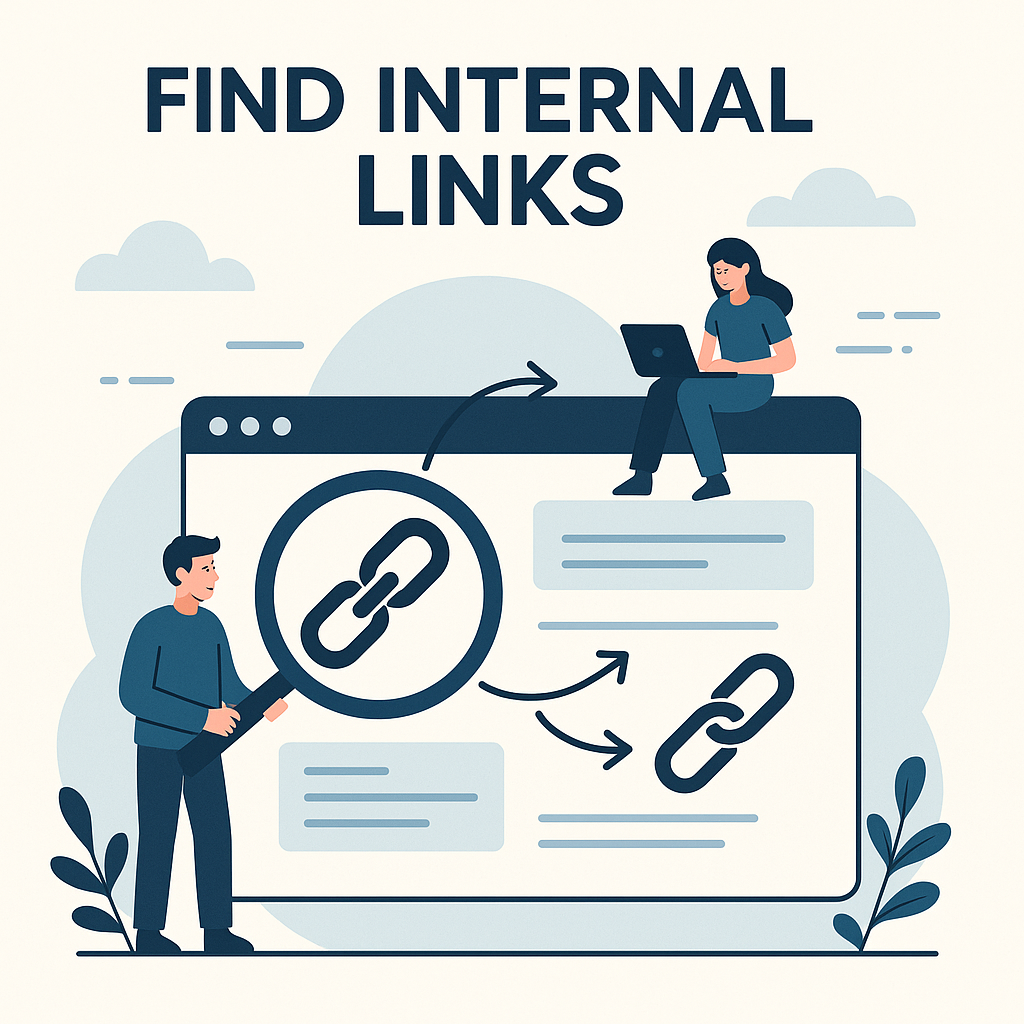
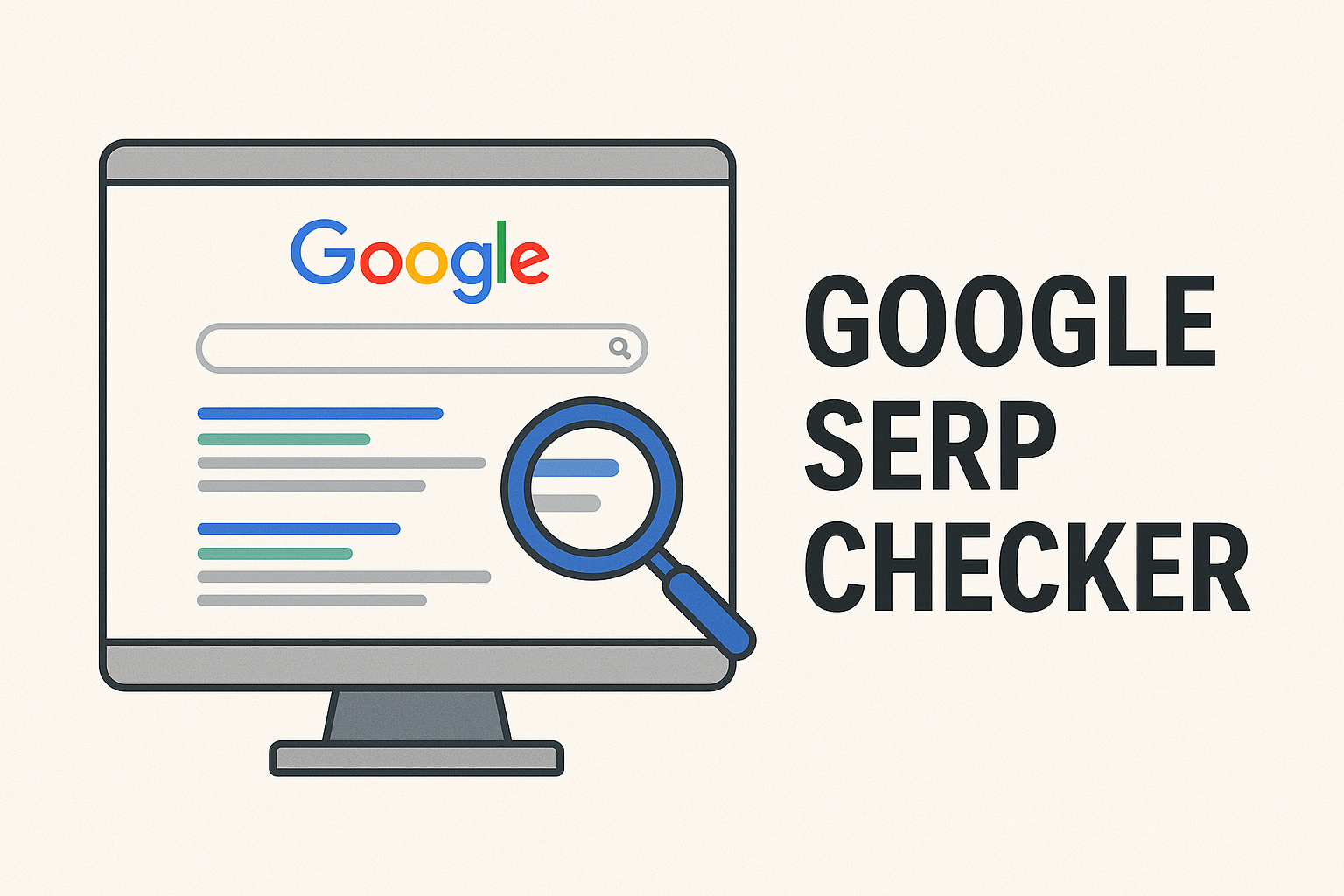
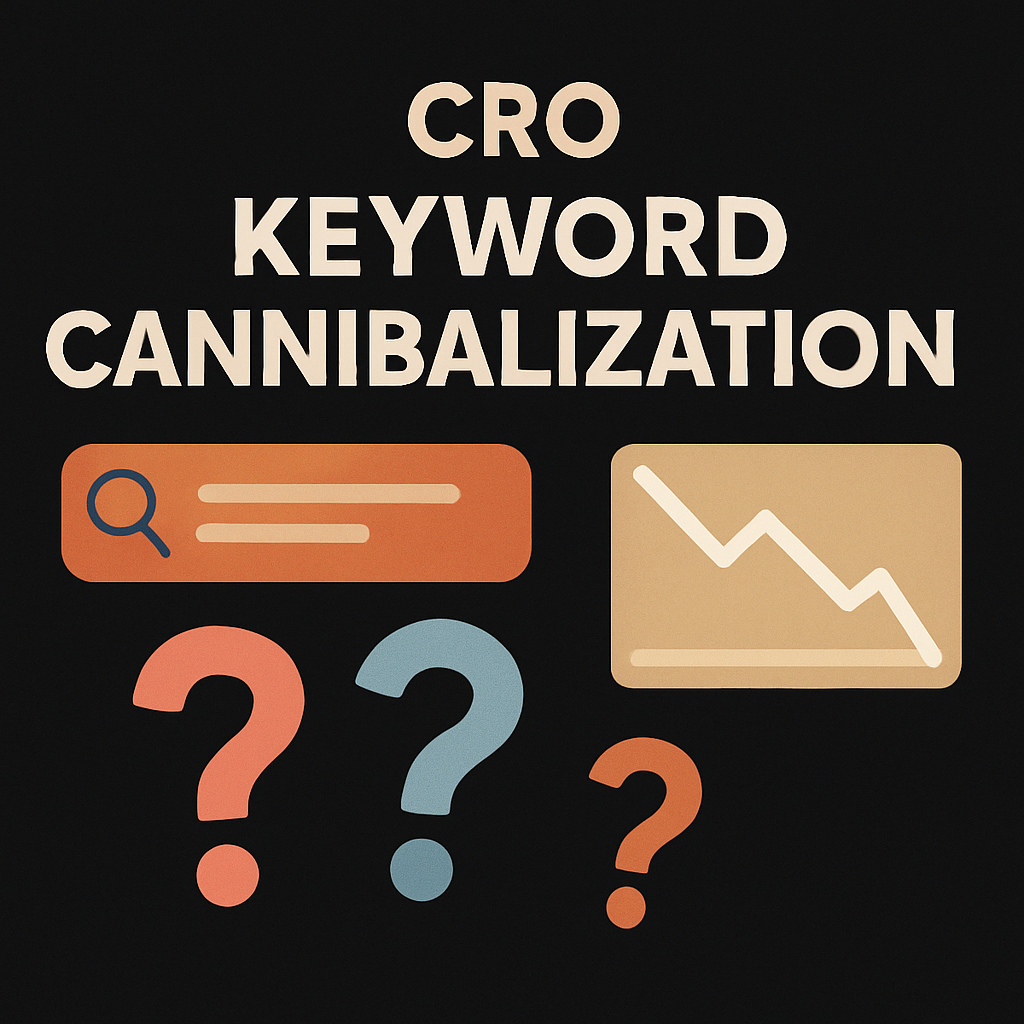
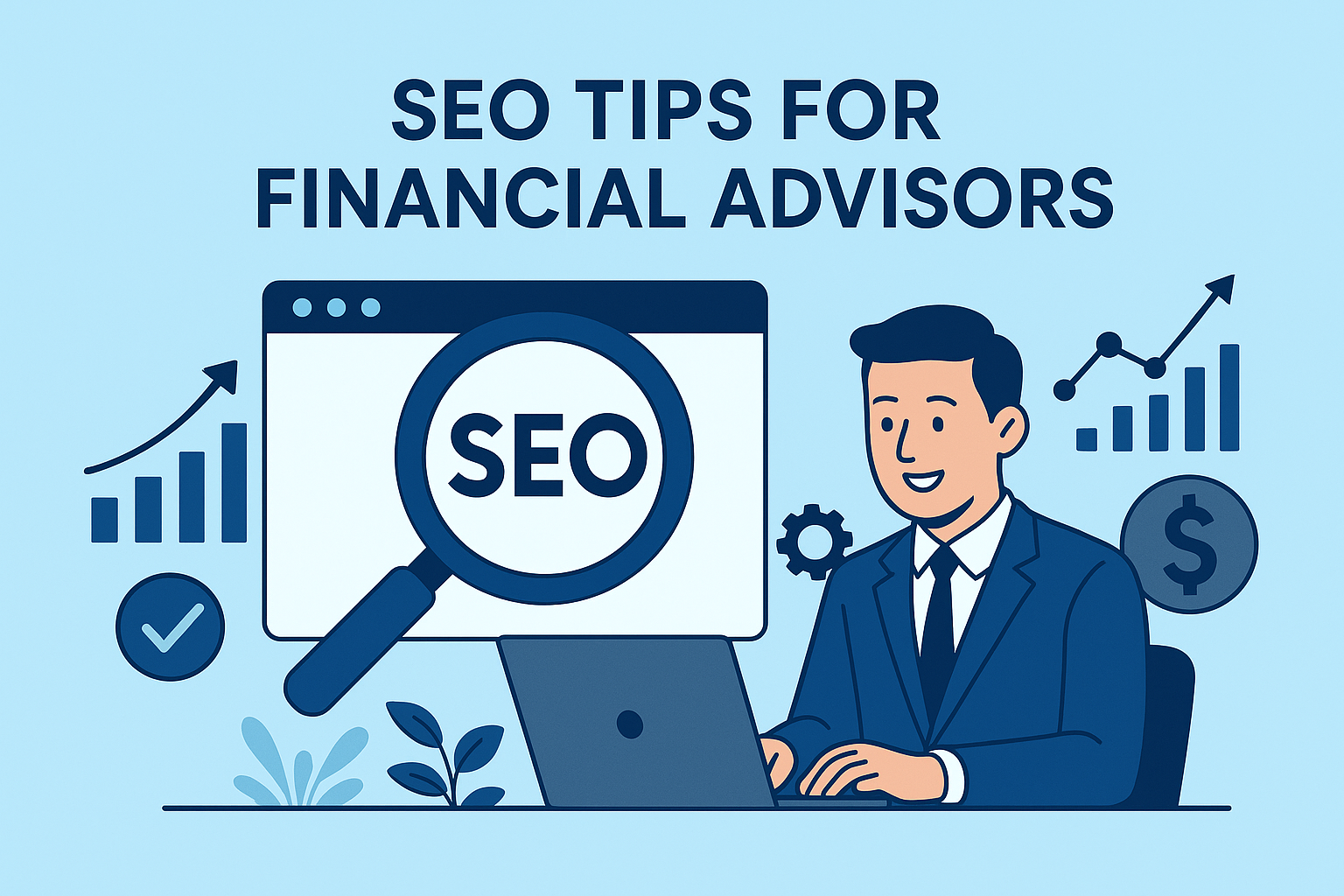
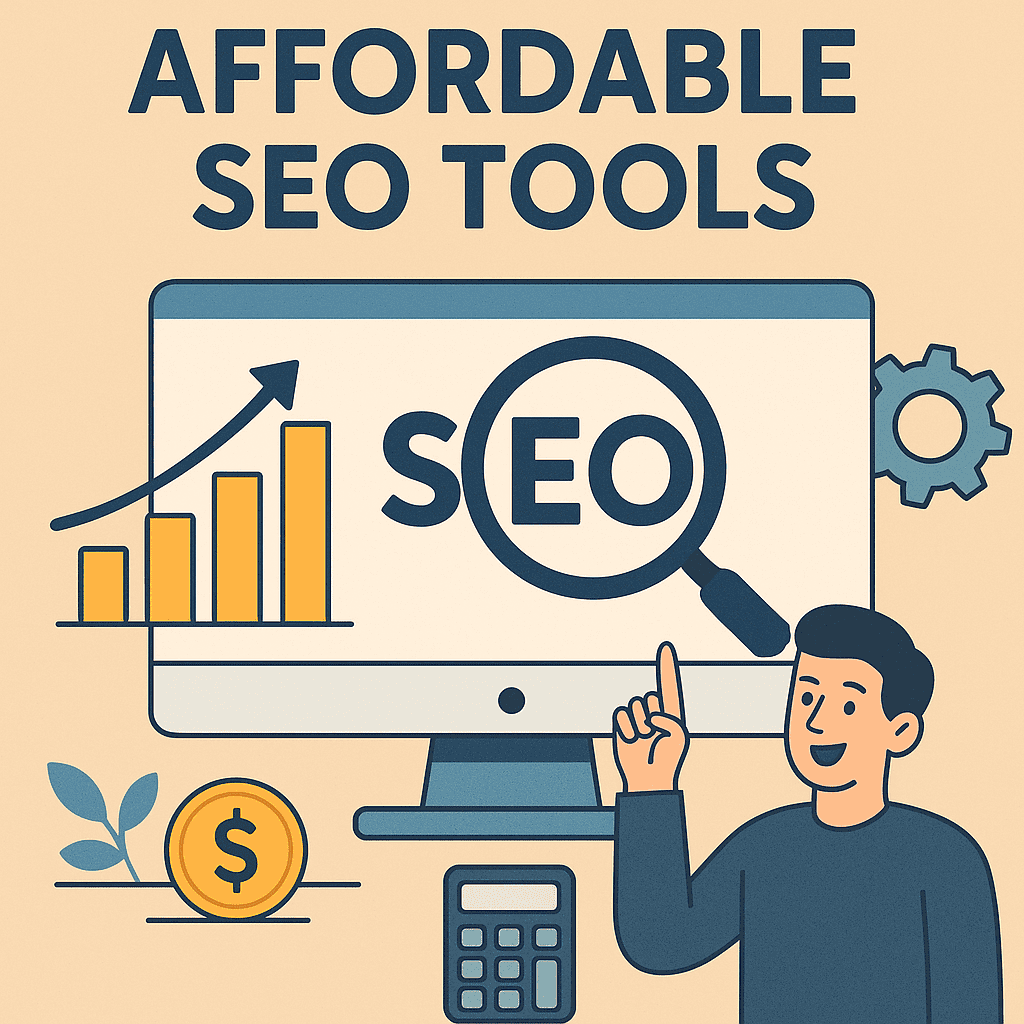
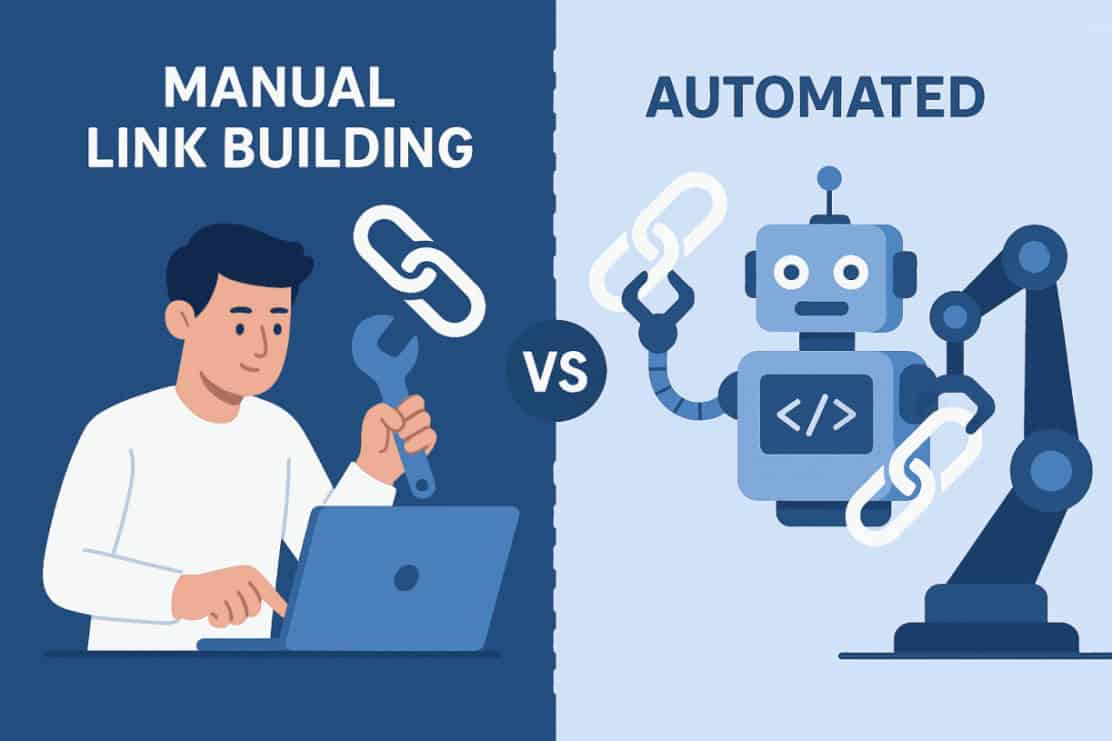
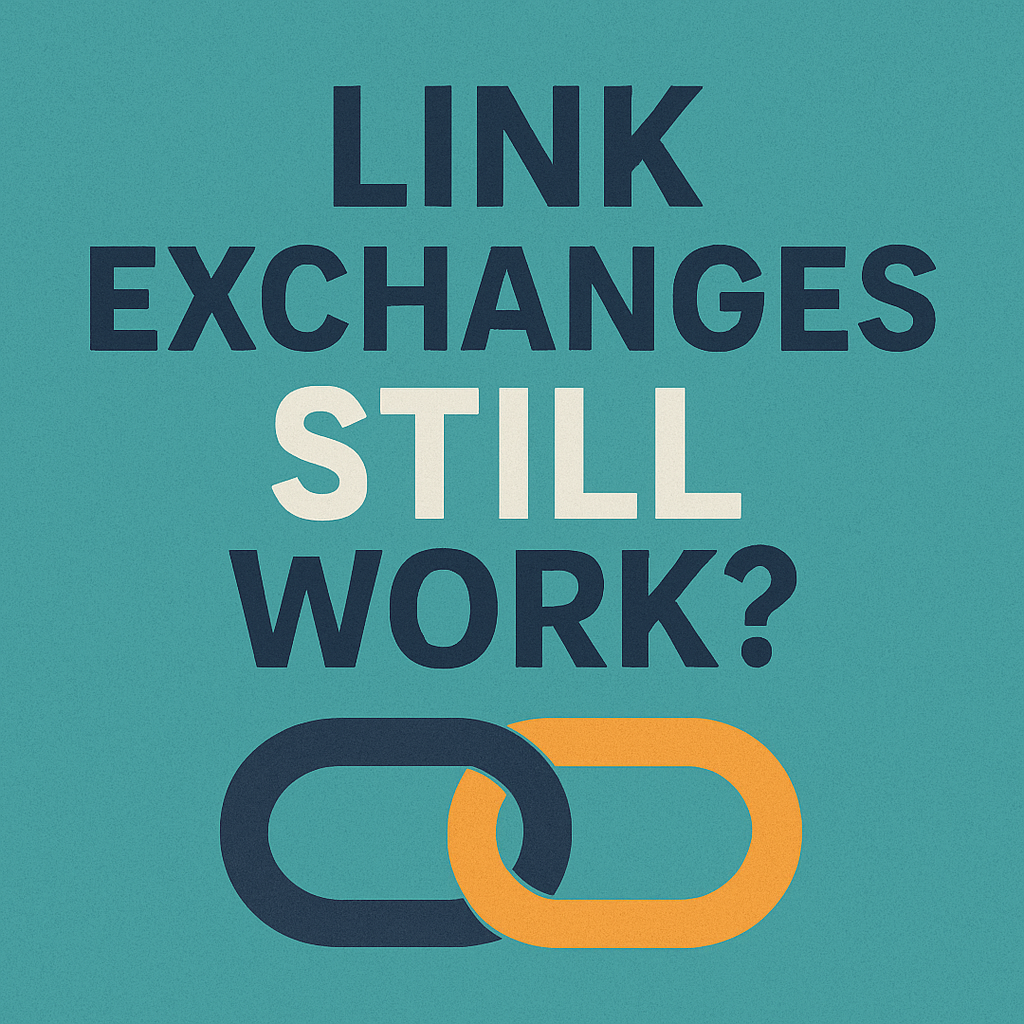
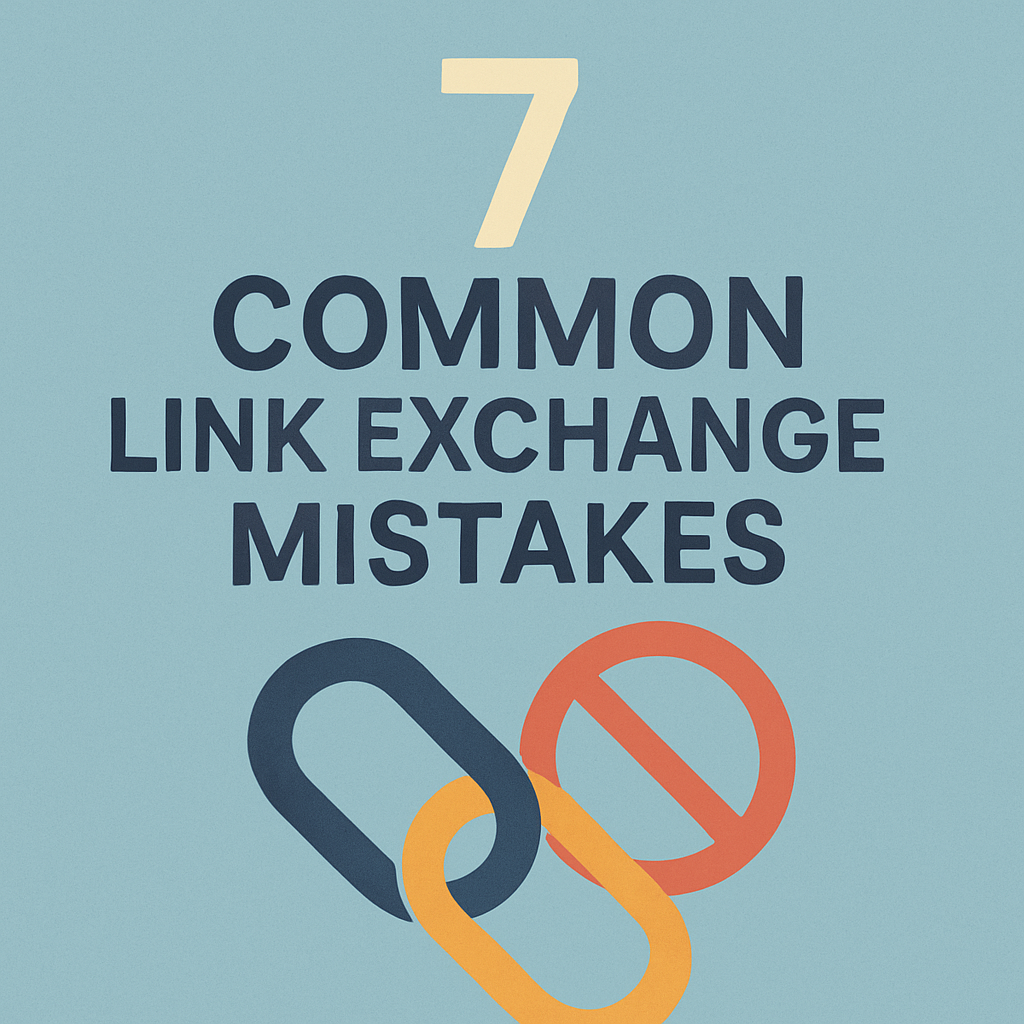
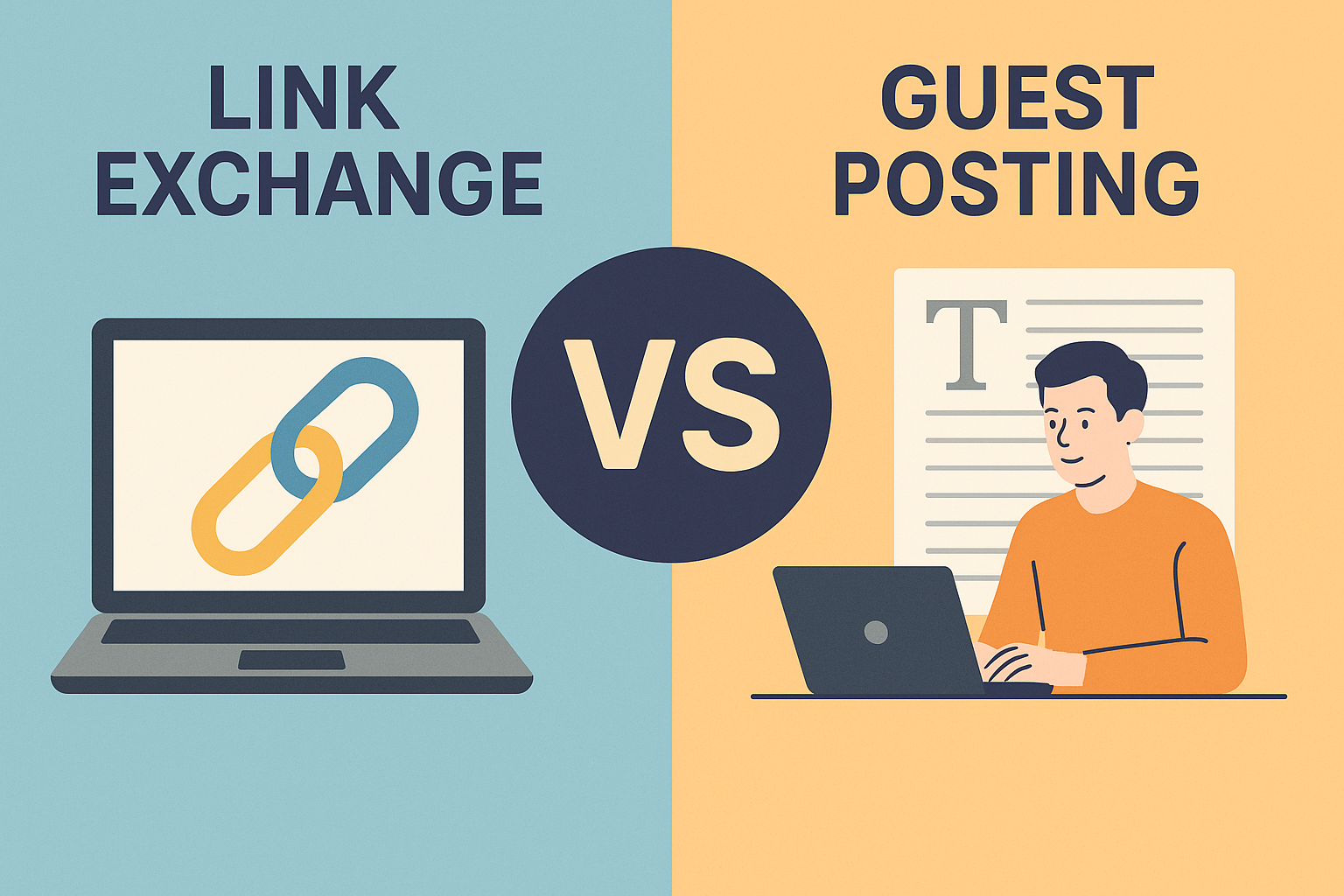
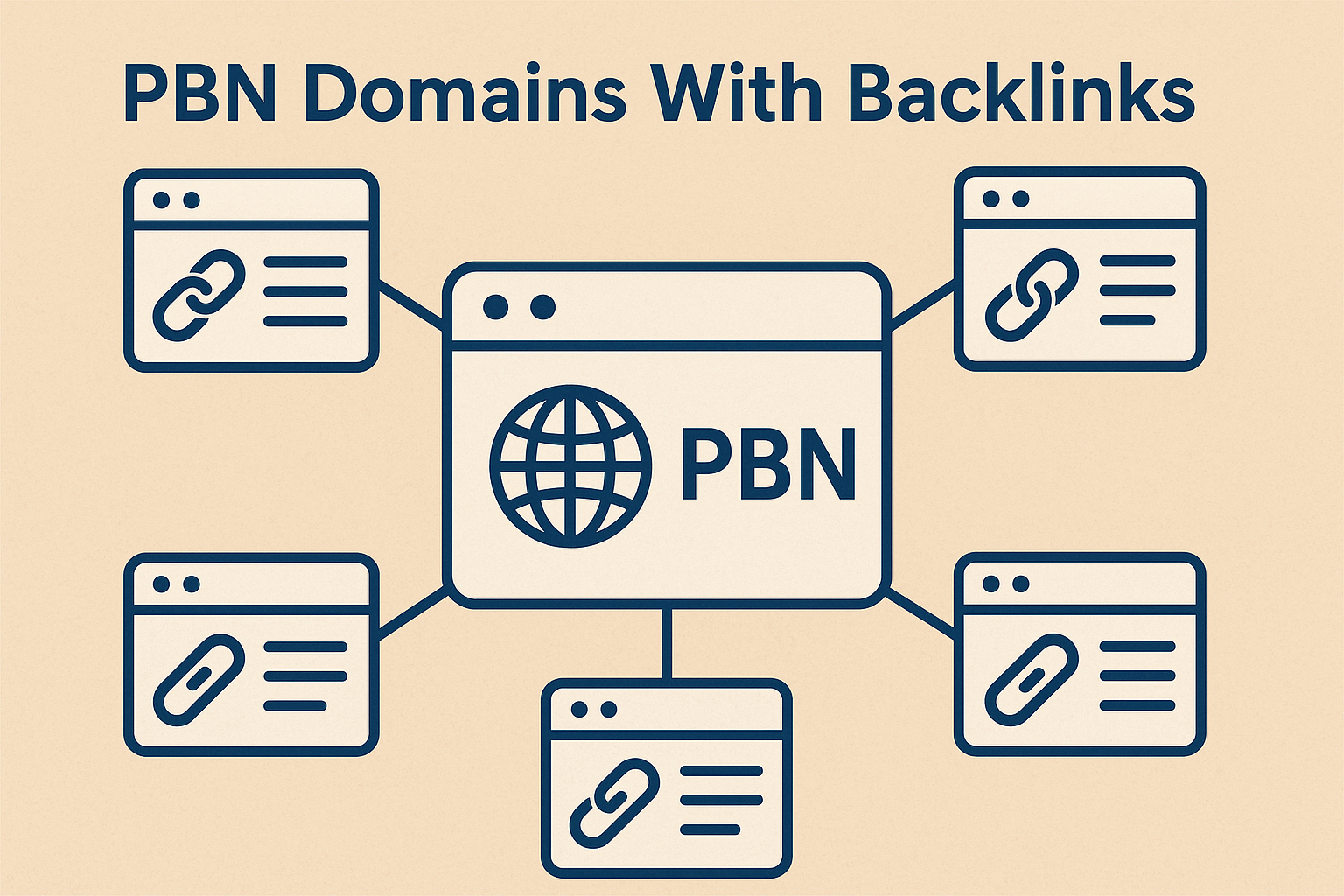
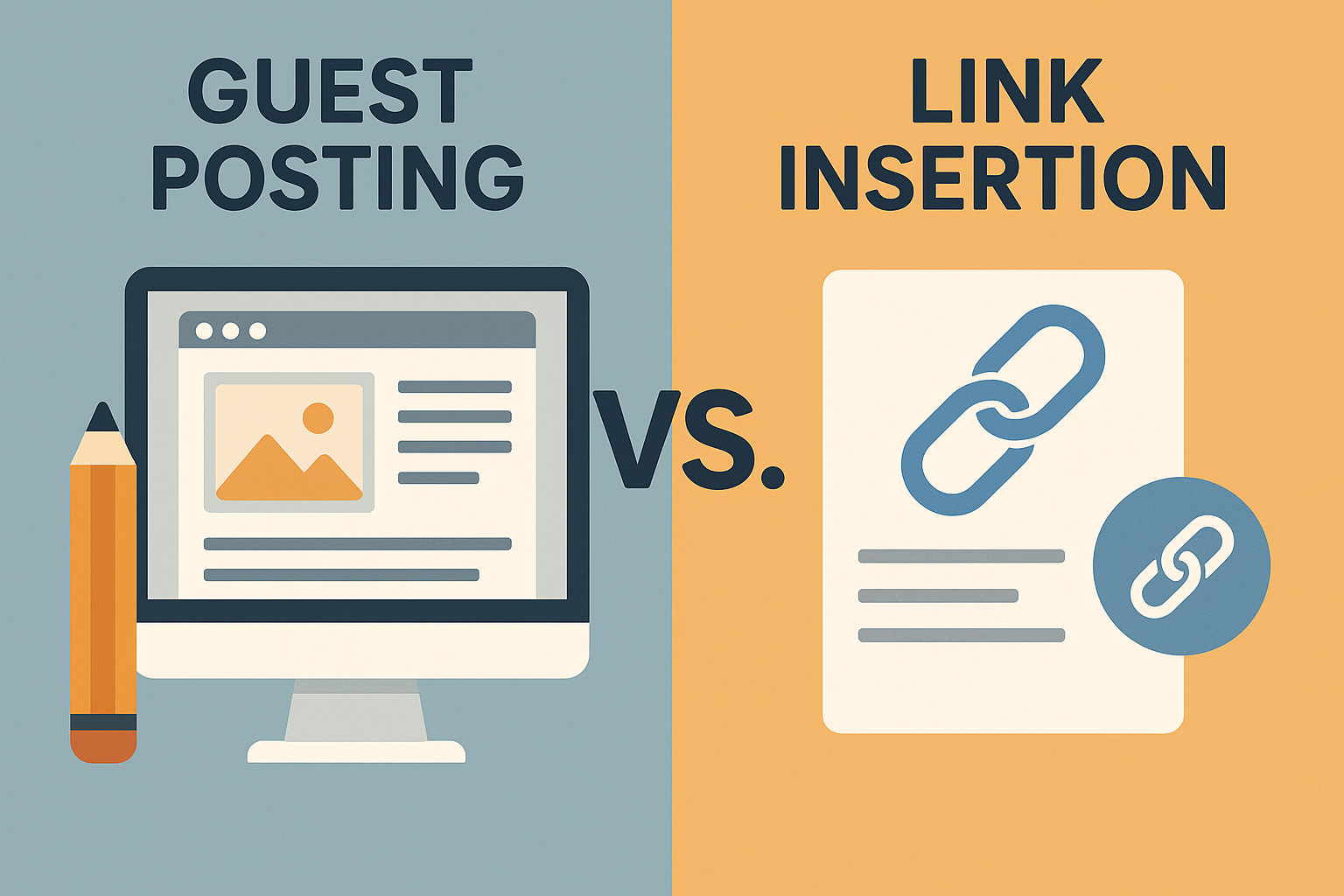
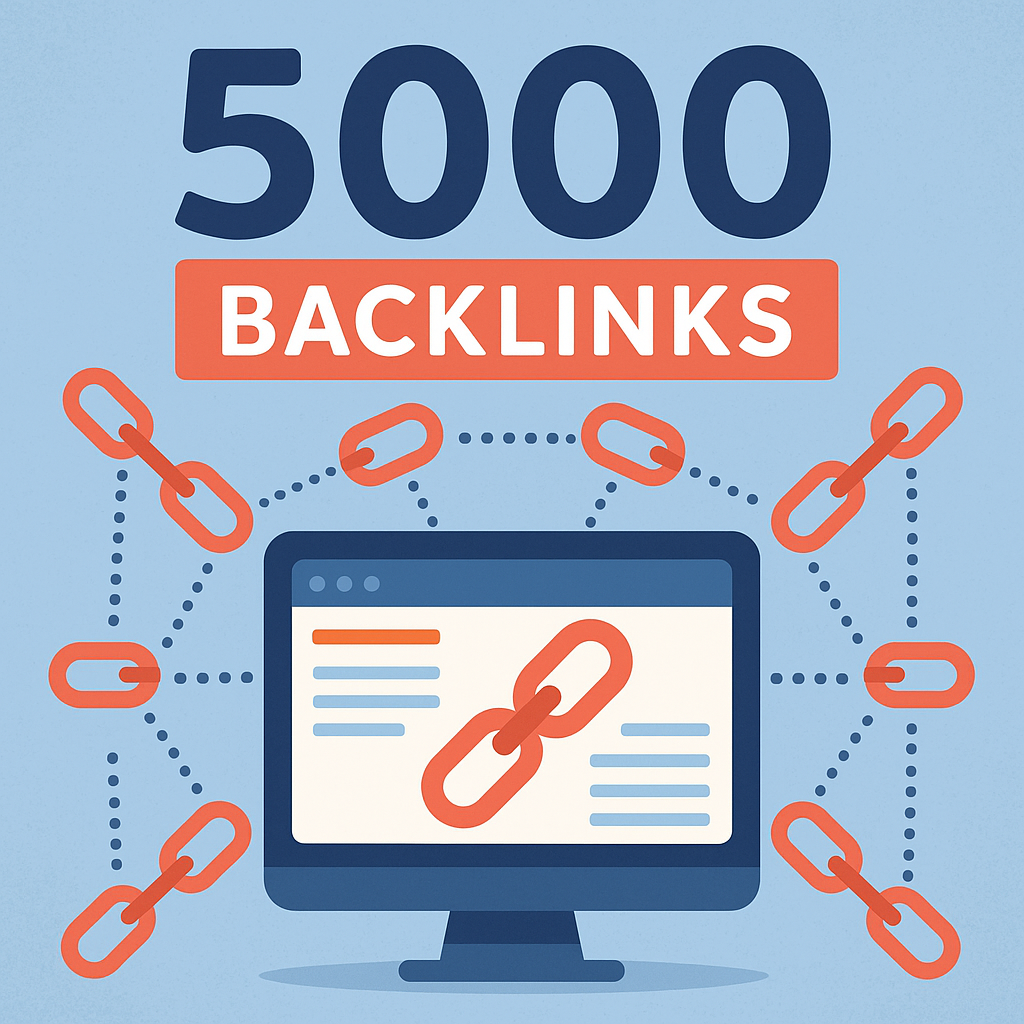
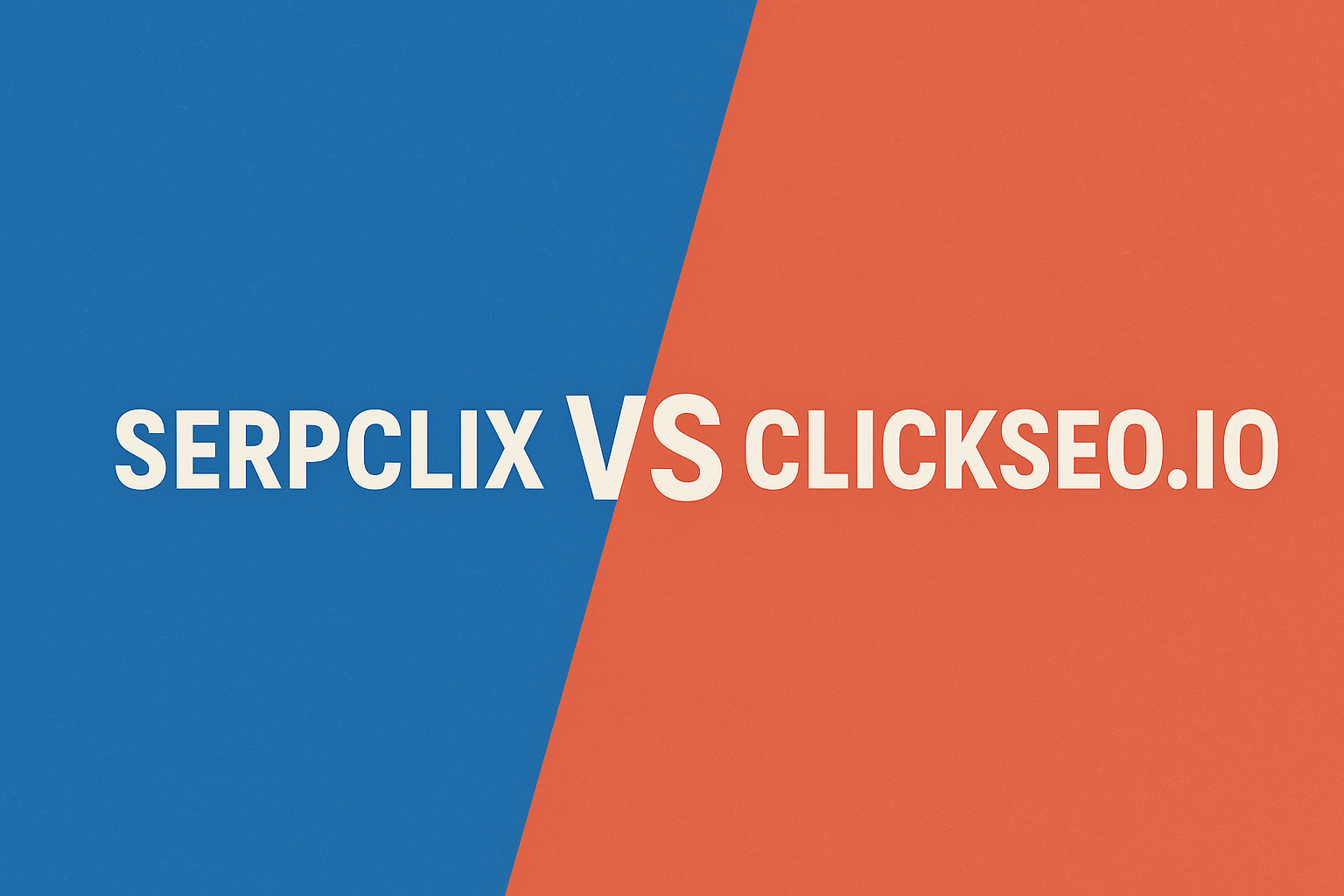
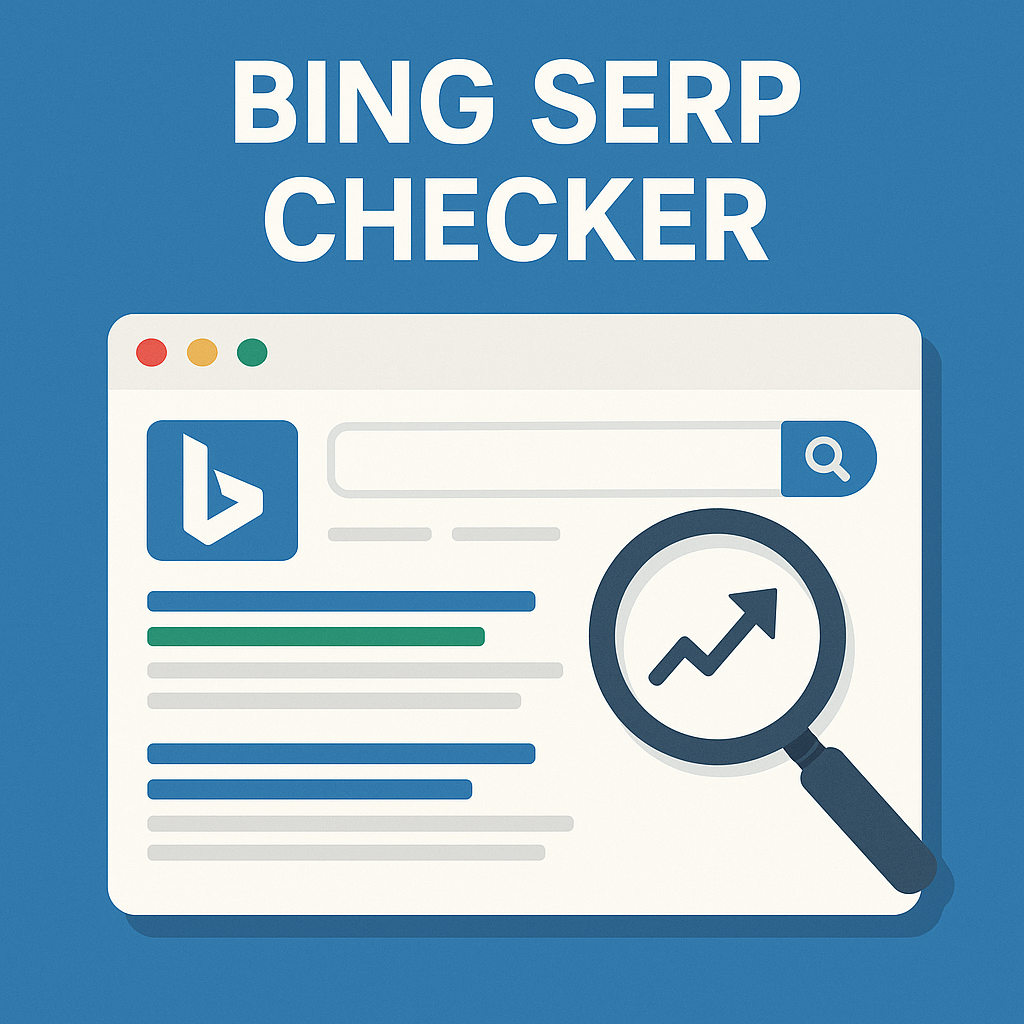
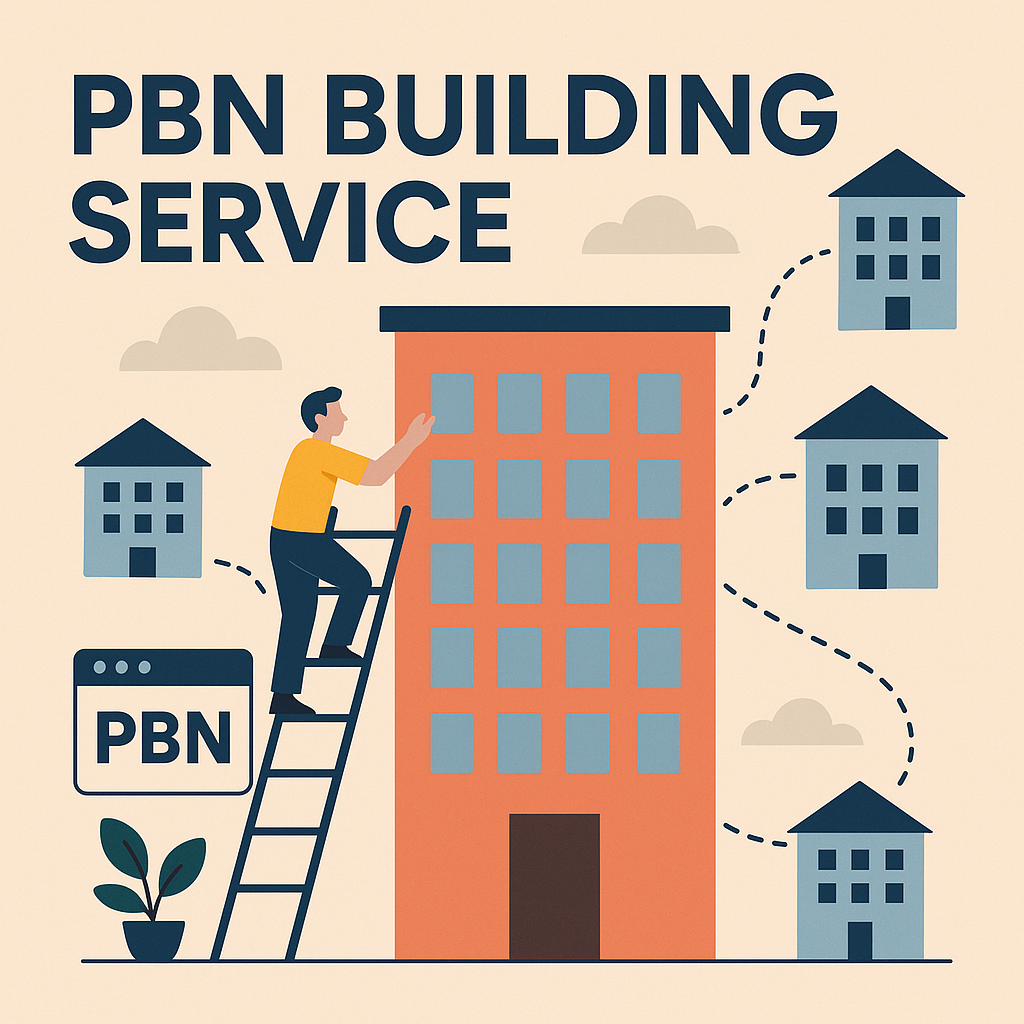
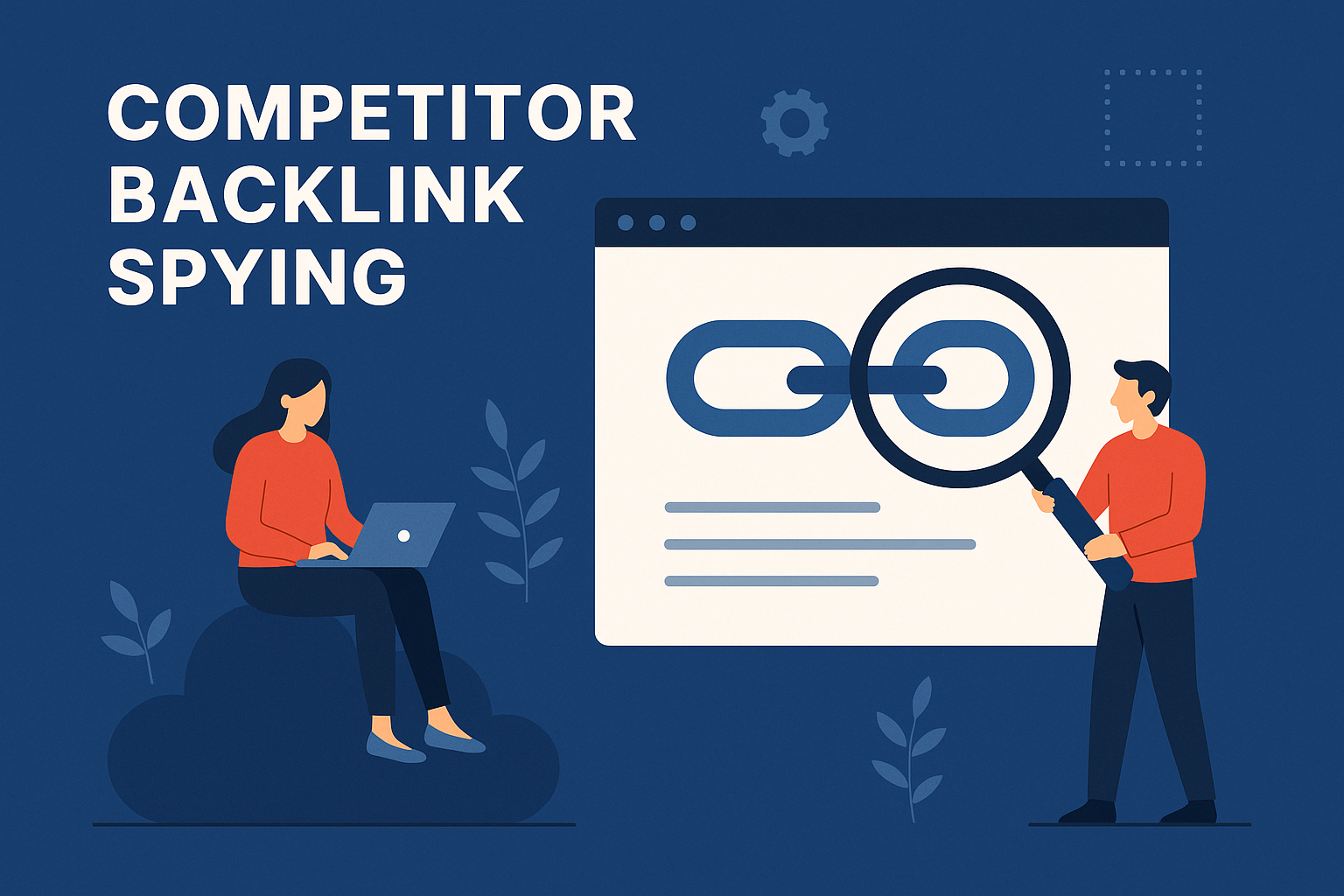
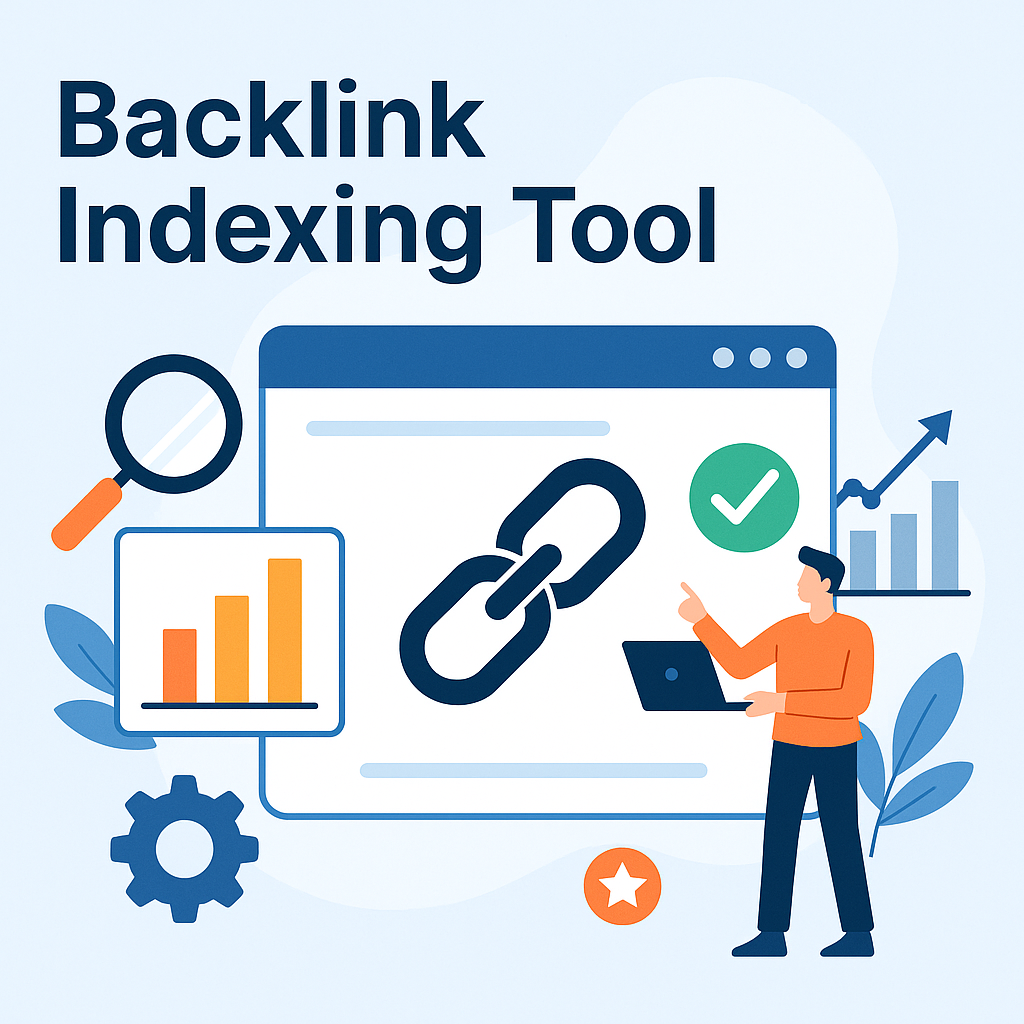
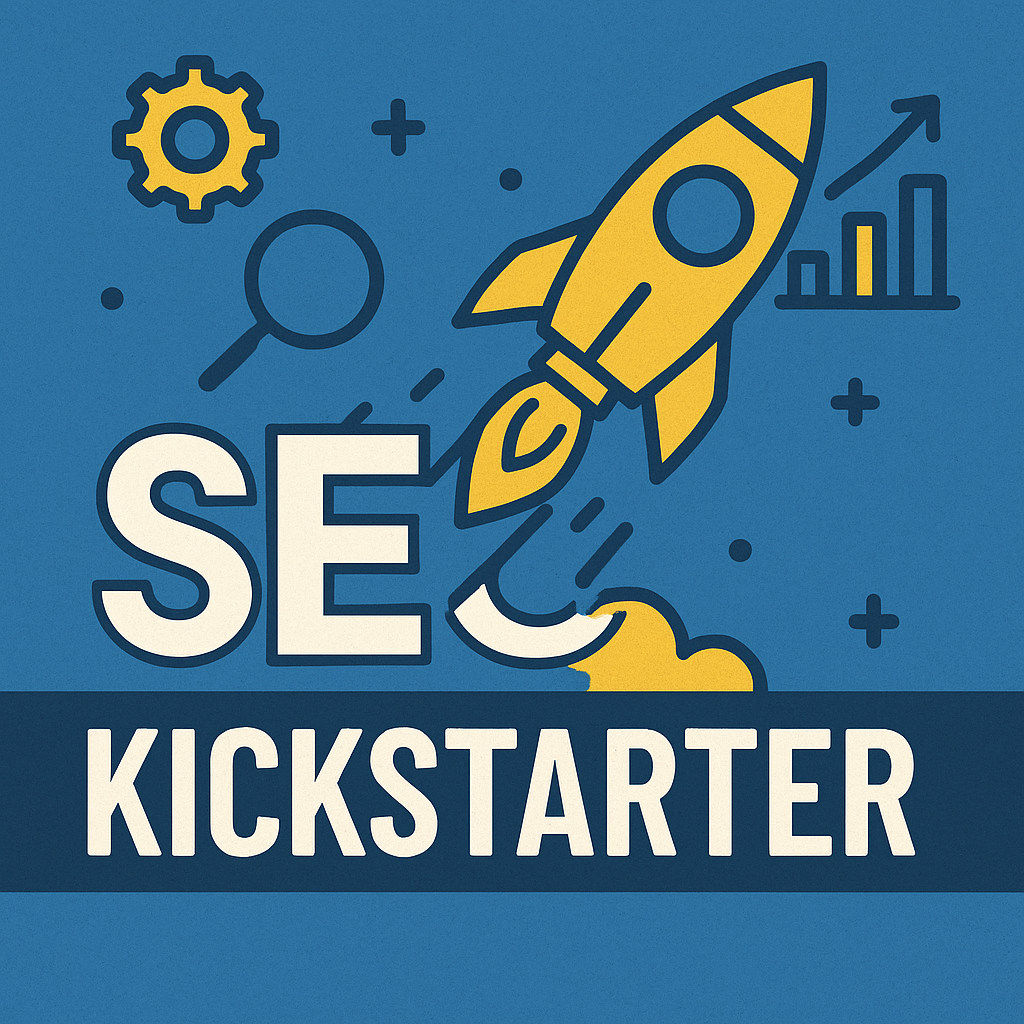
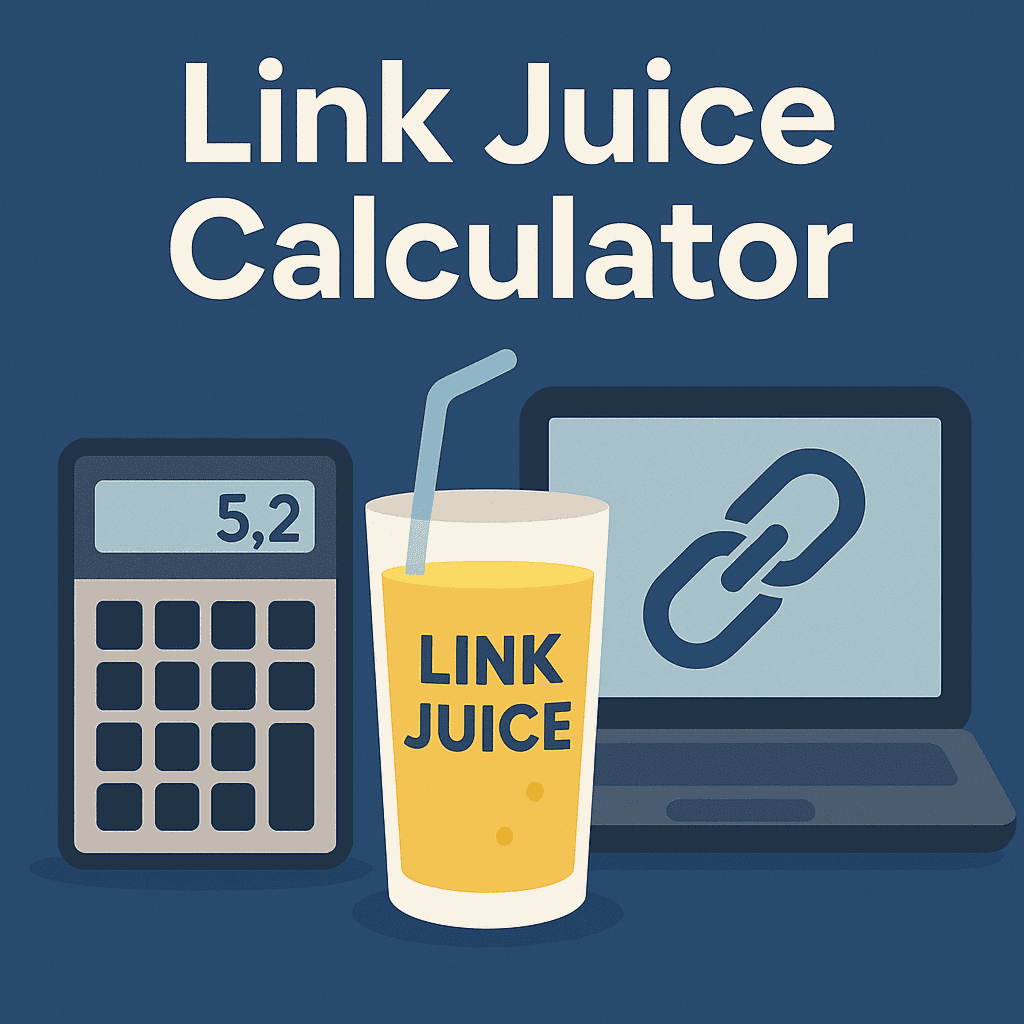
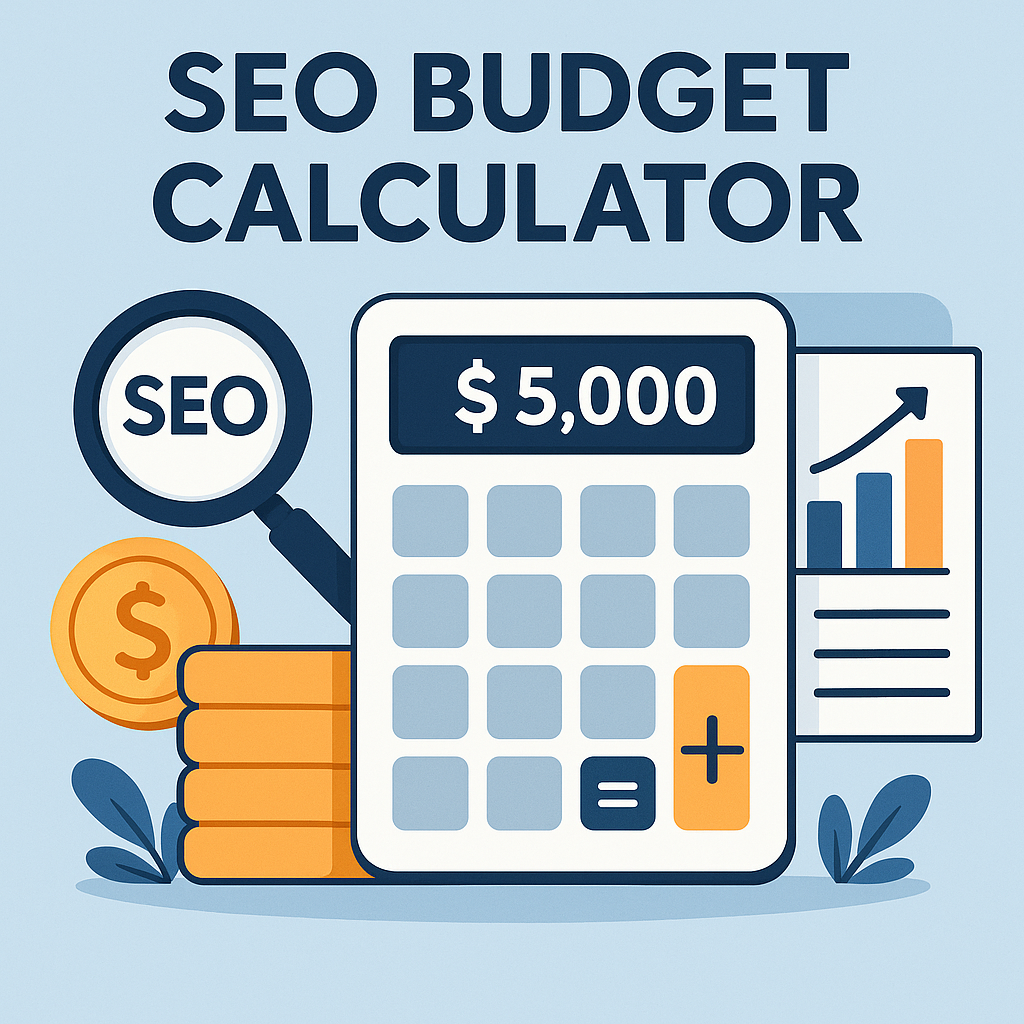
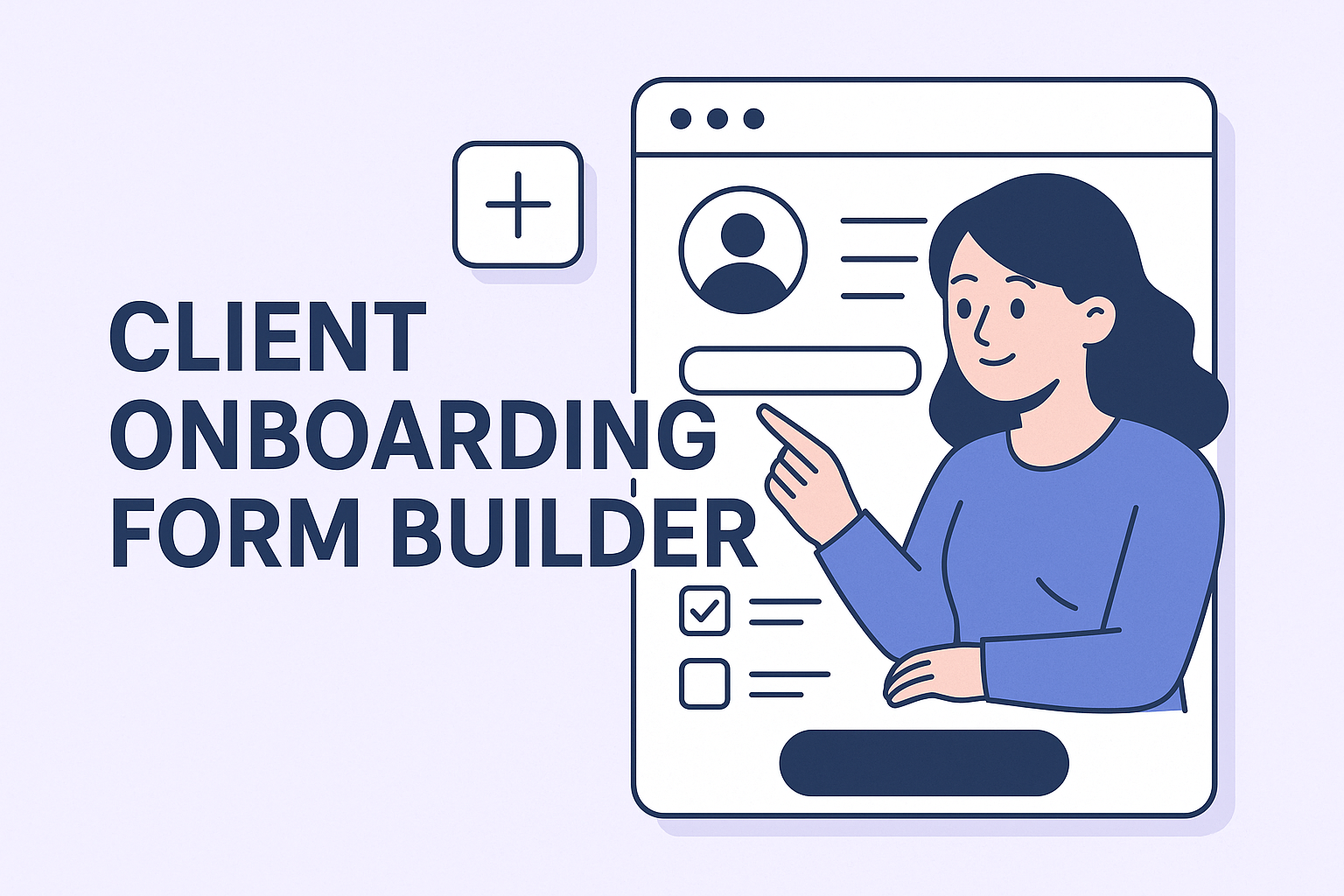
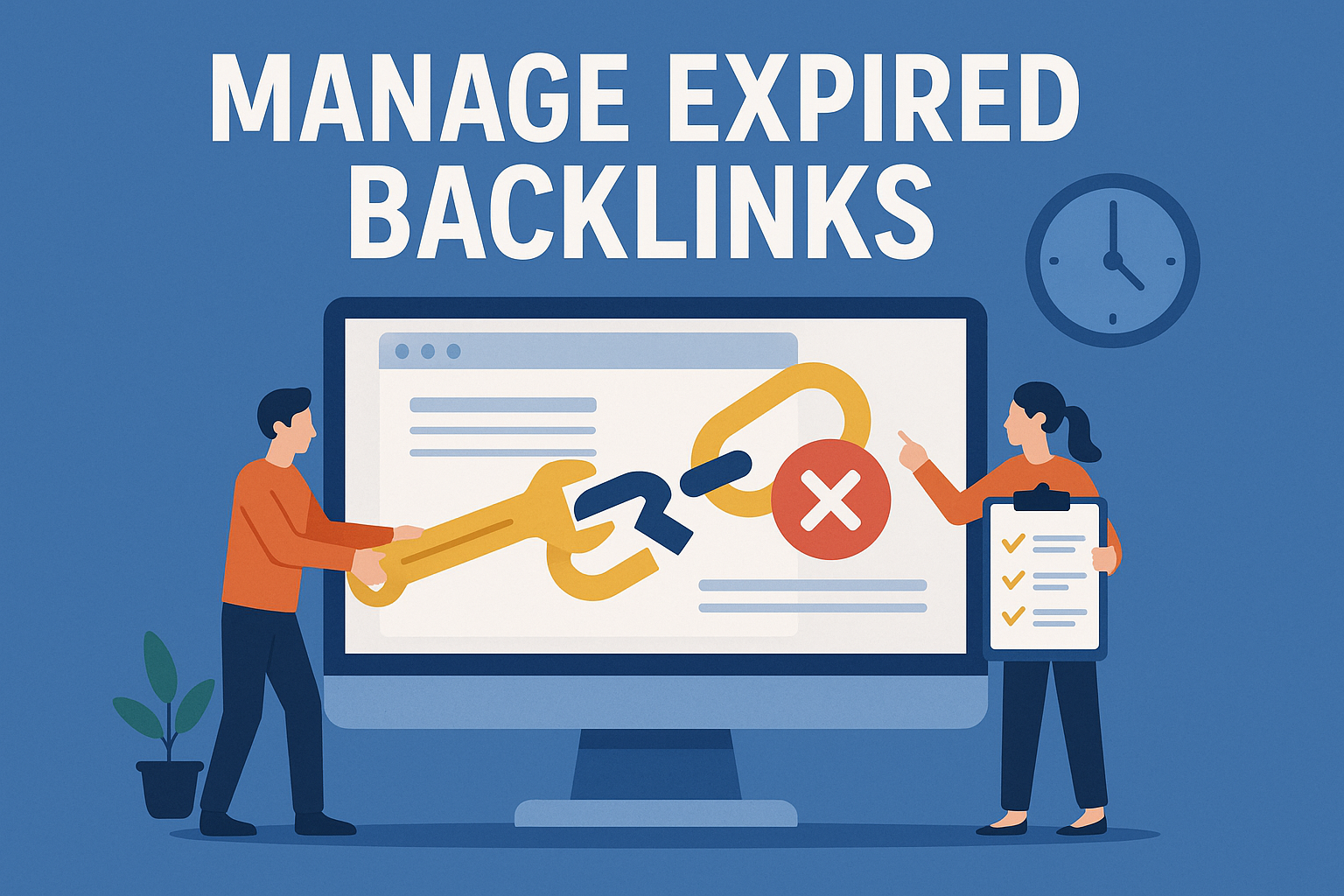
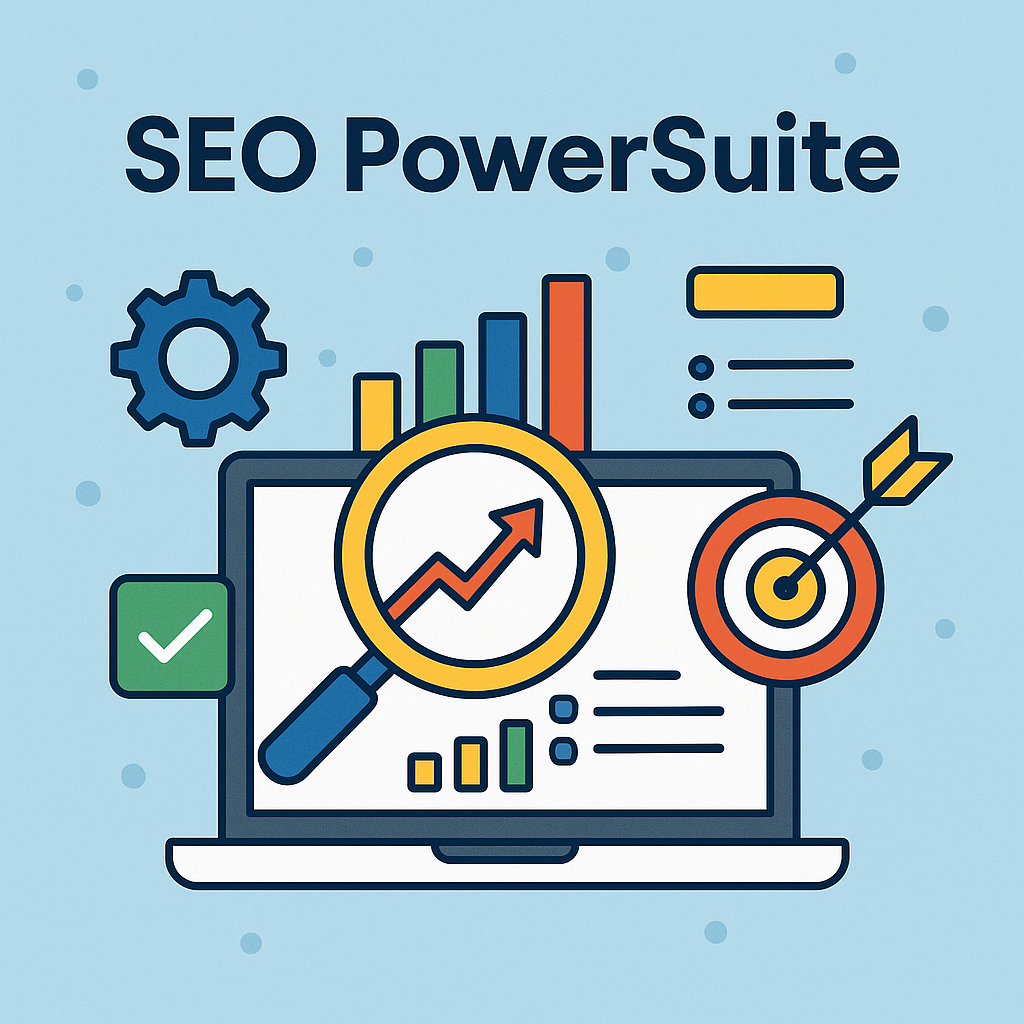
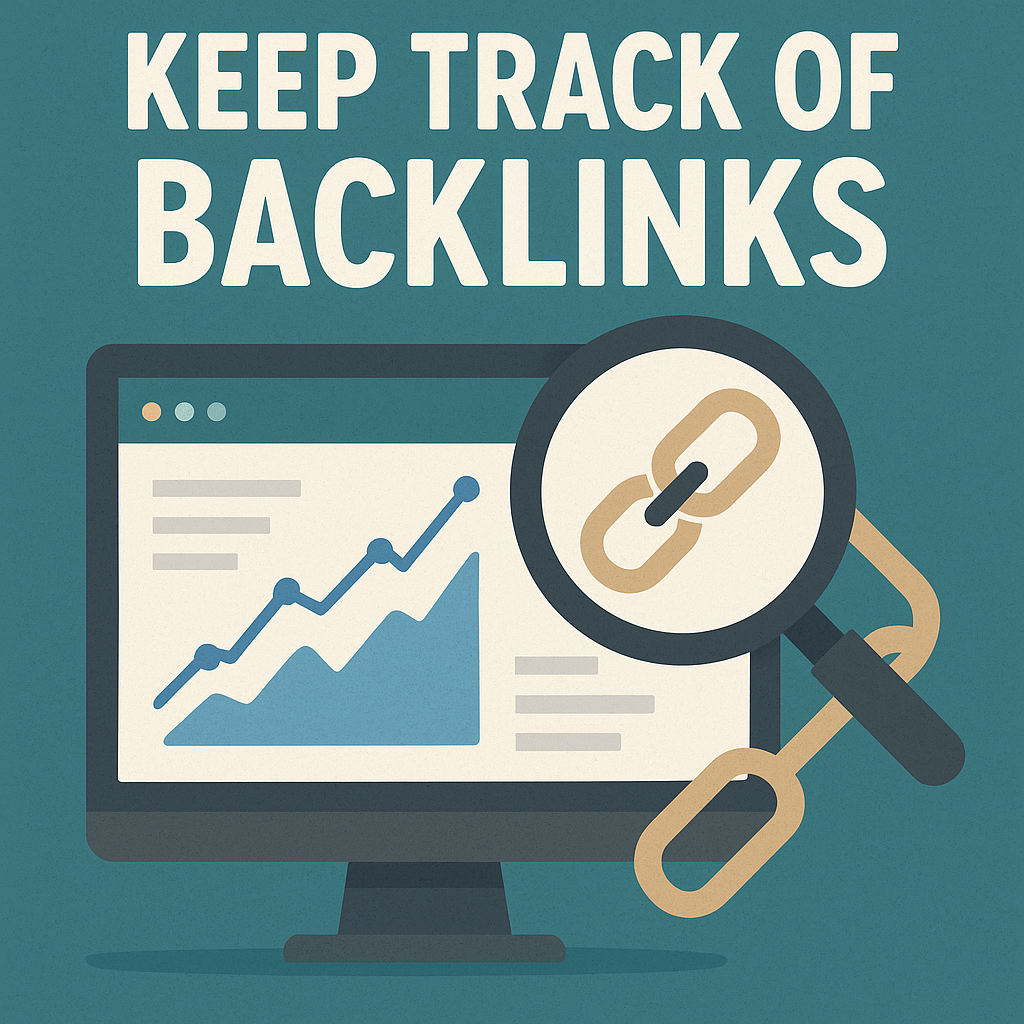
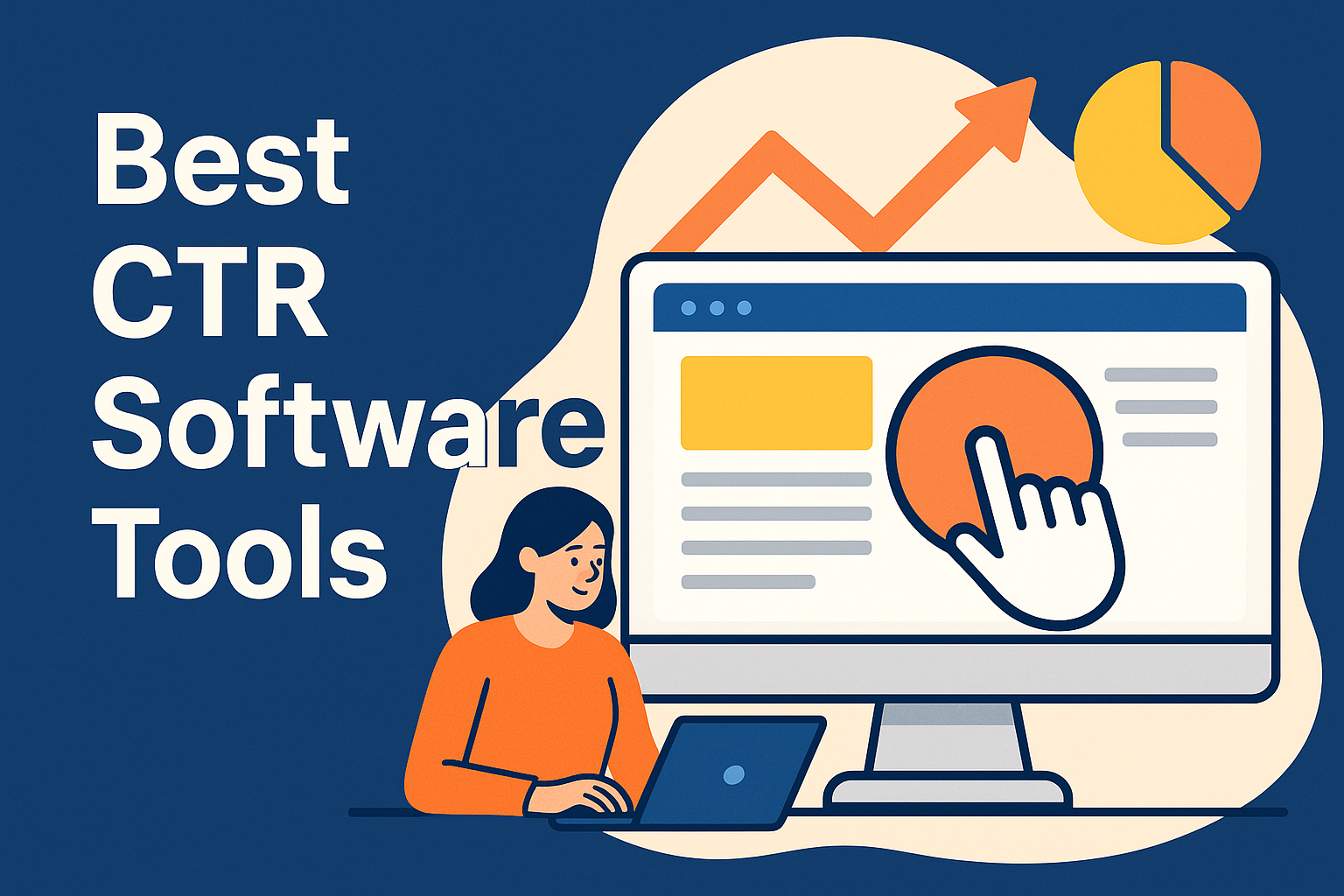
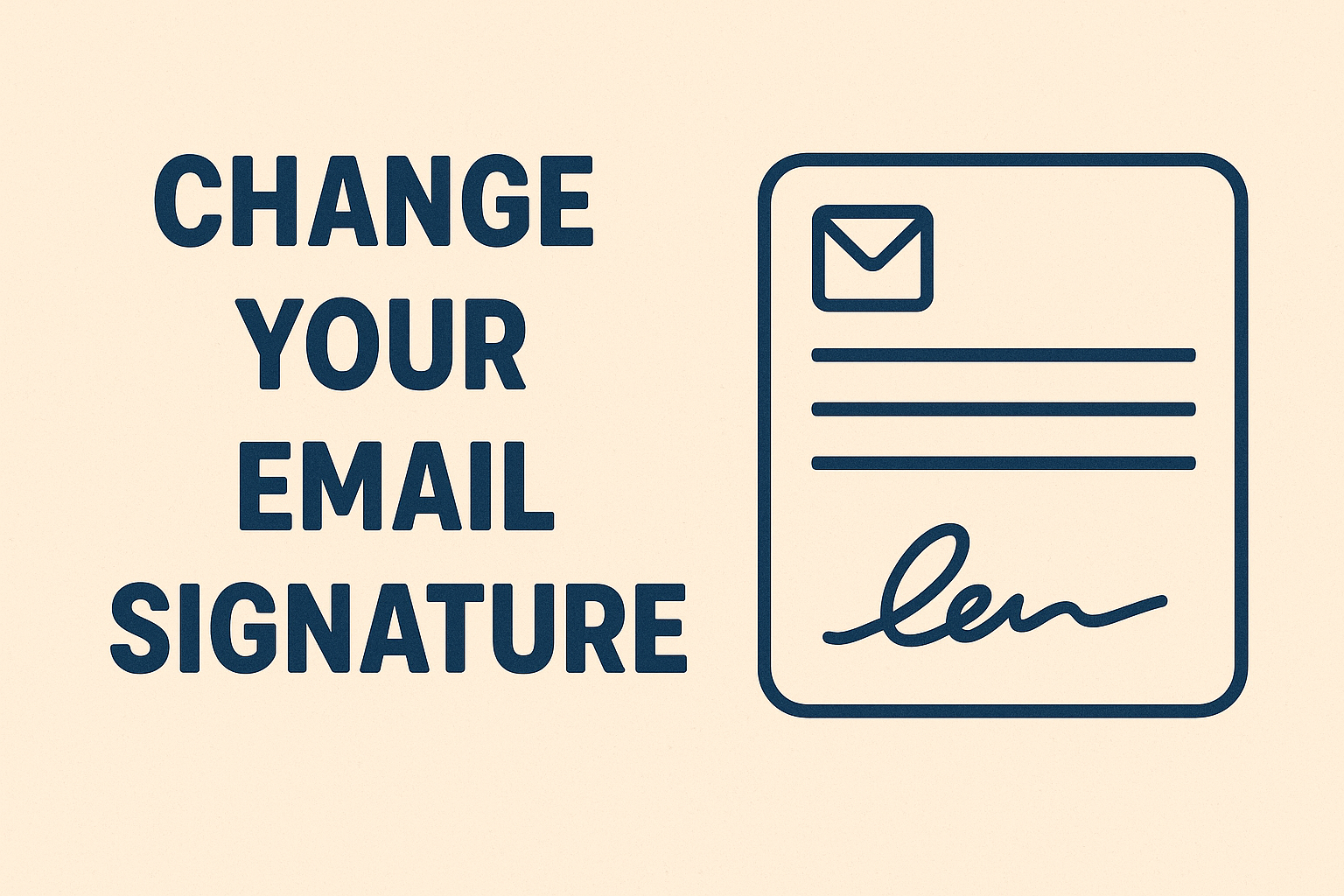
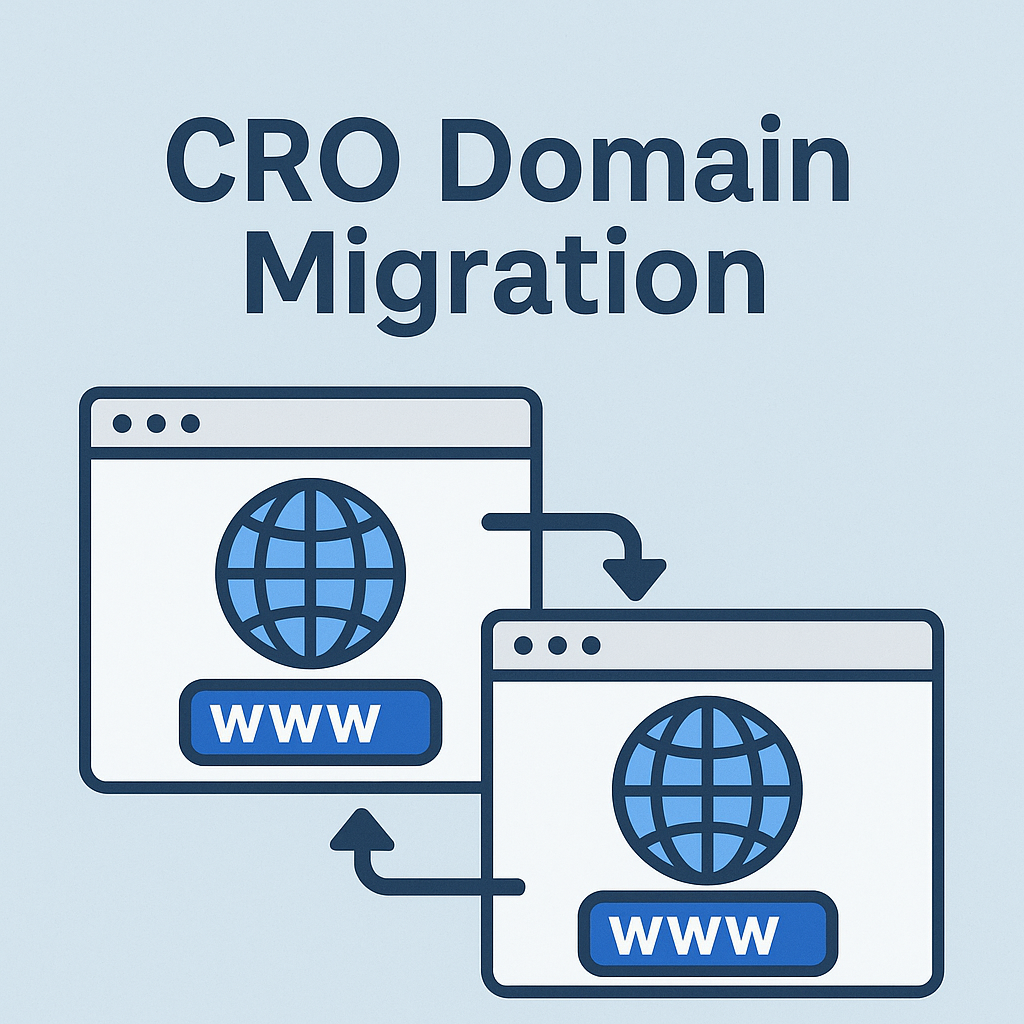
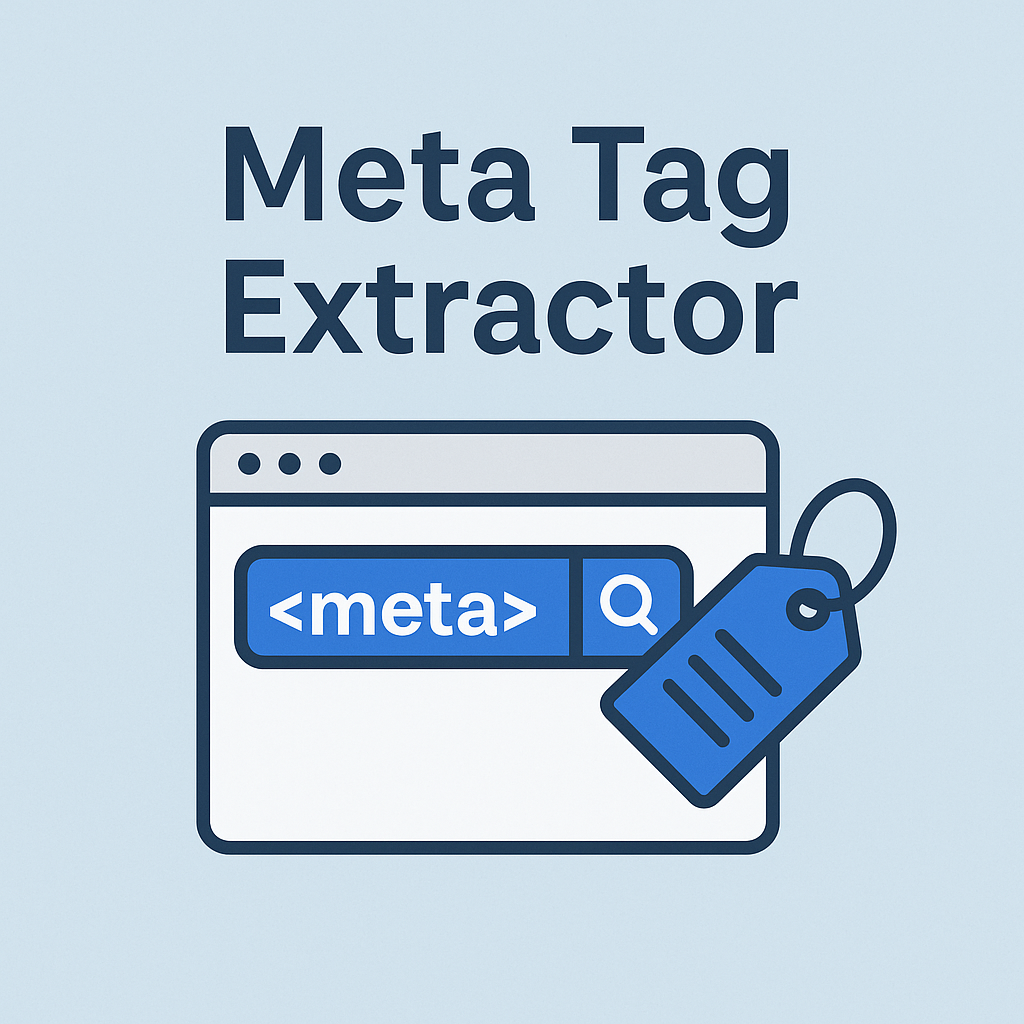
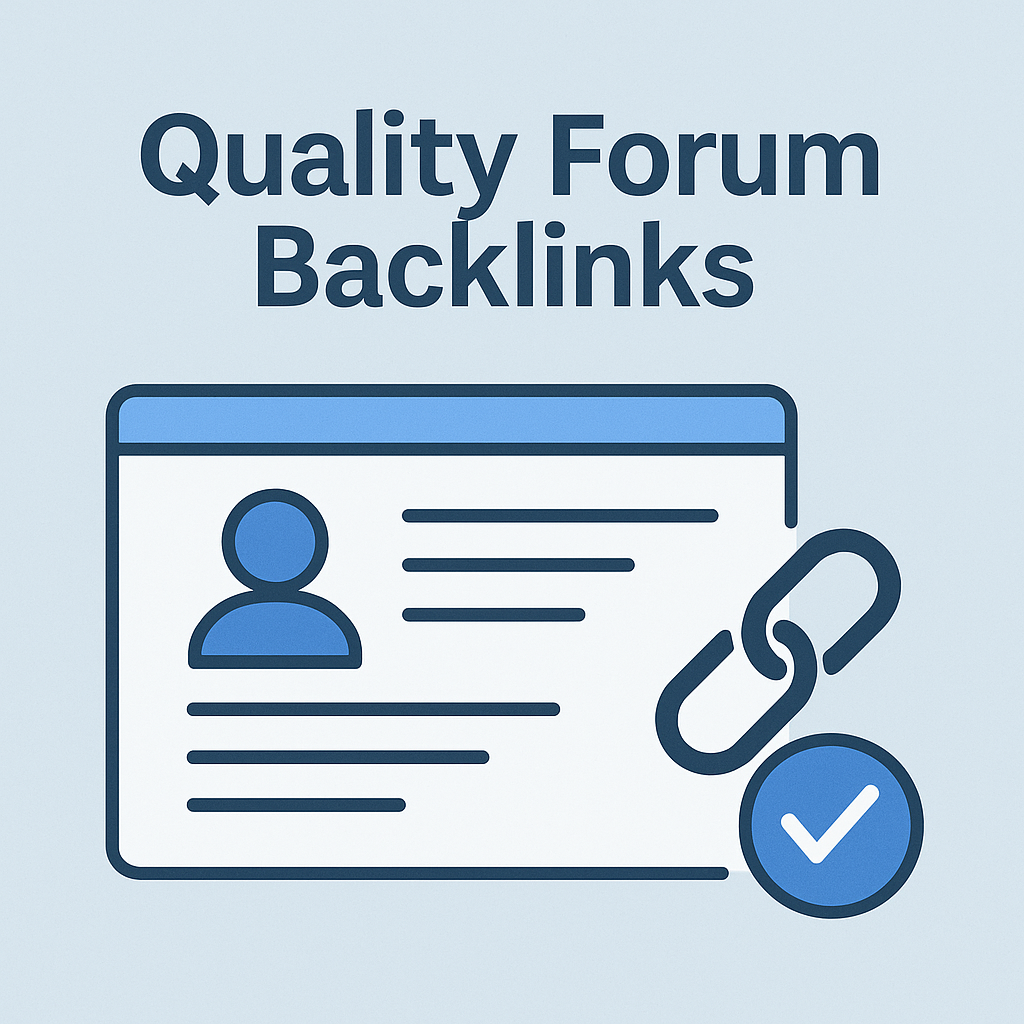
![Best Link Exchange Sites [Free & Safe] – Top 5 Picks](https://backlinkmanagement.io/wp-content/uploads/2025/04/Free-Link-Exchange.png)
